We hopped off the train from Da Nang/Hoi An a little before 6pm, called a Grab, and got ourselves checked in at Nana Homestay & Villa. We gathered ourselves for a bit before heading out on the town to find a motorbike and some food.
We tried a couple places with motorbike posters or that were listed on Google Maps, but they all turned out to be dead ends. We finally stumbled on a guy who rented them from his cafe near the main bridge, which was ideal given where we thought our bus would be leaving from the following day. (Key word: thought.) He graciously rented us a bike without asking for a single form of identification or any kind of insurance for its return. (Motorbike rentals frequently ask to hold onto my license to ensure I don’t ride off into the sunset with their bike… little do they know, a new license costs WAY less than a motorbike and is much easier to procure than they think.)
We had heard about Hue food, so there were quite a few dishes we were interested in trying, but the street food/stall energy was low on our 25 minute walk to the bike rental. Quite a few of the “restaurants” specialized in balut (not my first choice), so we instead walked along the Perfume River where a couple vendors were selling food. Susie opted for her first Vietnamese pizza while I slurped on a yogurt (yes, they are served on the street in small plastic bags and consumed through a straw—SO GOOD), and then we ended the night with pineapples sprinkled with chamoy seasoning.
Day 26 (July 3)
We opted for an early rise so that we would have time to visit all the sites we wanted to before our evening bus.
Morning Run
I had to get a quick run in because it was our only morning in Hue, and I am determined to succeed in running in every town I visit. Given the time crunch, I ran a solid 1.4 miles (1.36 if we’re Strava friends, but shhh).
It was peak vibes all around. The second I stepped out of the homestay, I almost tripped over two puppies who were playing together in the street (adorable).
The steps (as few as there were) then flew by with a riverside run that featured several seemingly random yet beautiful gates and temples.
Hoàng Thành Huế (Hue Imperial City)
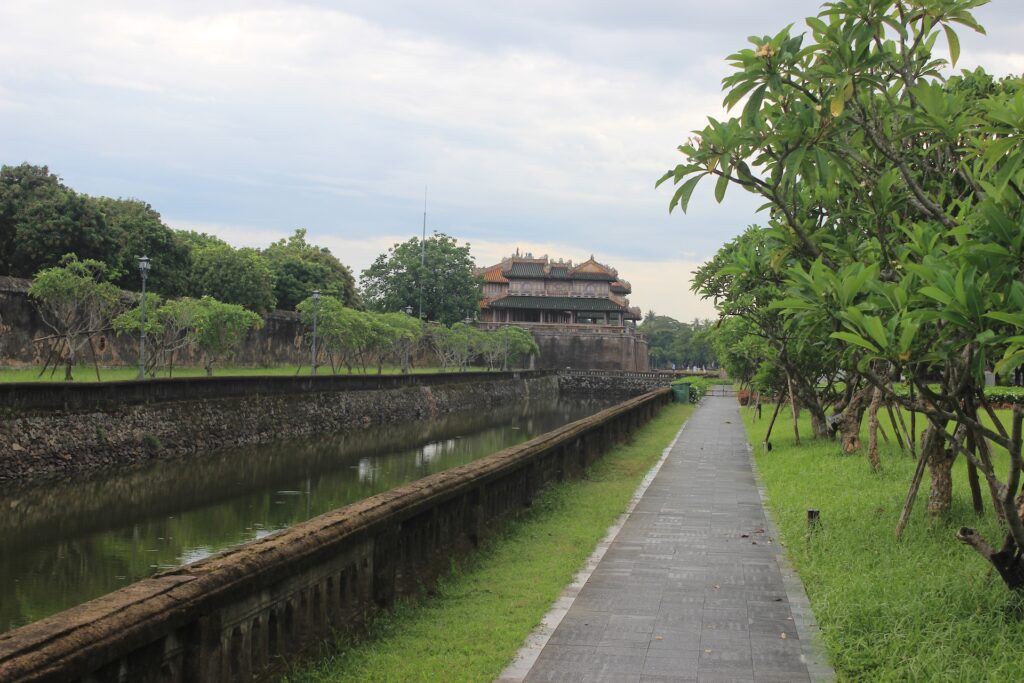
The Citadel was humongous. We spent over two hours there and just scraped the surface of all the buildings in the imperial city. We explored most of the grounds, including some areas definitely not frequently traversed by tourists, but there was still so much more we could have delved into.
A brief history of the imperial city. The city served as Vietnam’s capital under the Nguyen Dynasty from its construction in 1802 (completed about 30 years later) until 1945. During that time, it saw 13 emperors and many additions. The buildings suffered extensive damage during both the Indochina Wars and the Vietnam-American War, from which they are still rebuilding. During the latter, it faced heavy bombardment due to Hue’s close proximity to the DMZ and the role of the Citadel during the Tet Offensive. The battle for Hue lasted over a month and was one of the bloodiest battles of the war. Much of the fighting occurred within the Citadel walls, with the North Vietnamese and Viet Cong capturing many of the buildings before the US and South Vietnam forces retook it. Thus, the Imperial City has a rich history over the last two hundred years, with much of that history being carefully reconstructed still today. (When we were there, several buildings had just been rebuilt, with others completely dismantled to be rebuilt in the near future.)

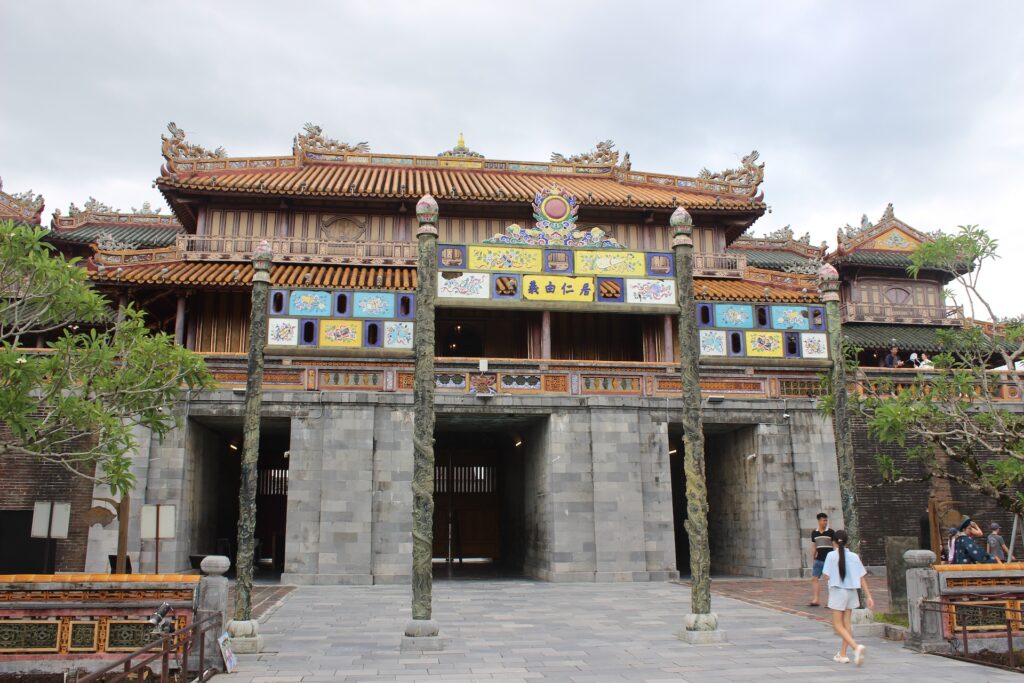
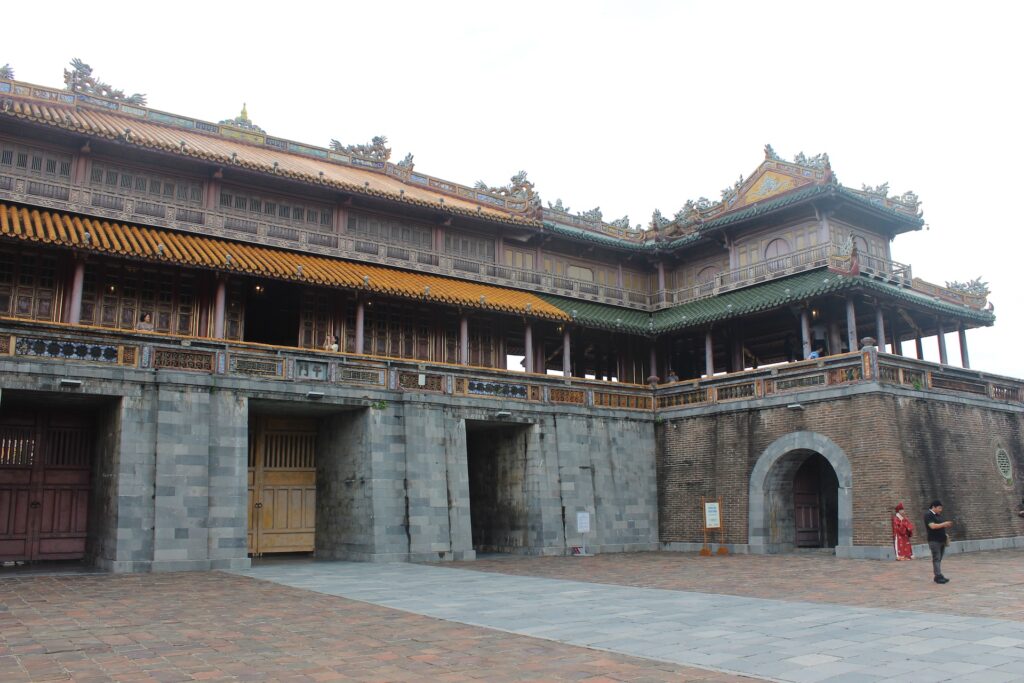
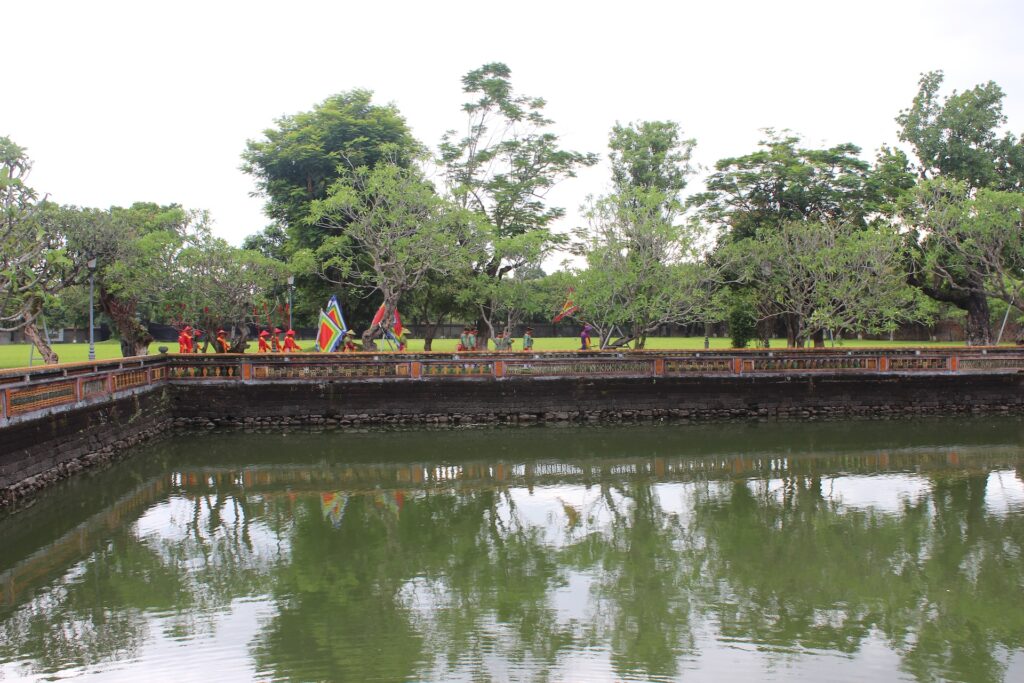
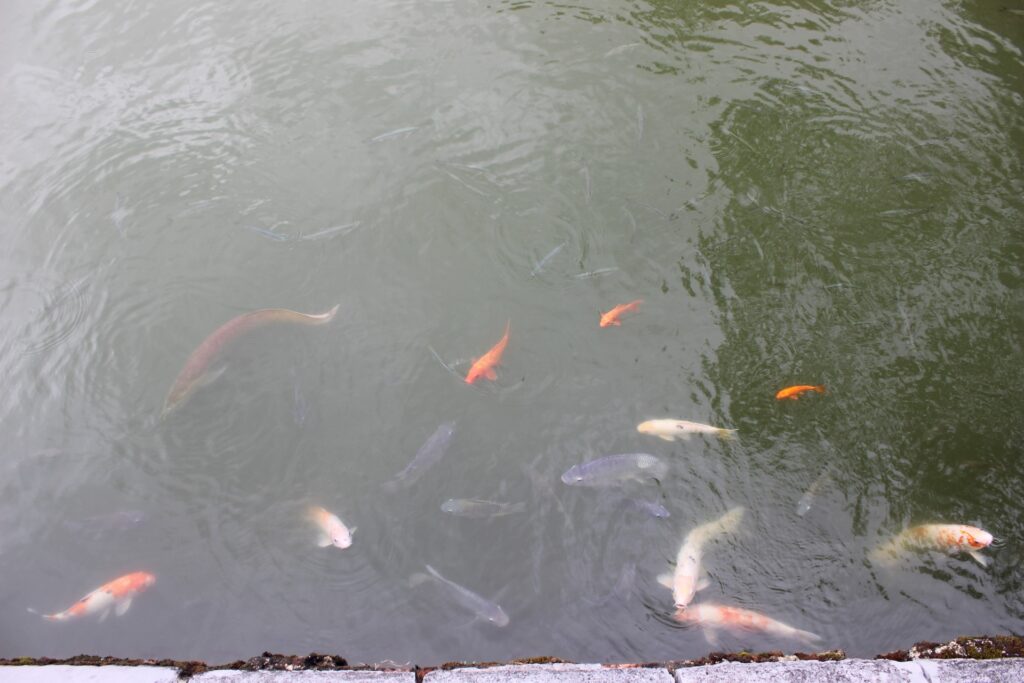
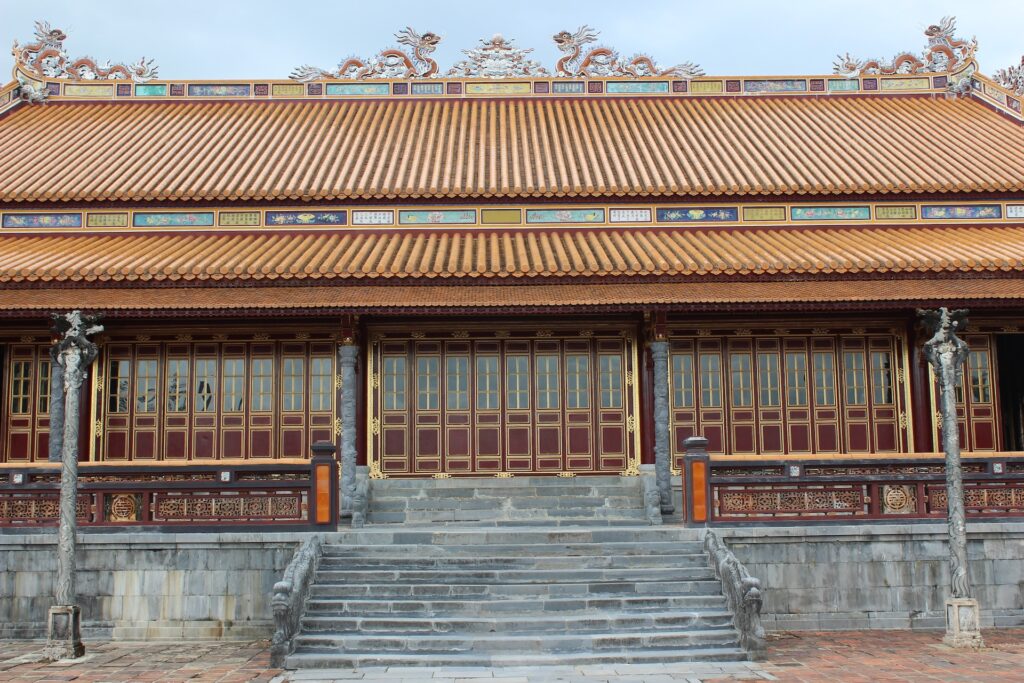
The inside was beautifully redone in red and gold, but photos were not allowed, so give it a look see on the Interweb. Next up was Tả Vu, a house that was reserved for officials to prepare rituals before the establishment of the court. It was also the workplace of the Privy Council—the advisory body on military, economic, and political issues of the Nguyen Dynasty.
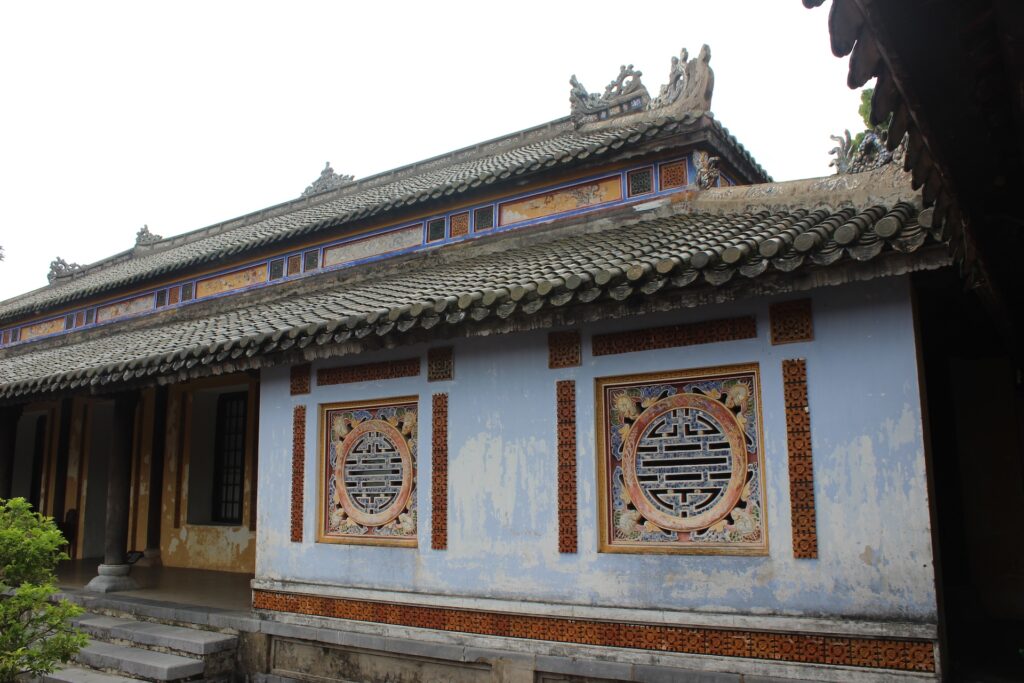
After Tả Vu, we meandered over to Nhật Thành Lâu, a pagoda built in 1841 by Emperor Thiệu Trị for worshipping Buddha. Due to its location within the Forbidden City (the middle part of the Citadel intended only for the Royal Family), it became the center of the royal families’ spiritual activities. It was especially used by the women in the inner palace—often mothers of the emperors—to read sutras and pray for peace. The building was completely destroyed in 1947 and 1968, leaving only the foundation, but it was restored to its original state in 2018.
We checked out the royal theater next, which was stunning inside, but neither my camera nor Susie’s phone was able to capture the interior in all its glory. Enjoy the poor quality image below that was the best of the bunch.
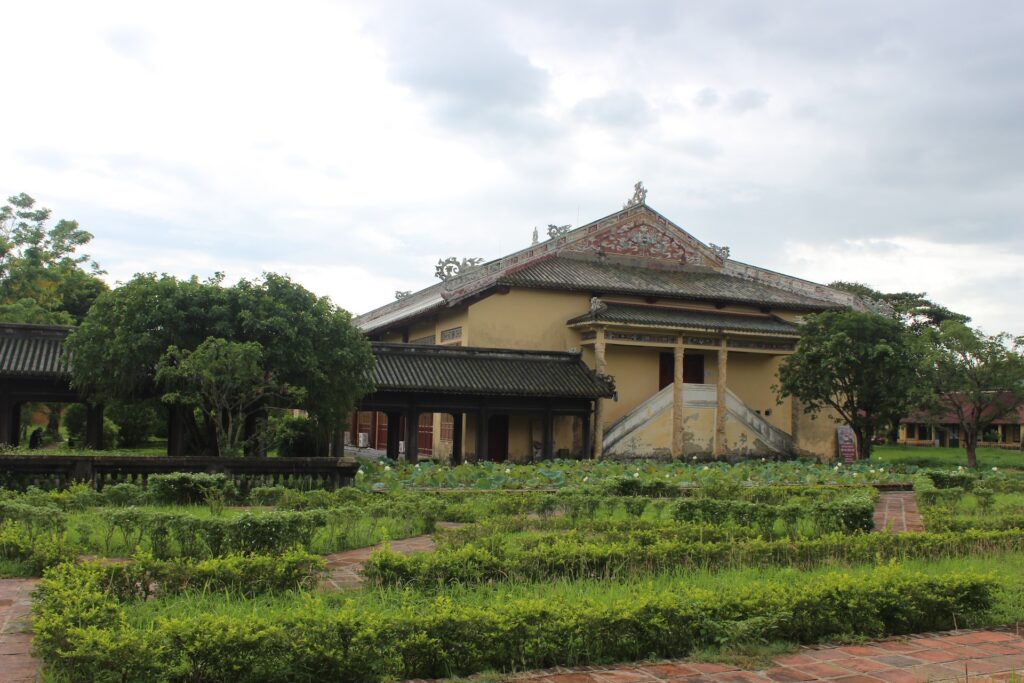
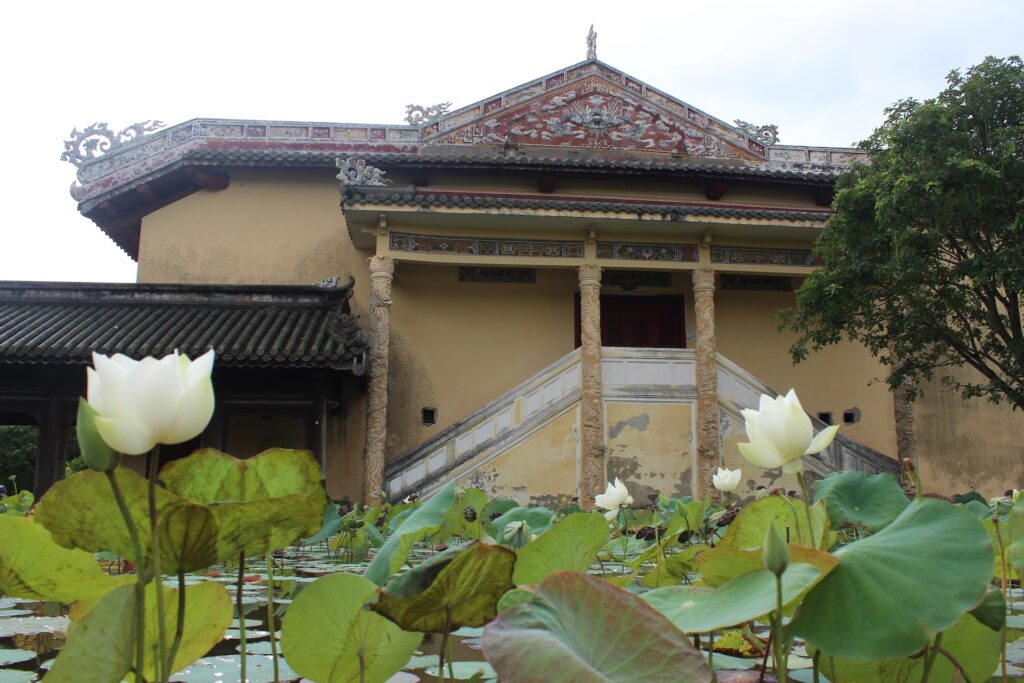
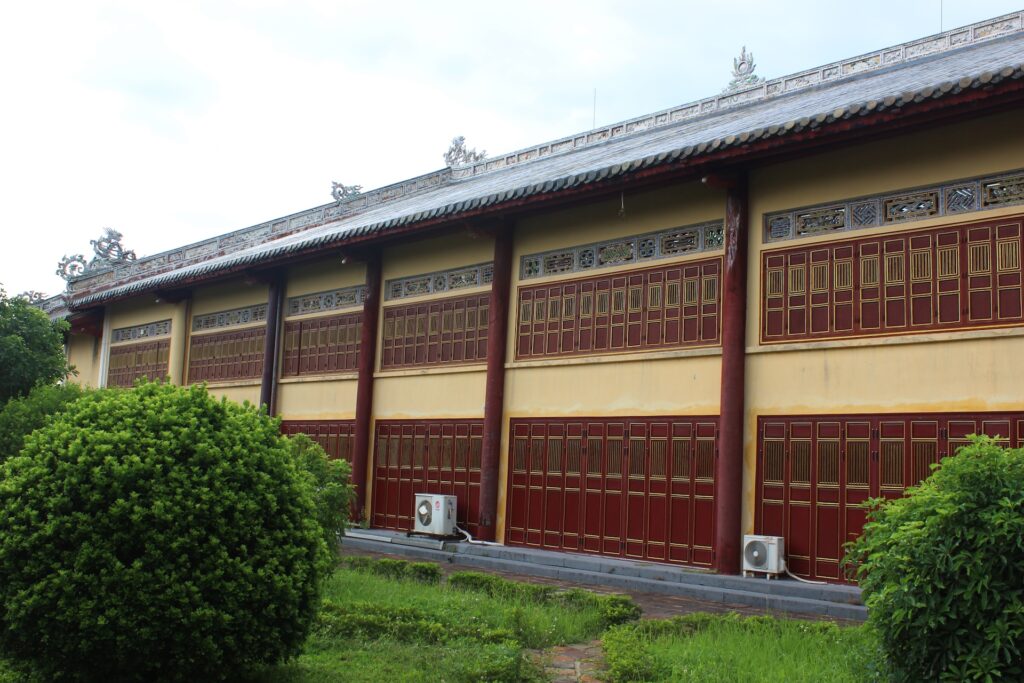
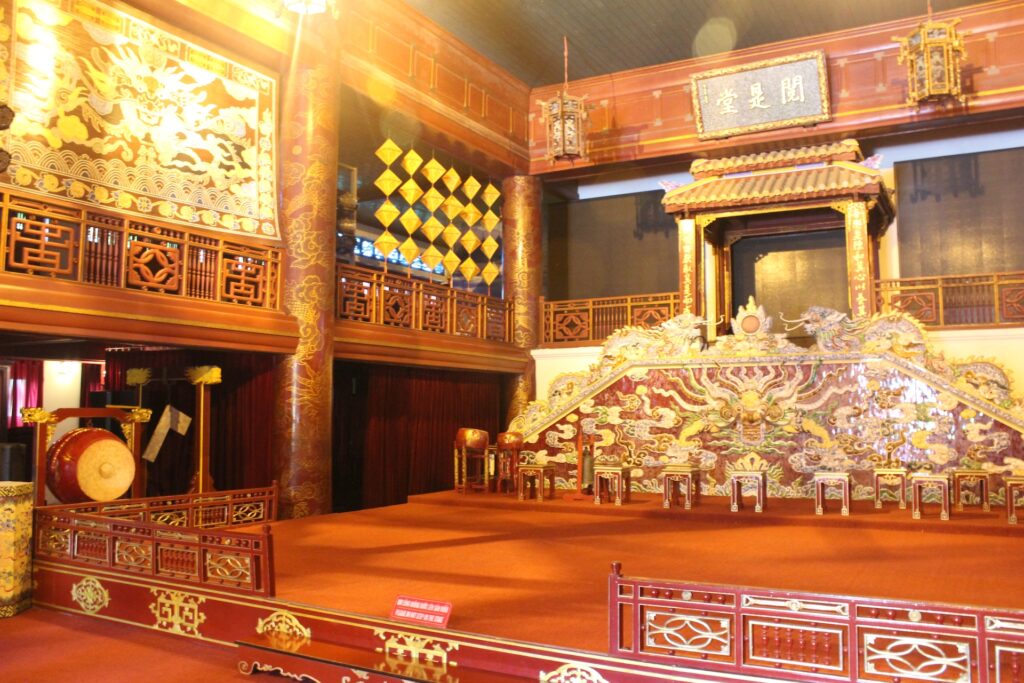
After the theater, we made our way to the Eastern side of the property where there was not another visitor in sight and quite a few abandoned buildings in disrepair. There seemed to be workers present who were working on gutting and renovating the buildings, with some areas looking brand new and others about to crumble. Upon some googling, we found out that it is the former Royal Treasury.
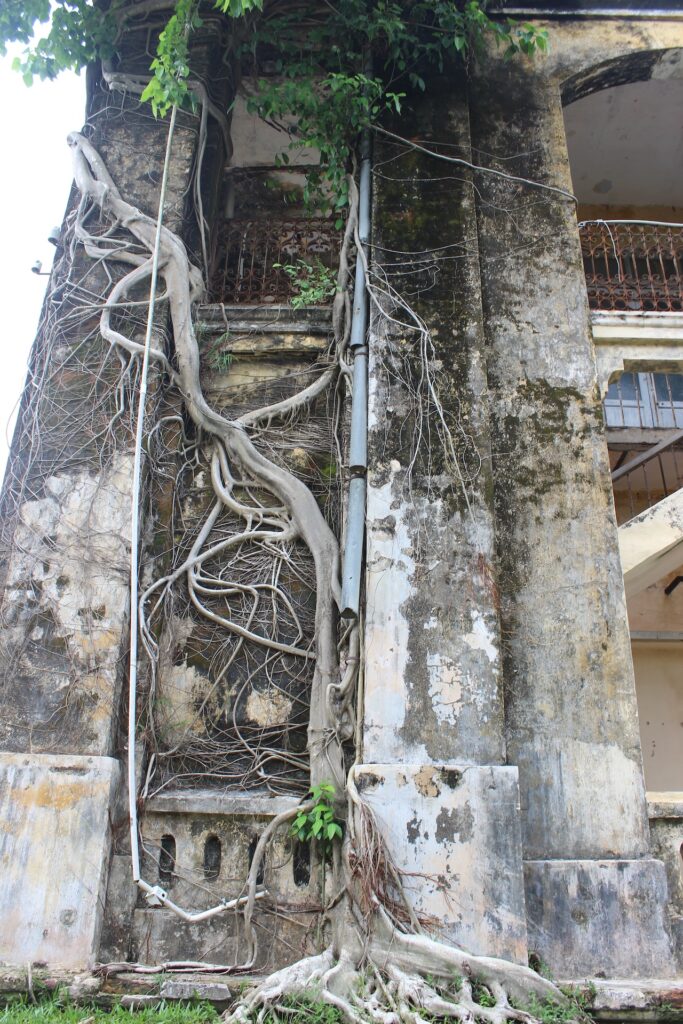
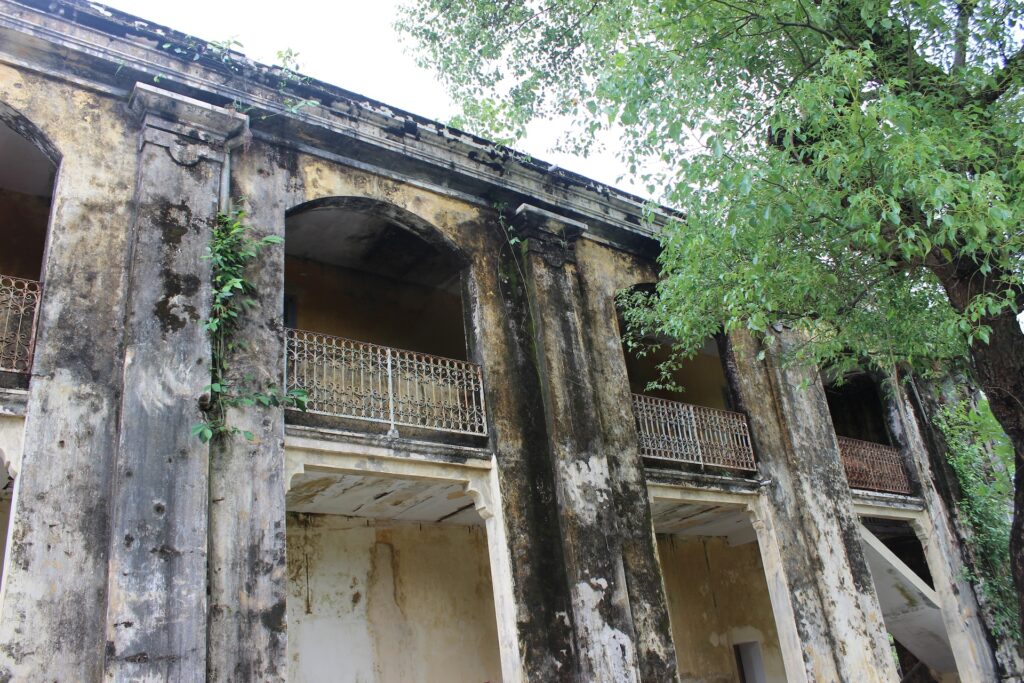
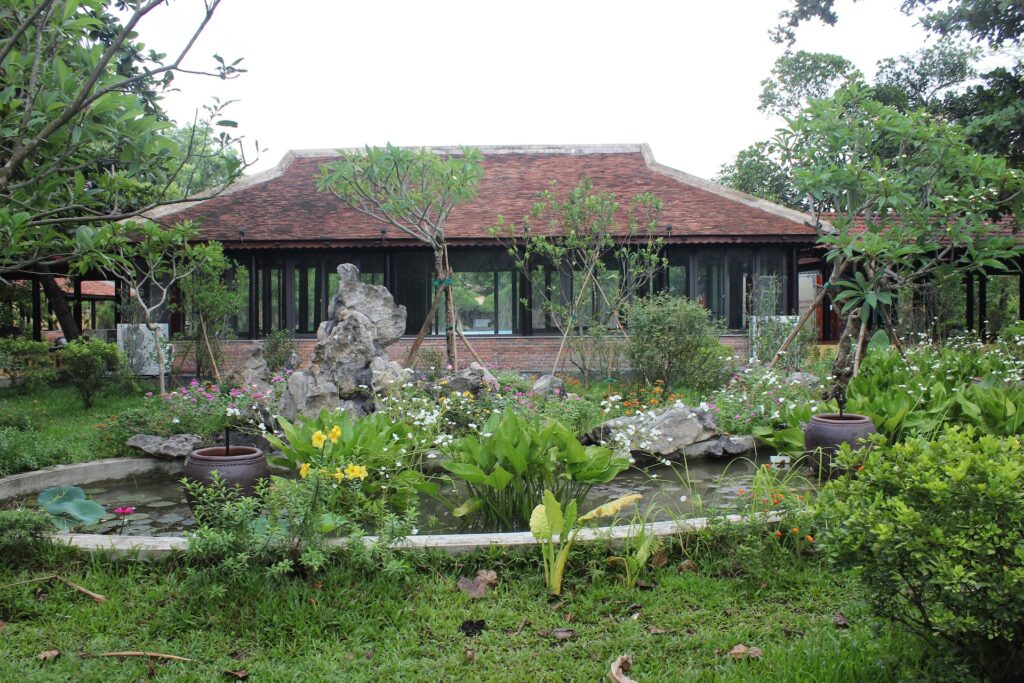
In the very back corner of the Citadel, we stumbled on the Cơ Hạ Gardens, which were so peaceful and completely devoid of any other humans.
Upon emerging from the gardens, we were thrust back into the chaos of tourists admiring and taking endless photoshoots outside Điện Kiến Trung, the royal palace for the last two emperors of the Nguyen Dynasty. The building was completely destroyed in 1947 during the Indochina Wars, and it was only restored and reopened in 2024, so it was spectacular both inside and out.
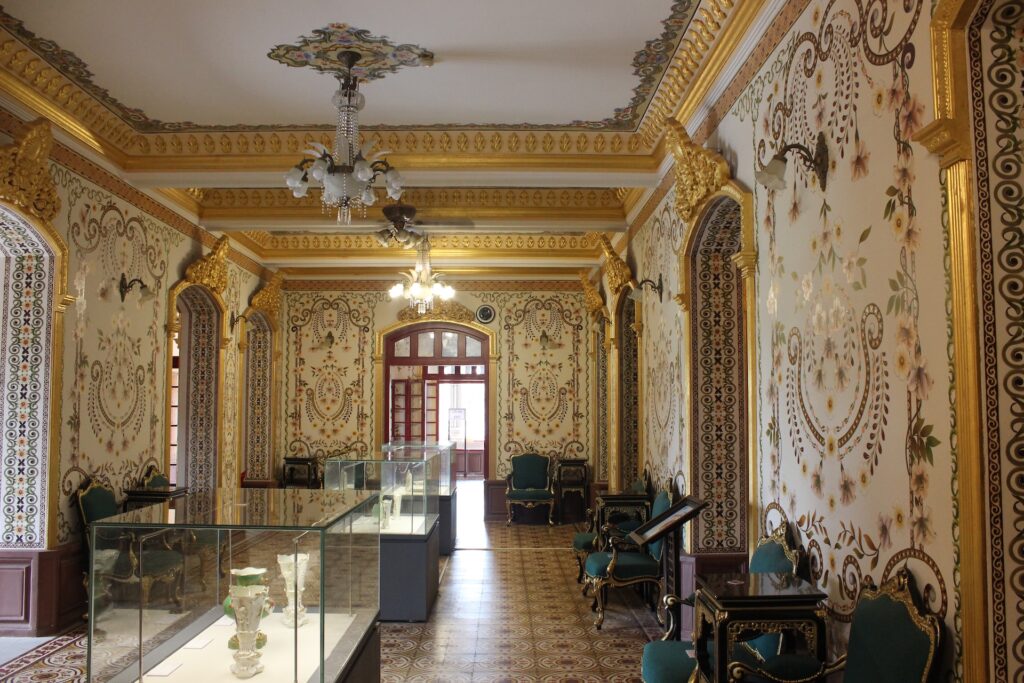
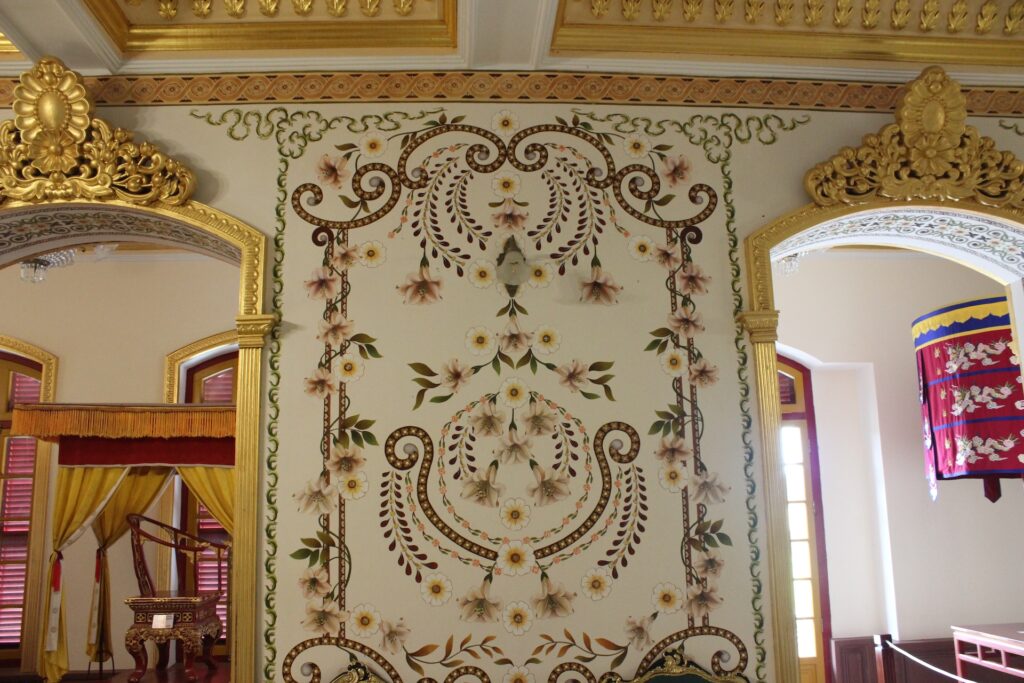
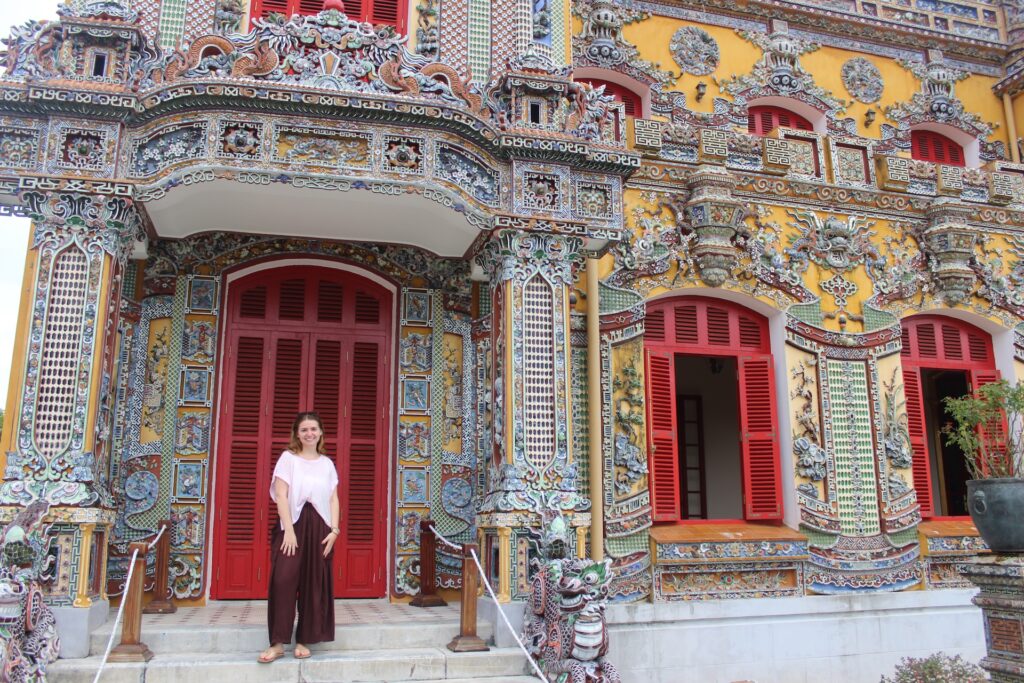
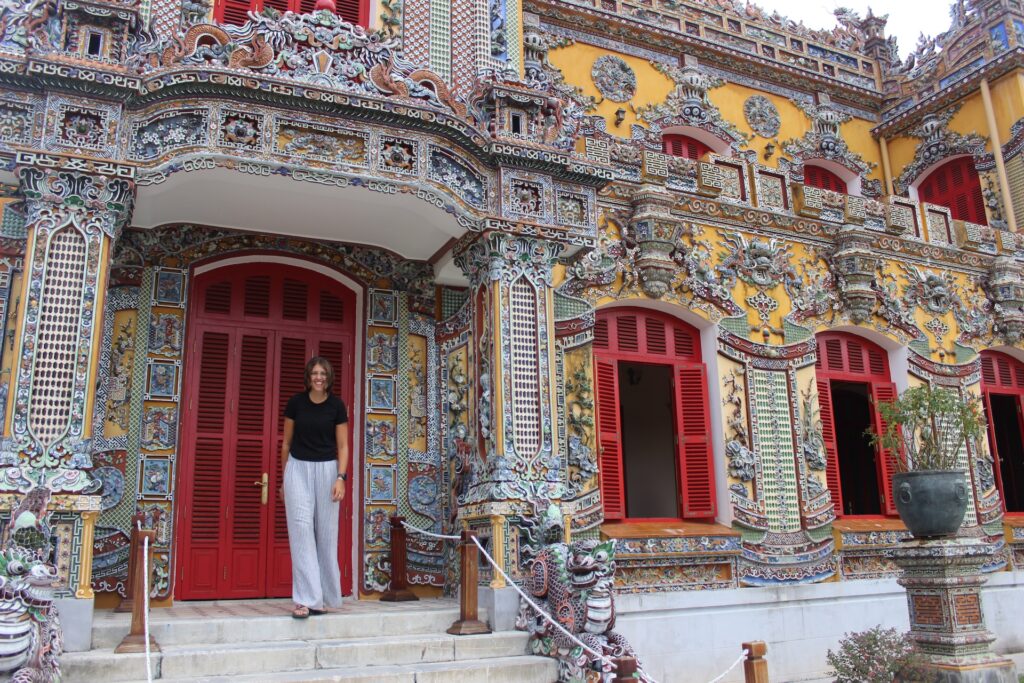
We then stumbled upon Tạ Trường Du, a pavilion and small lake dotted with lily pads.
Finally, we came across the ruins of Điện Phụng Tiên, a temple built to worship Emperor Gia Long and his wife, Empress Thua Thien Cao, as well as subsequent emperors and empresses. Even though Thế Tổ Miếu was later built with for same function, Phung Tien Temple continued to be used because women were not allowed to visit or worship at The Mieu.
The temple was another one of the buildings in the Citadel that has been recently dismantled for reconstruction, so all that was left was the foundation. Since the 2010s, the government has been conducting intensive restoration projects to repair the damages caused by the wars and time. They began on this reconstruction in 2020 and have so far restored the portal, front screen, walls, and gates.
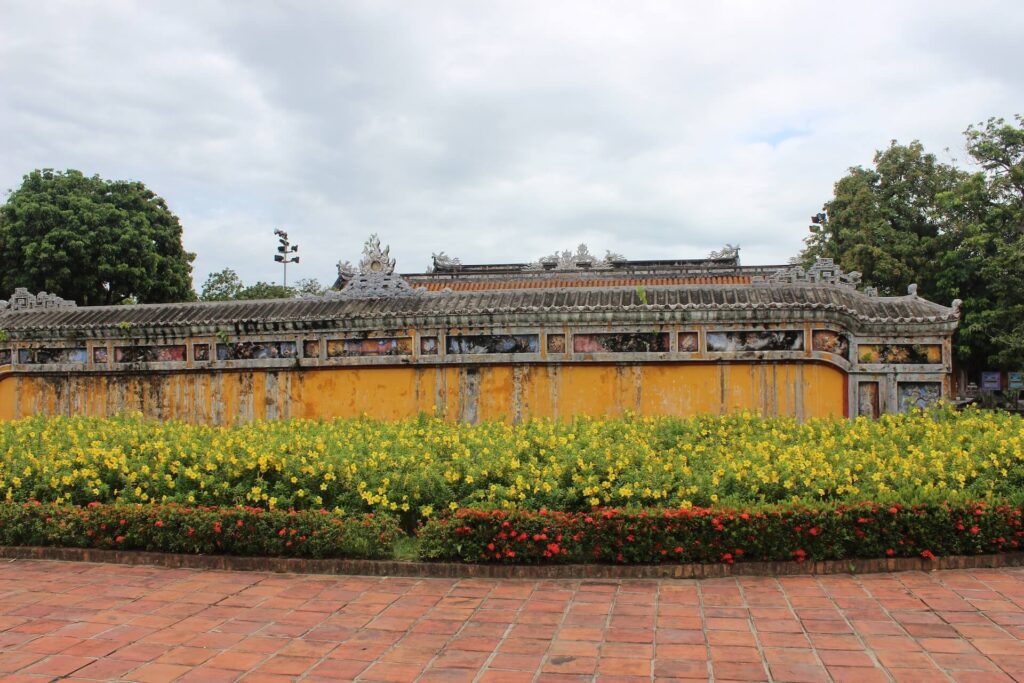
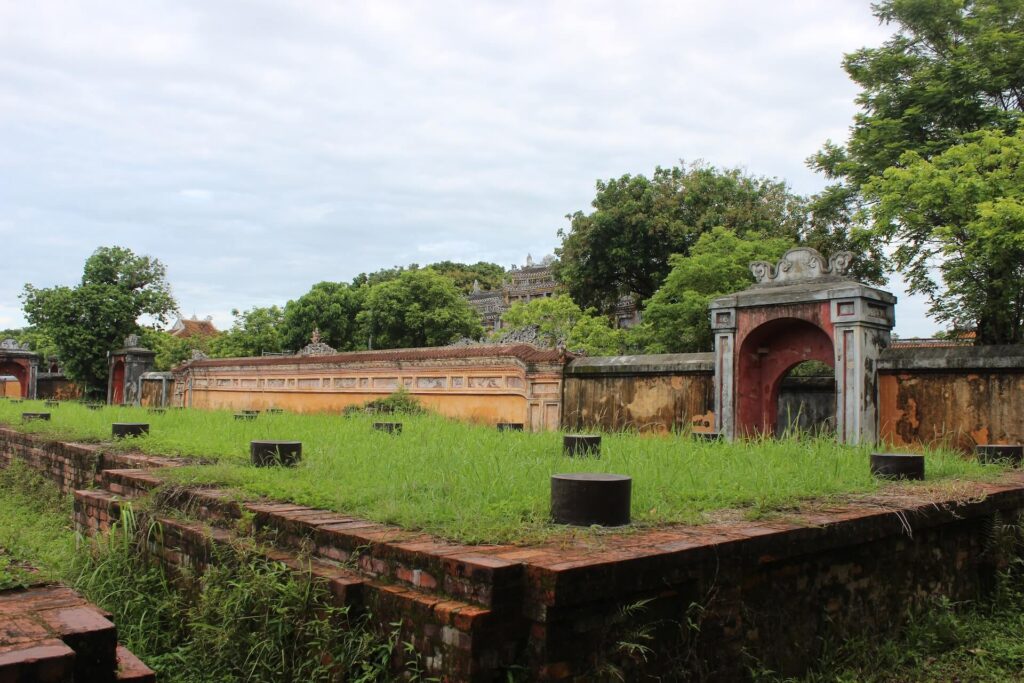
Enjoy this photo dump of random gates from around the property. Or don’t.
And another photo dump of random sights.
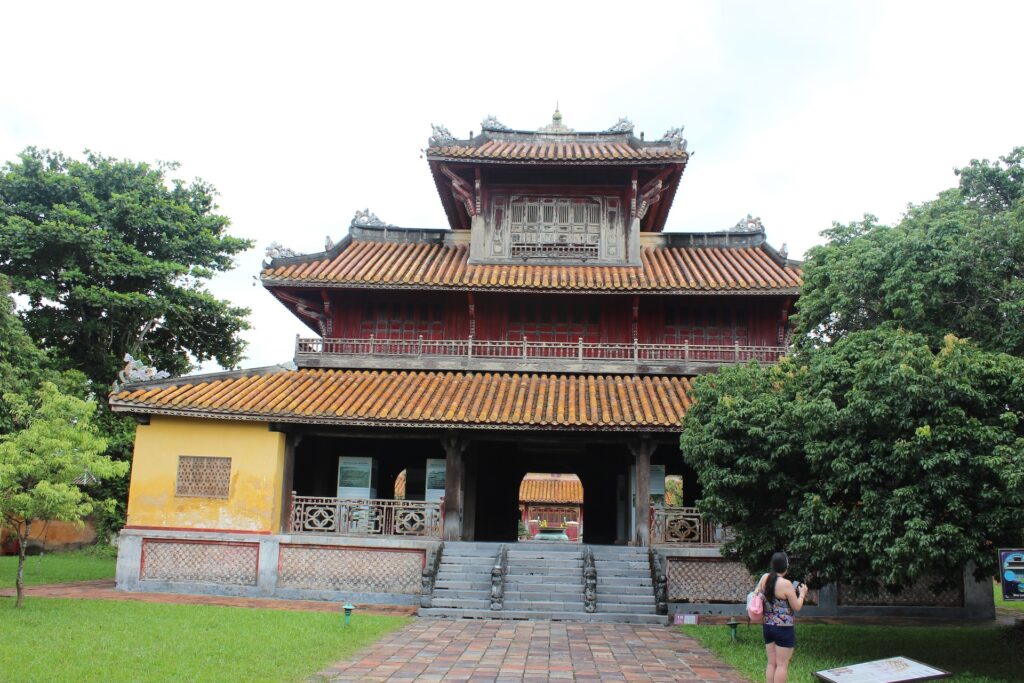
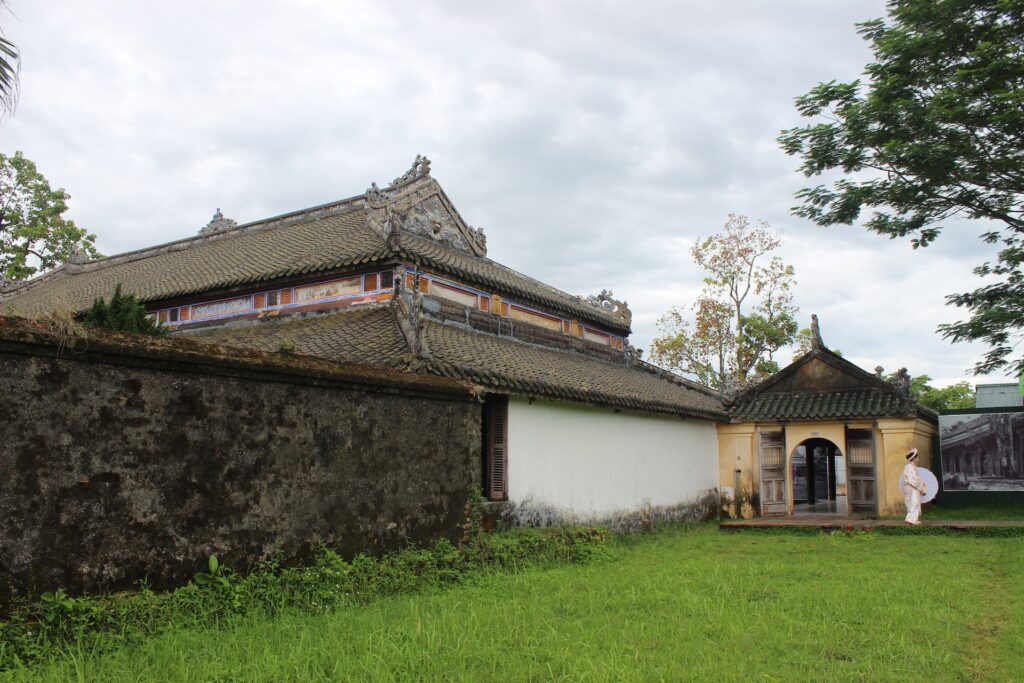
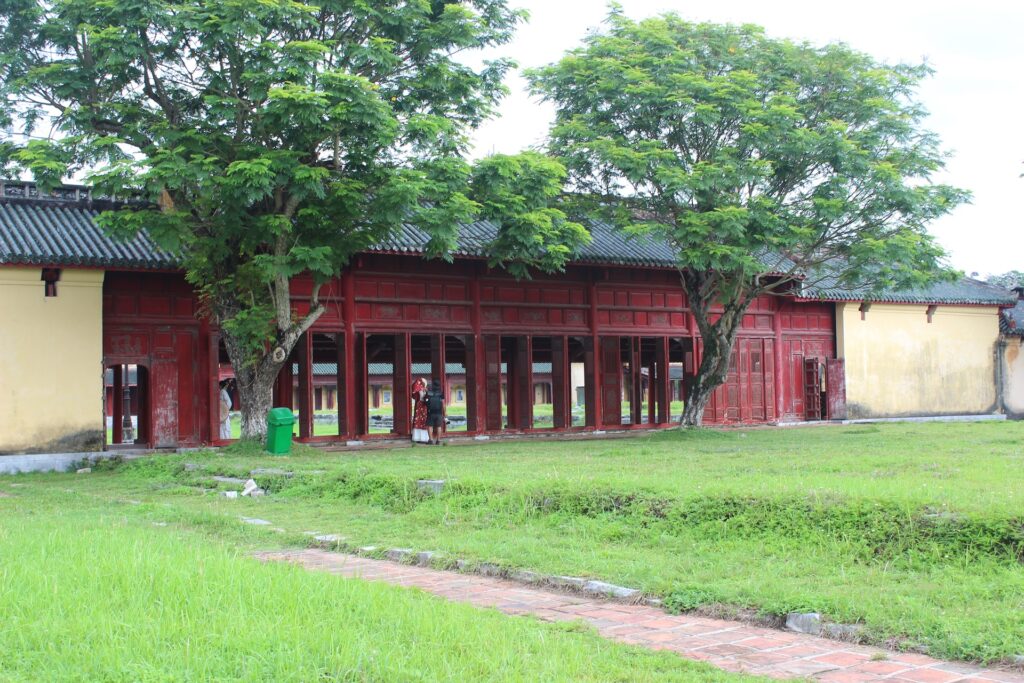
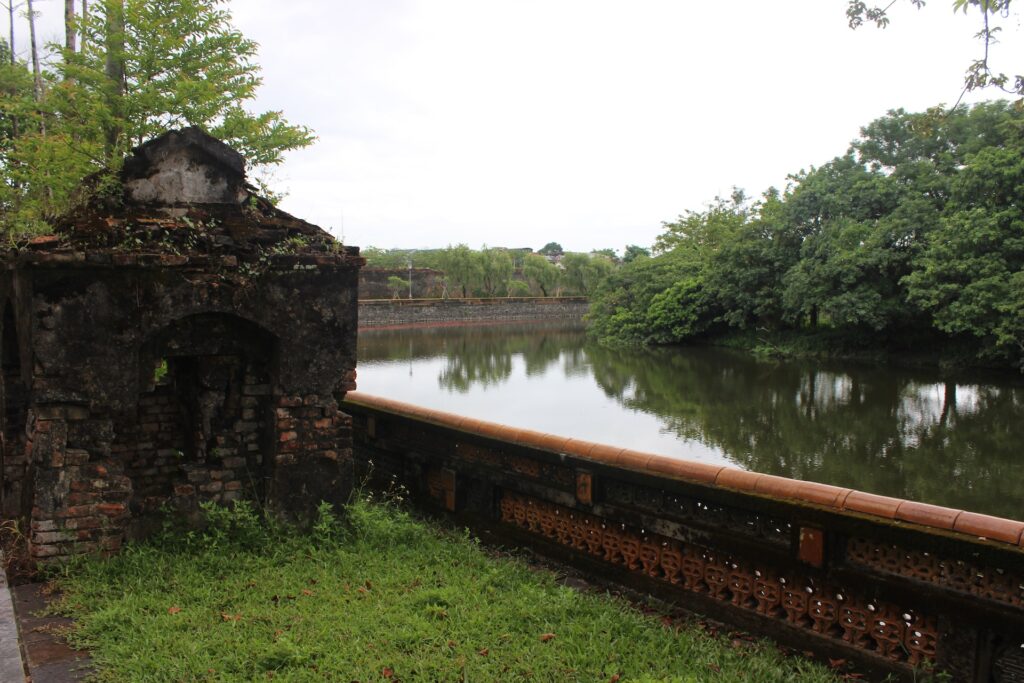
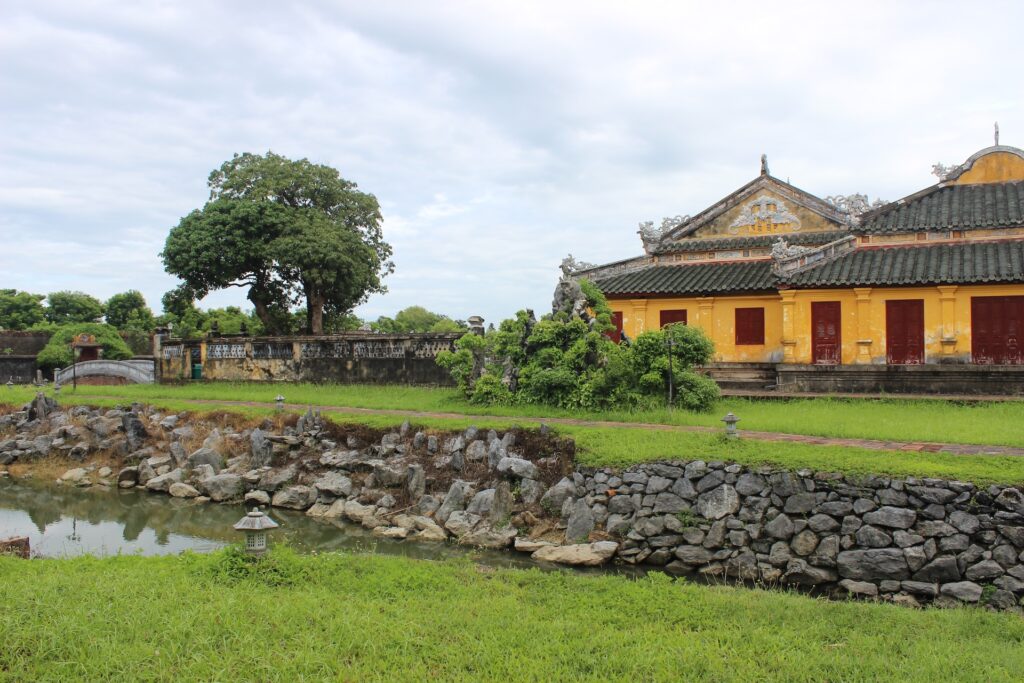
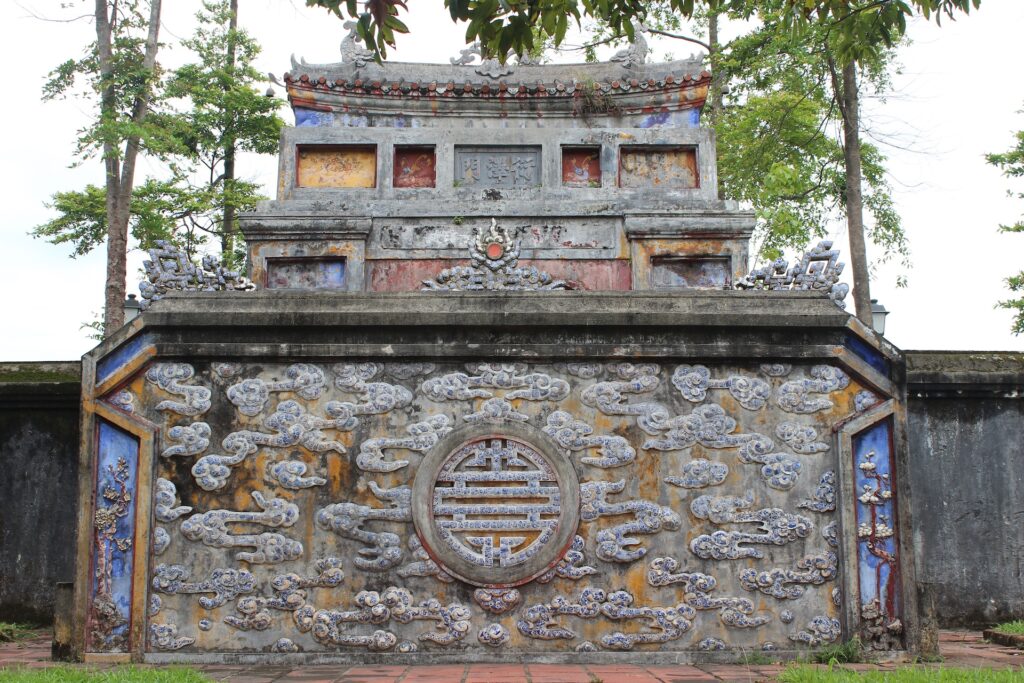
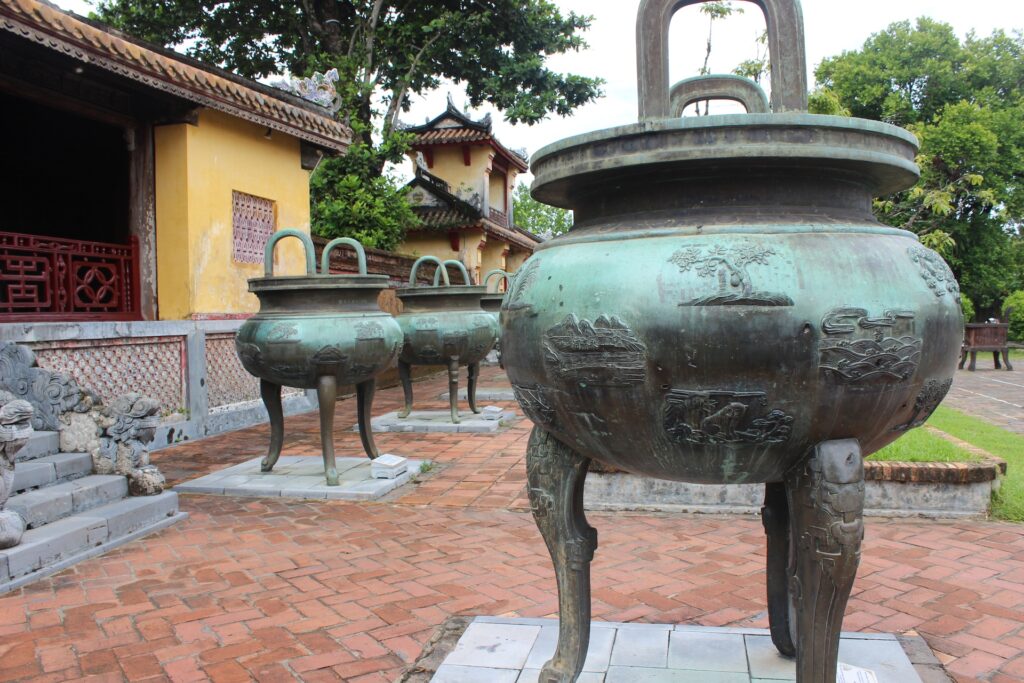
Exiting the Citadel was unnecessarily difficult, and we wound up having to double back to find our way out, which neither one of us was in the mood for after all the walking in the heat and humidity.
Highlands Coffee
After the Citadel, we rewarded ourselves with a cafe sit, opting to try Highlands Coffee—the Vietnamese Starbucks. It was decent (as a non-coffee connoisseur), but they put wayyyyy too many jellies in the bottom for our taste. (Susie was especially NOT a fan.) We had the caramel phin freeze, which is essentially their version of a caramel frappuccino (phin being the tool/method they employ to brew their coffee). I also tried the passionfruit cheesecake and the banana cake (more of a muffin in cake shape), and they were delectable (for a chain coffee shop that mass produces).
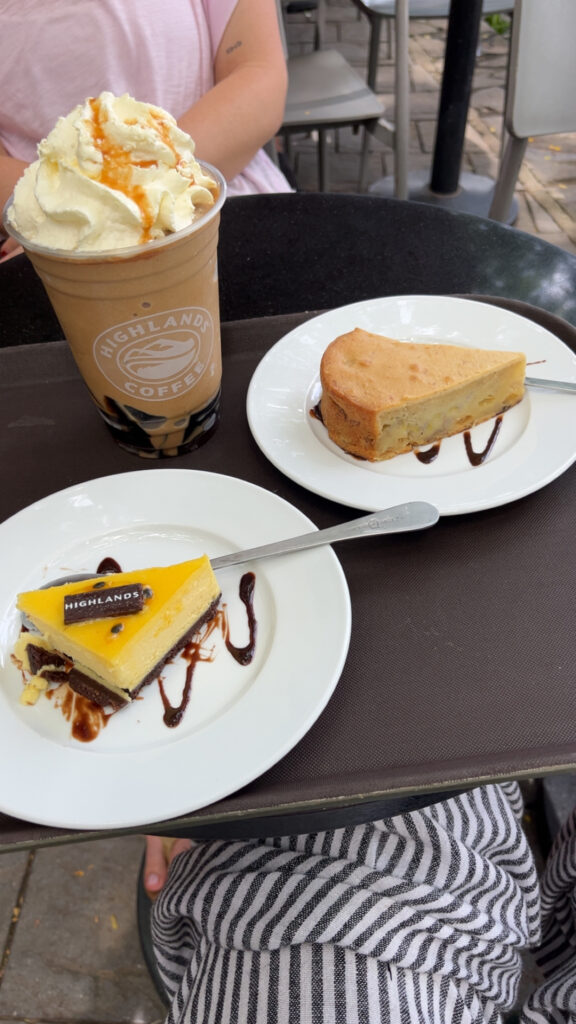
An Hien Garden House
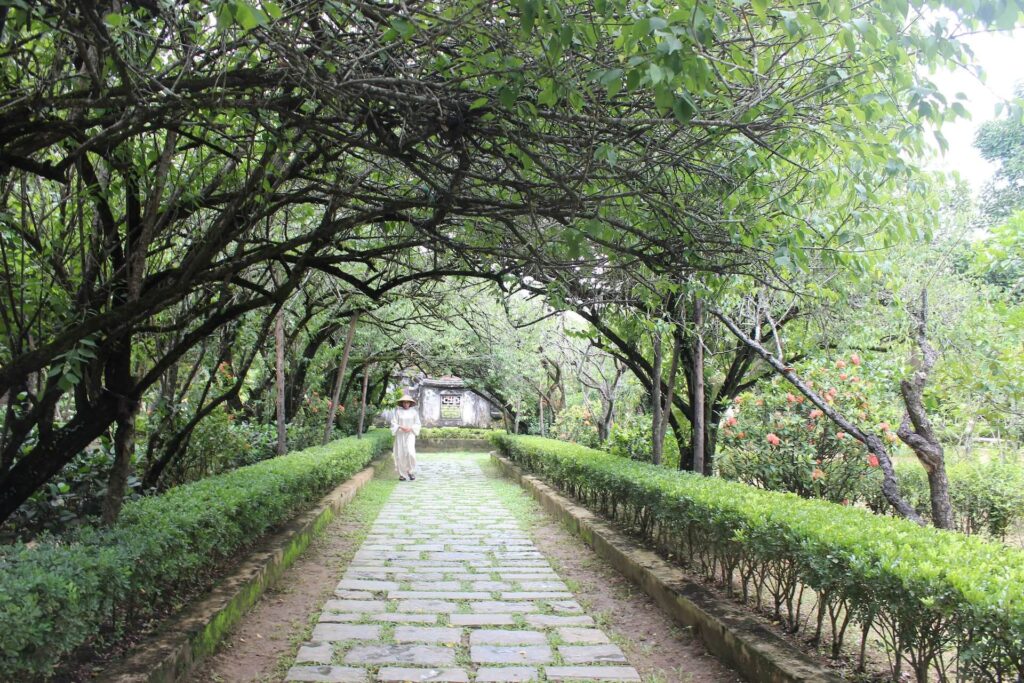
Hue is known for its “garden houses,” which became popular during the Nguyen Dynasty. They housed royals, high-ranking officials, and wealthy residents, featuring beautifully landscaped yards and traditional Mandarin elements. They also emphasized Feng Shui in the balance between nature and manmade structures and the symmetry of the home.
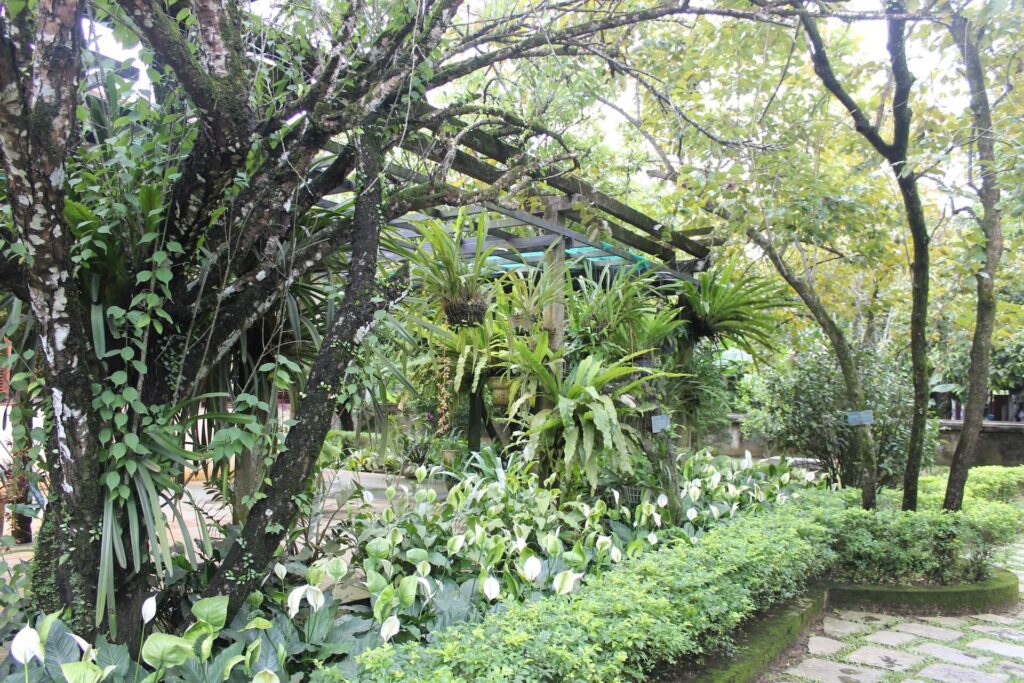
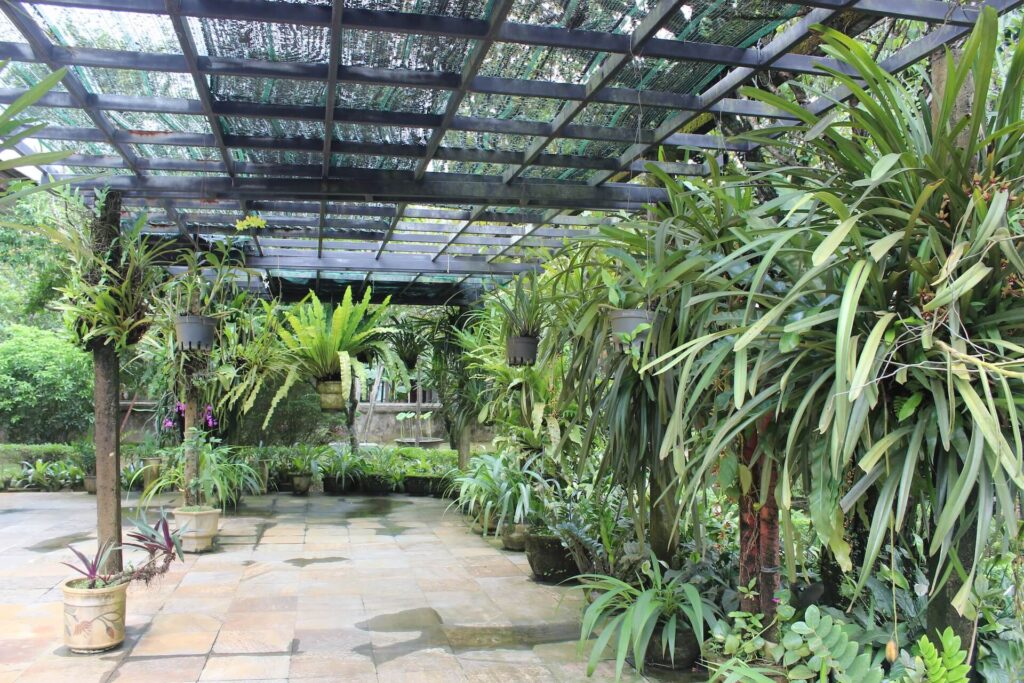
An Hien Garden House was originally constructed for a princess of the Nguyen Dynasty, although it has been sold and bought a couple times since then and is now property of a hotel corporation. It retains its original features, with two sides of the house: left for men and right for women. The living area has a day bed on either side, although married couples were allowed to sleep in the same room at night and only had to separate during the day.
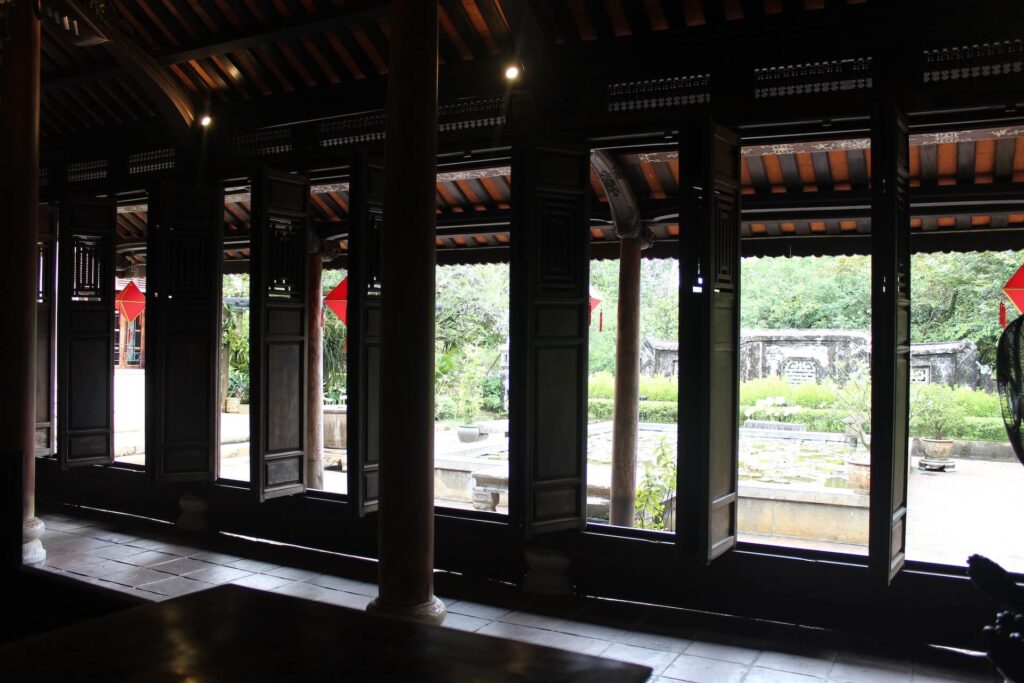
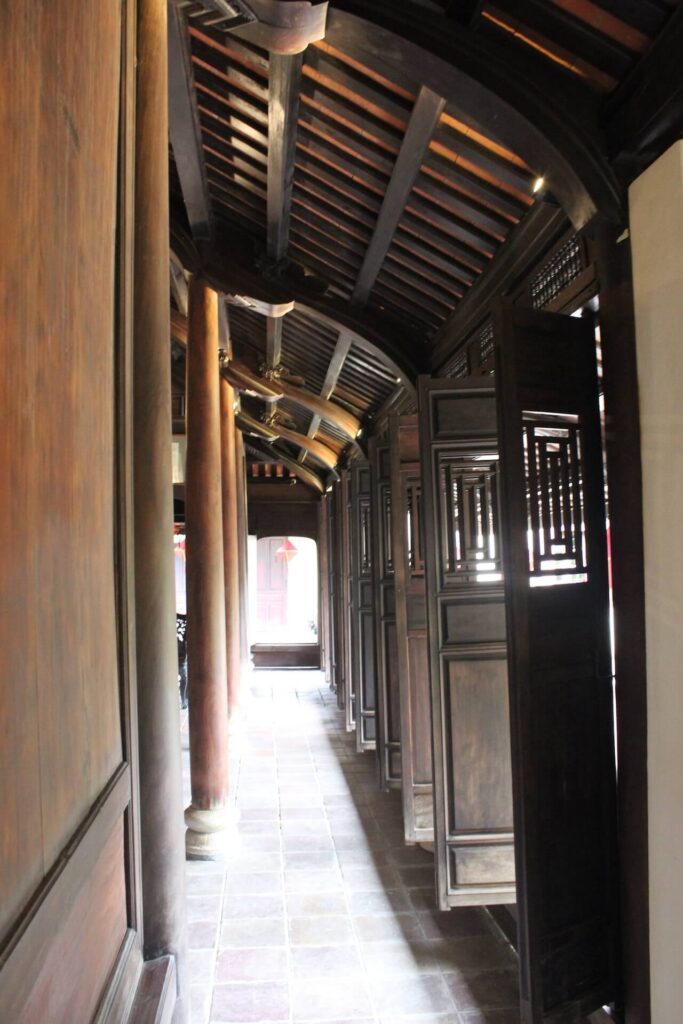
There is a partial wall at the entrance to the home to force youth to look down at their feet and thus bow to their elders upon entering. It also kept out ghosts because it is believed that they do not have feet and thus cannot step over the threshold. In addition, there is a wall in front of the home to prevent evil spirits from reaching the inhabitants.
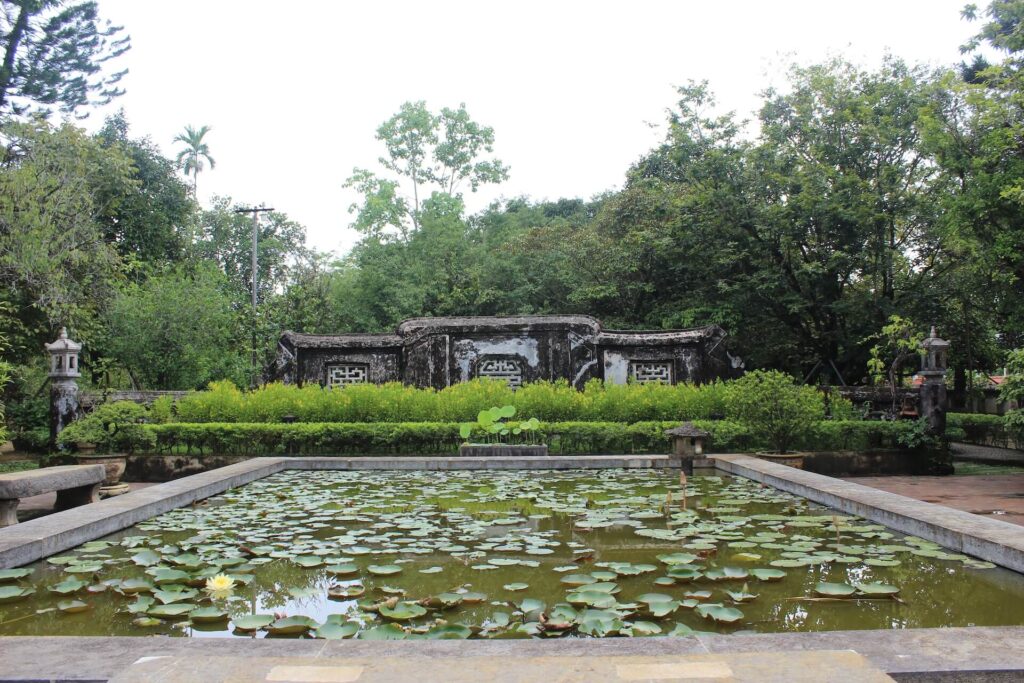
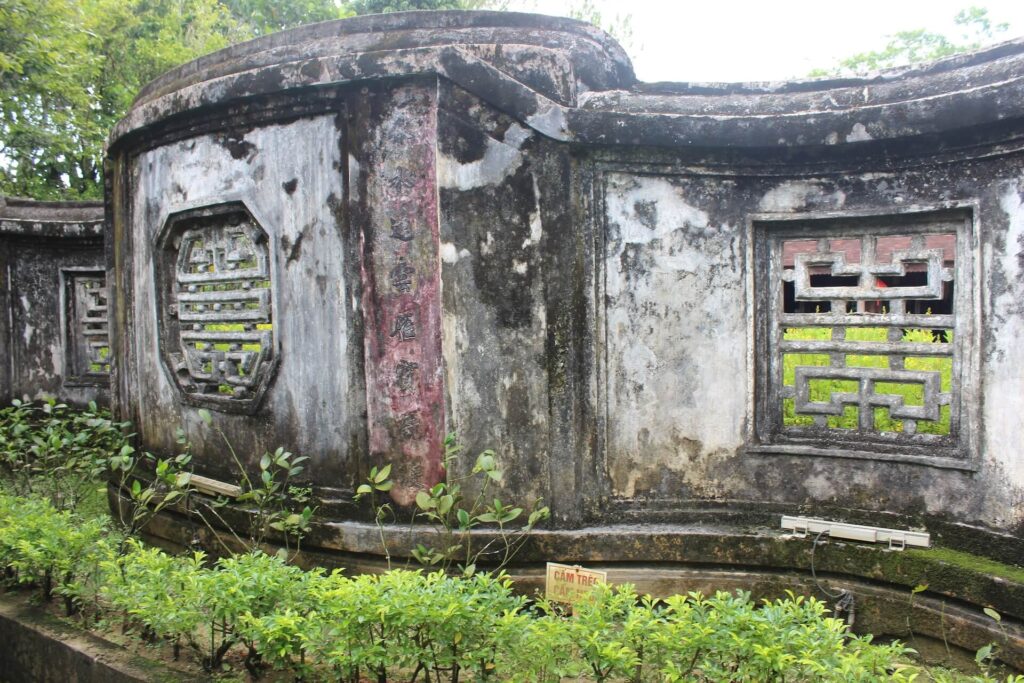
While we were there, a young woman taught us all the aforementioned information while we enjoyed jasmine tea, as the inhabitants would have.
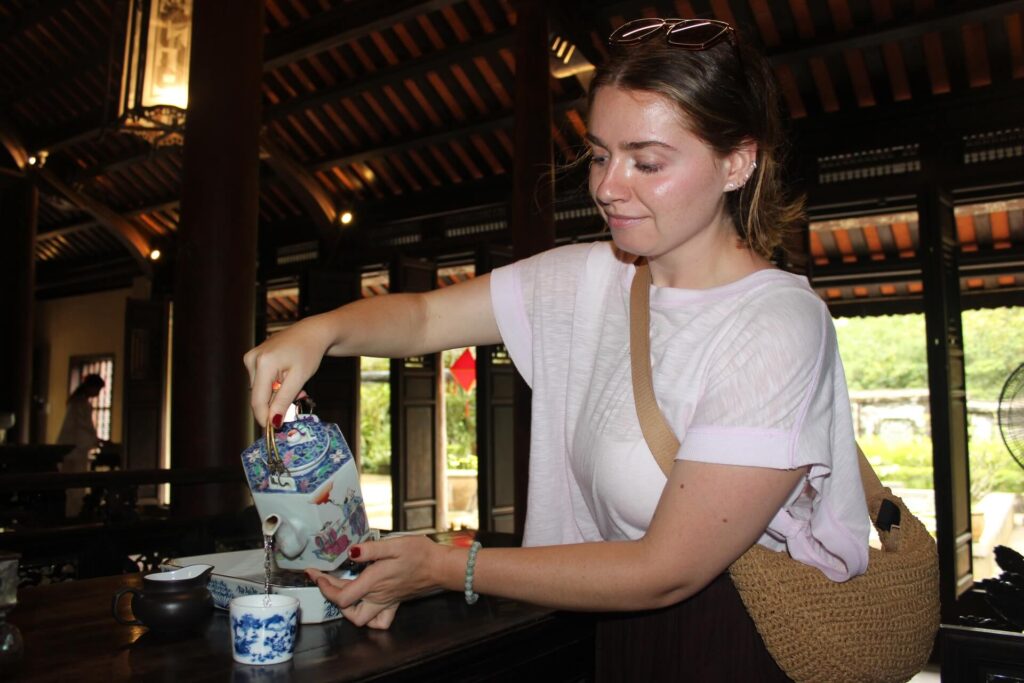
After the garden house, we bounced between temples and came to the consensus that people need to learn photo etiquette. By that, I mean that they need to learn how to politely step out of the way (for a brief moment) to a allow others to take a 3 second photo, instead of hogging center stage for upwards of 10 minutes.
Chùa Thiên Mụ (Temple of the Celestial Lady)
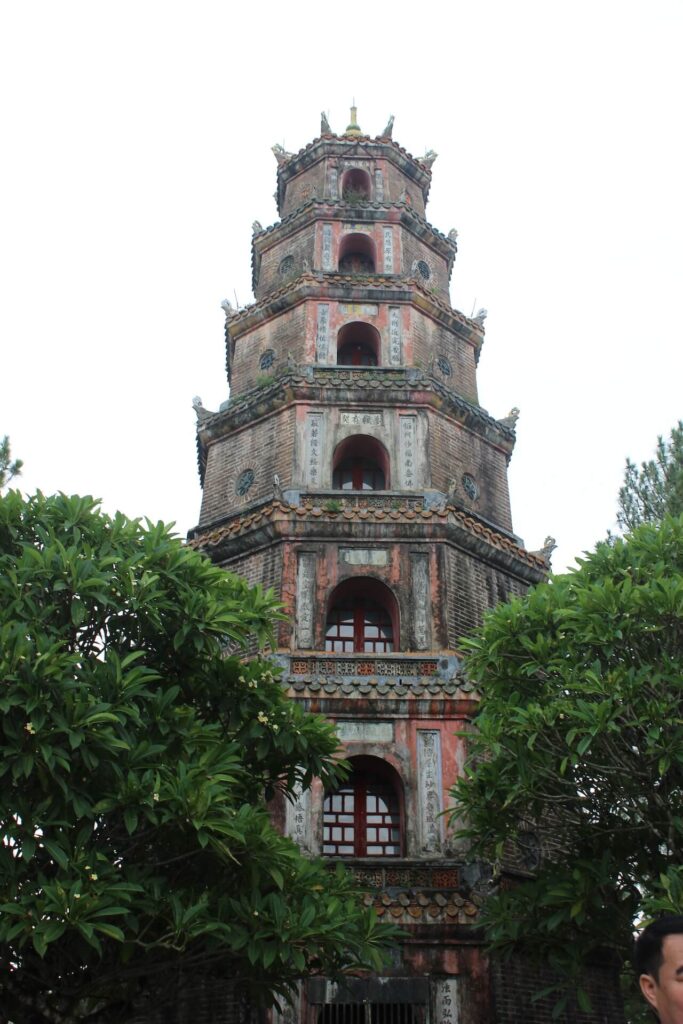
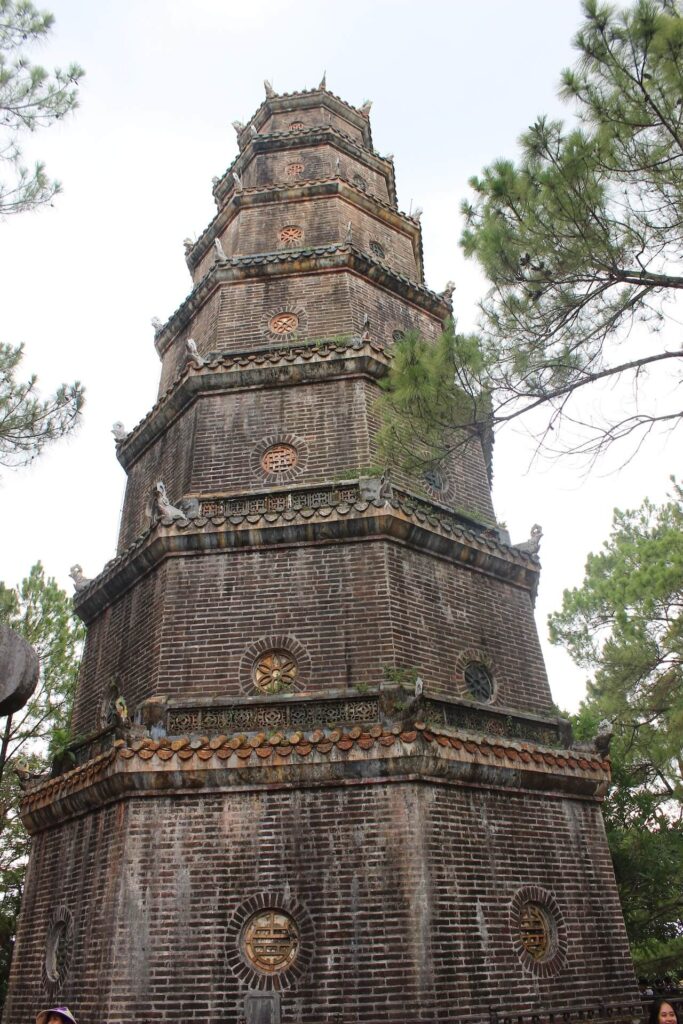
The first temple was Thien Mu, which was constructed by an early Nguyen lord, Nguyen Hoang, who heard a local legend about an old woman known as Thien Mu (“celestial lady”). The legend stated that she sat on the site where the temple is now and foretold a lord erecting a pagoda on the hill for the purpose of praying for the country’s prosperity. She then vanished. Upon hearing the legend, Nguyen Hoang immediately ordered the construction of a temple—Thien Mu—on the site where she was said to have sat.
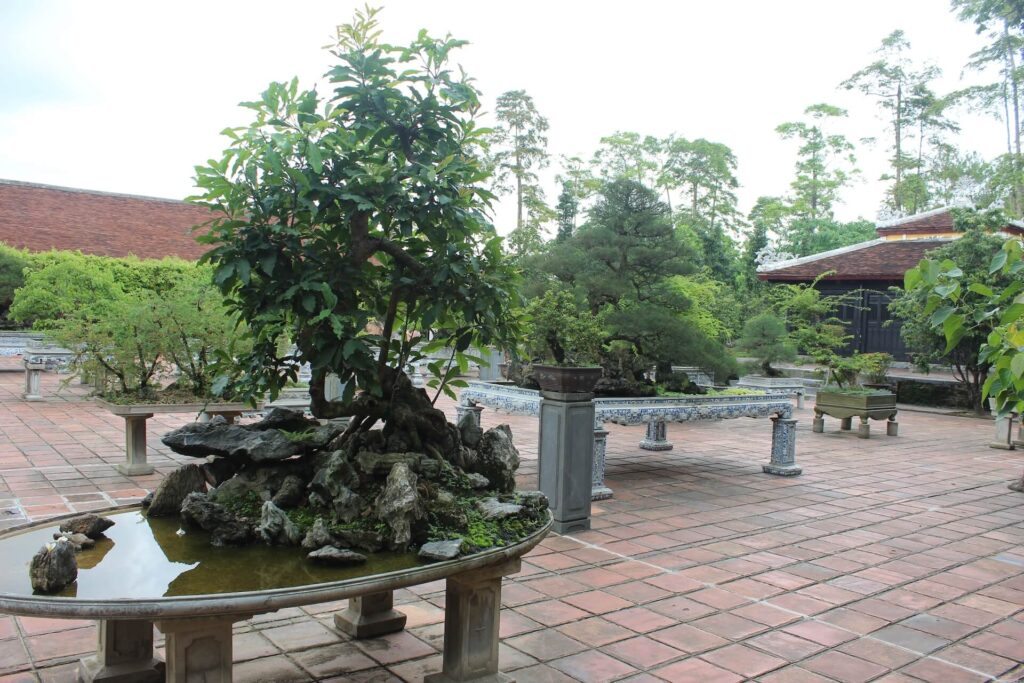
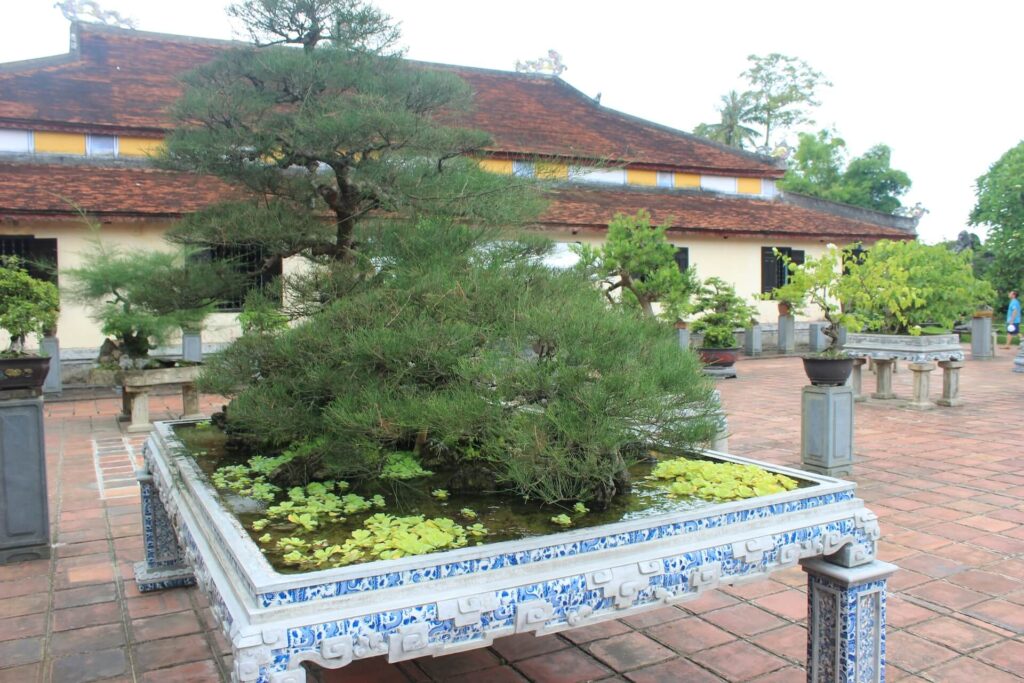
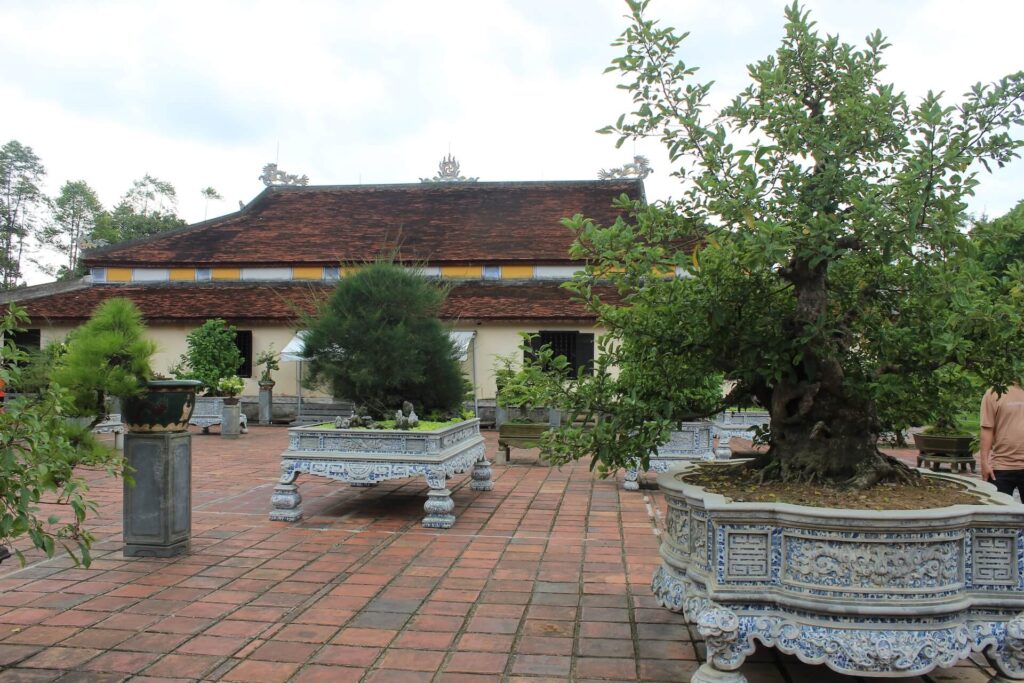
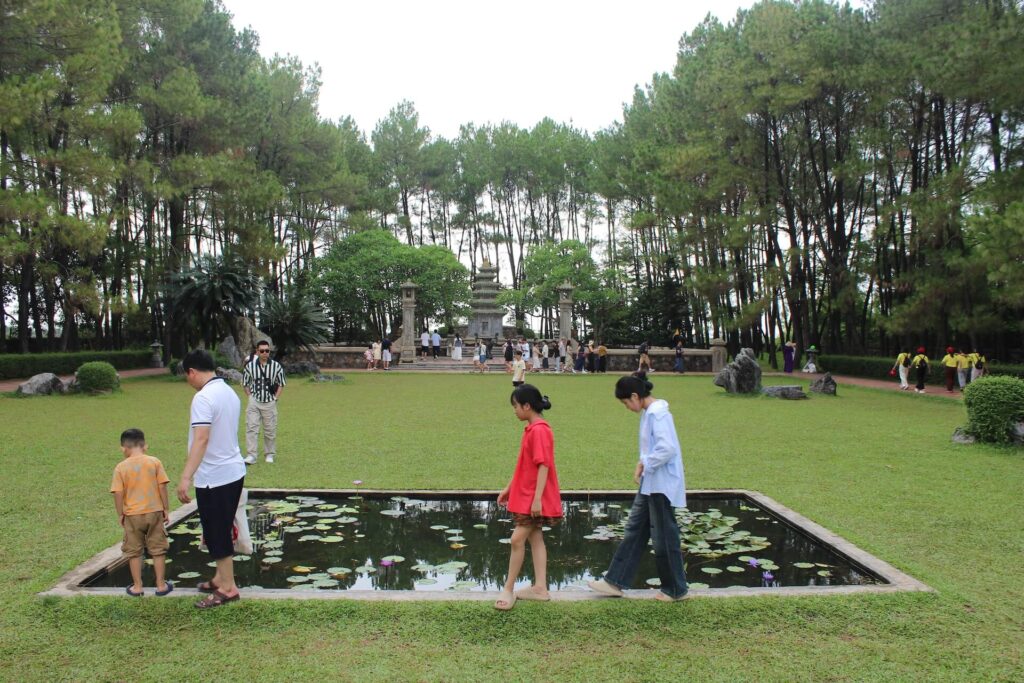
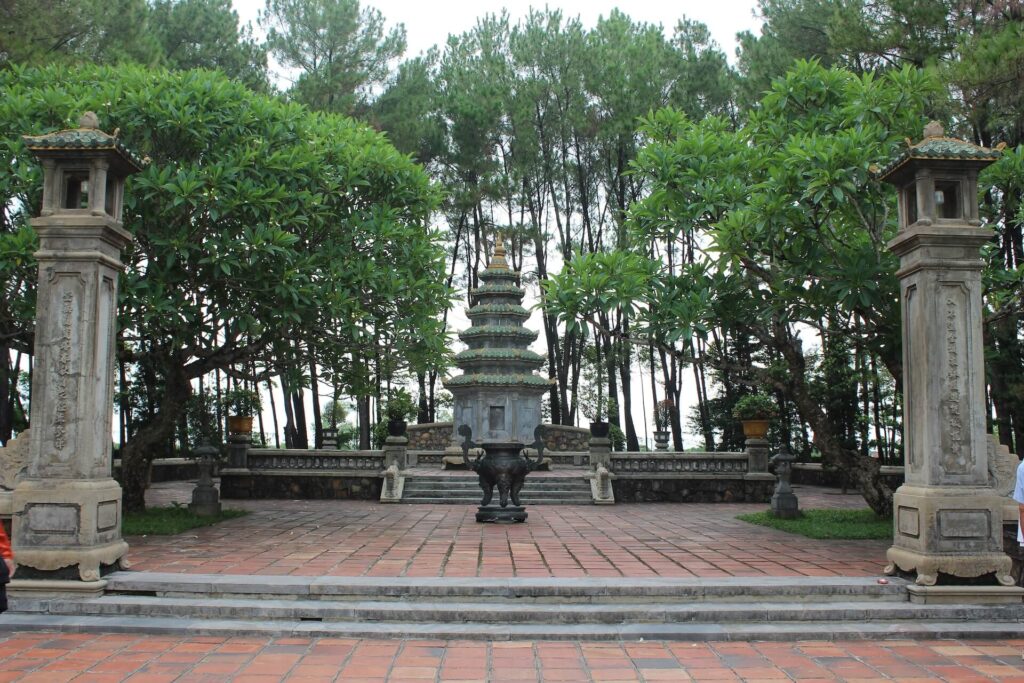
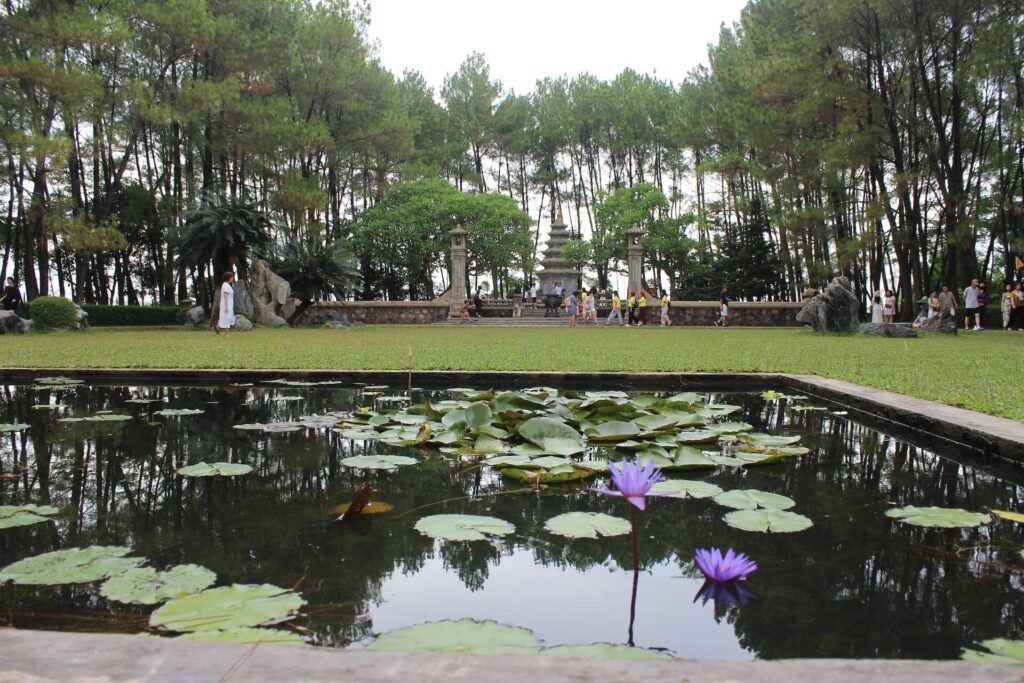
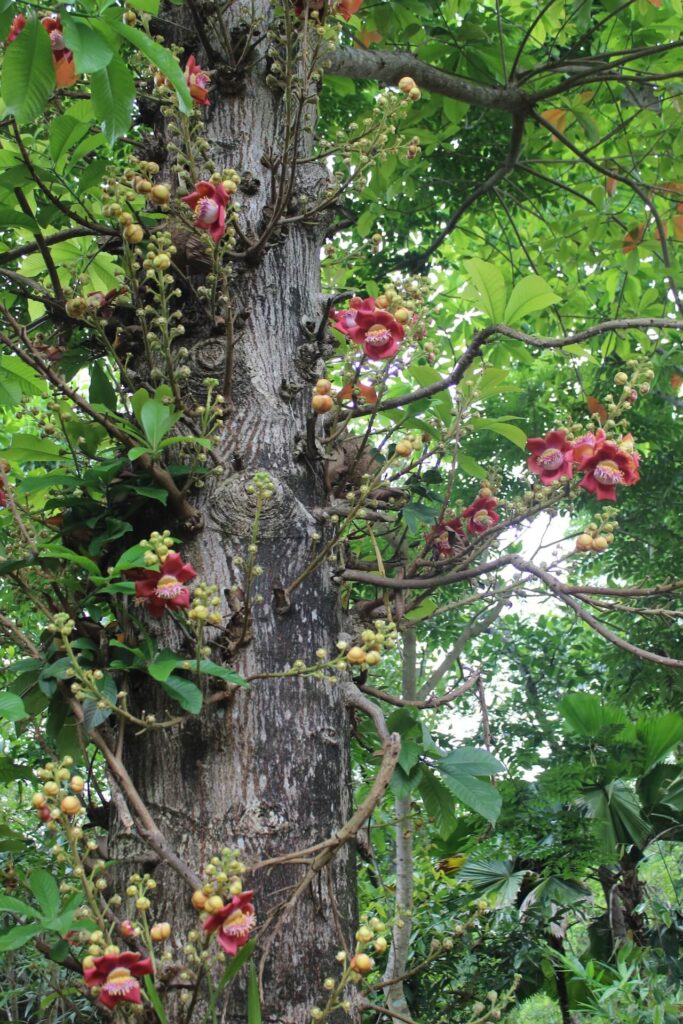
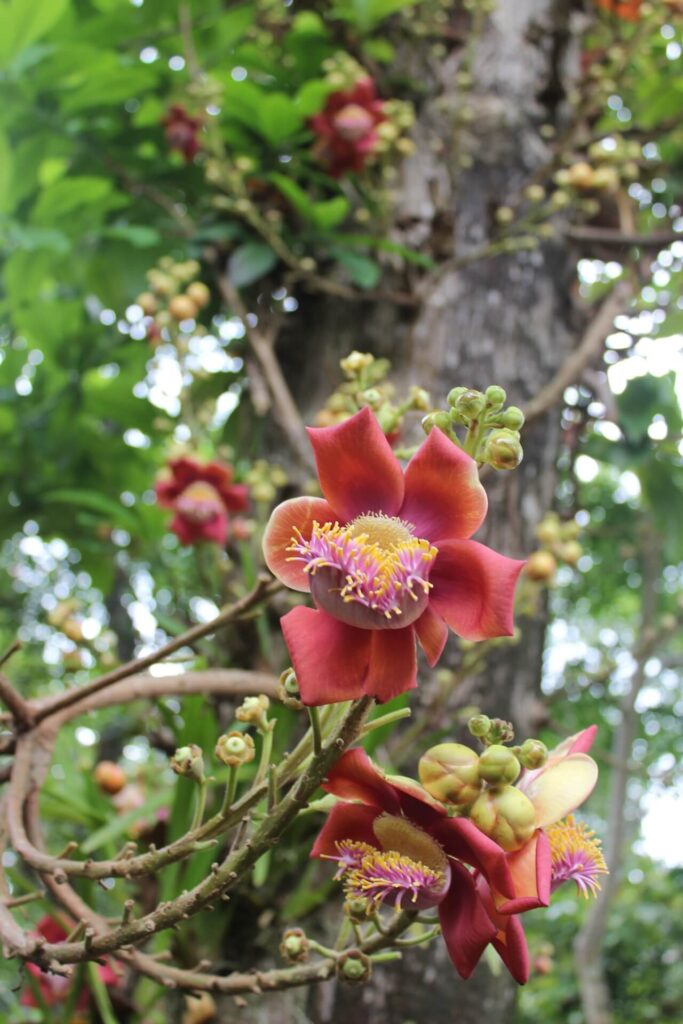
Văn Thánh Huế (Temple of Literature)
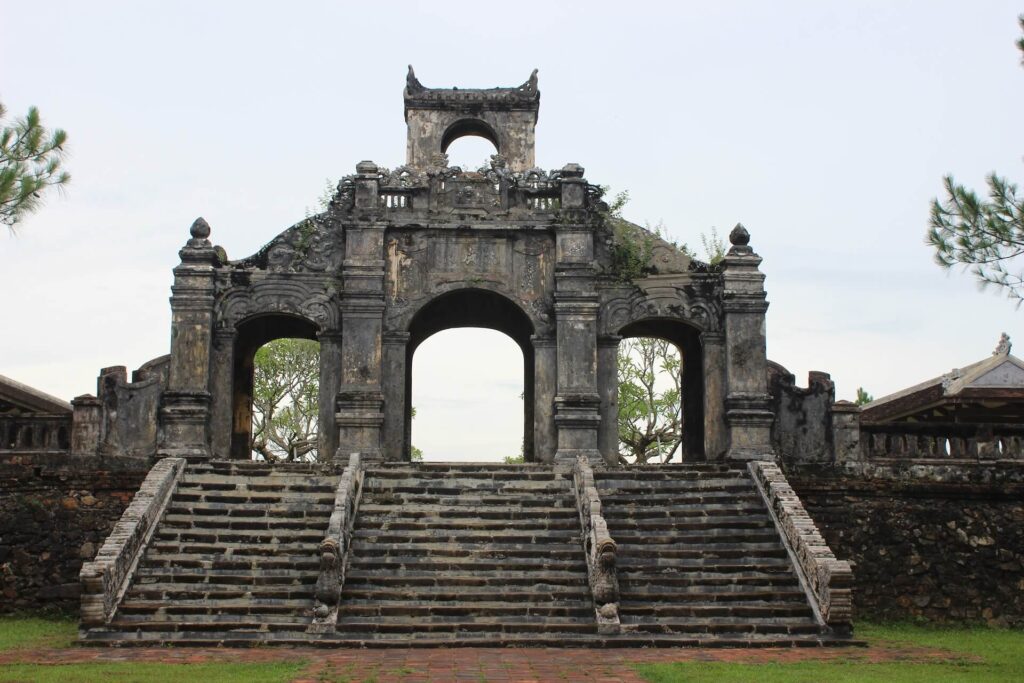
After Thien Mu, we drove the couple minutes down the road to the Temple of Literature, which was entirely empty and a stark contrast to the hectic and crowded Thien Mu. The temple was created as a way to honor intellectuals, hence its name. There is not much still standing, as most of the buildings were completely destroyed during the wars.
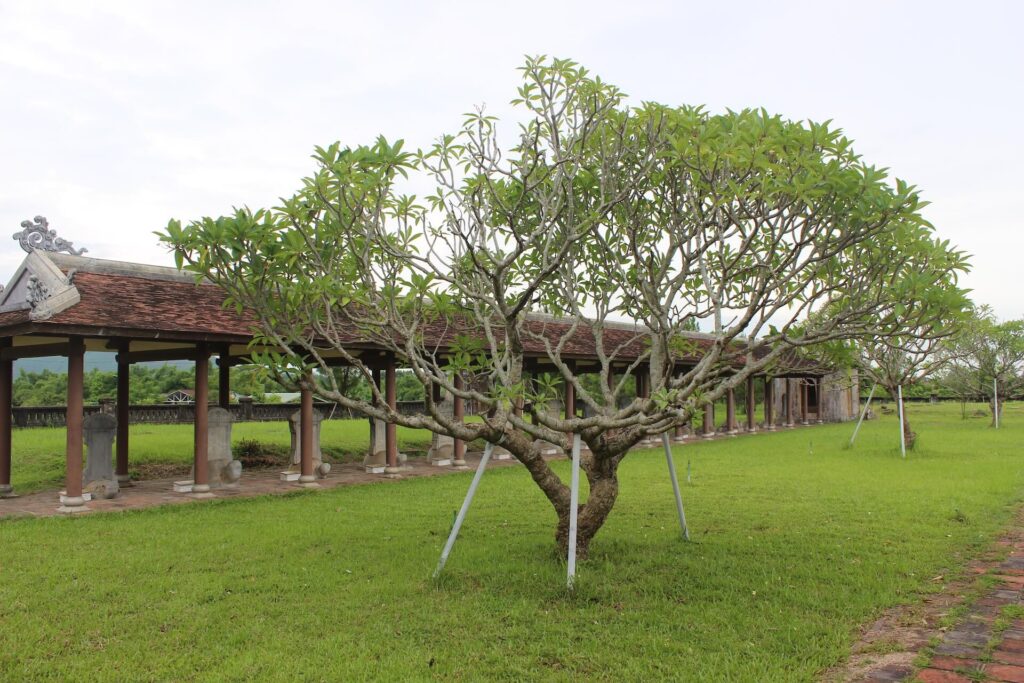
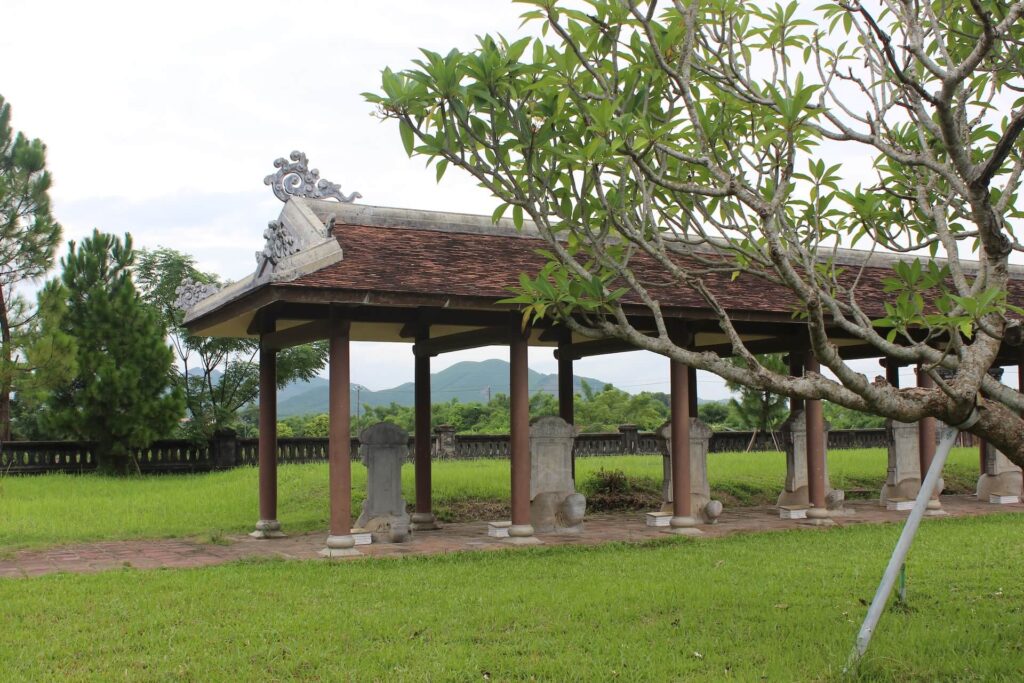
There remain just 32 stone steles (tablets) on the backs of large carved turtles. The steles feature the names of the doctorates who passed the Nguyen Dynasty imperial exam each year. (Given the small number of turtles, I have to assume that many have been destroyed throughout the years). Turtles are one of the four sacred animals in Vietnam, and they represent longevity and scholarship.
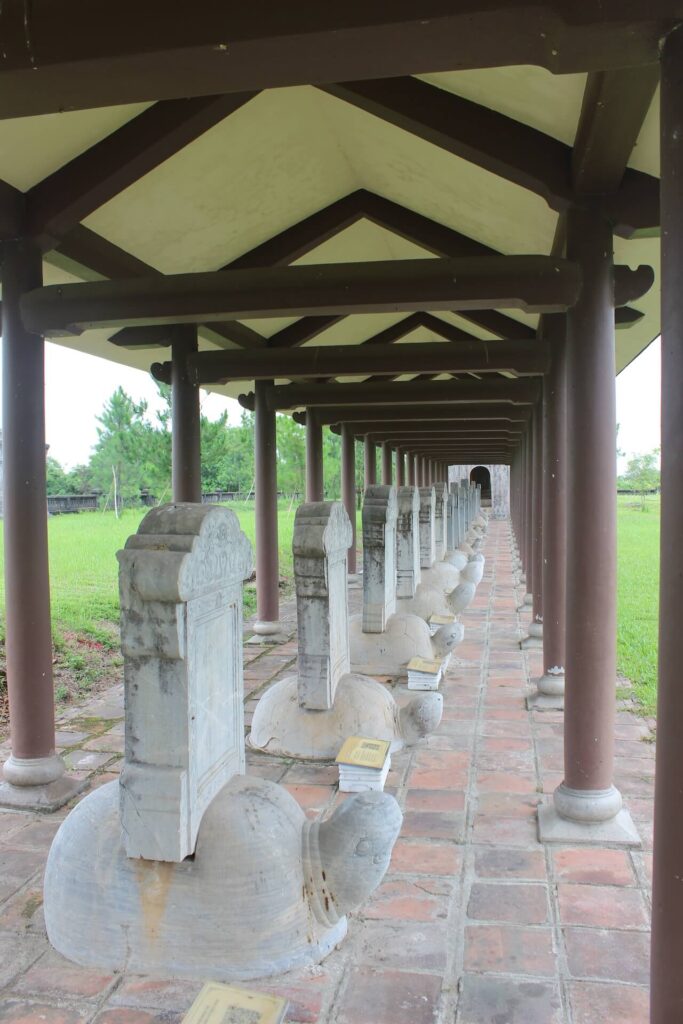
Chùa Huyền Không (Huyen Khong Temple)
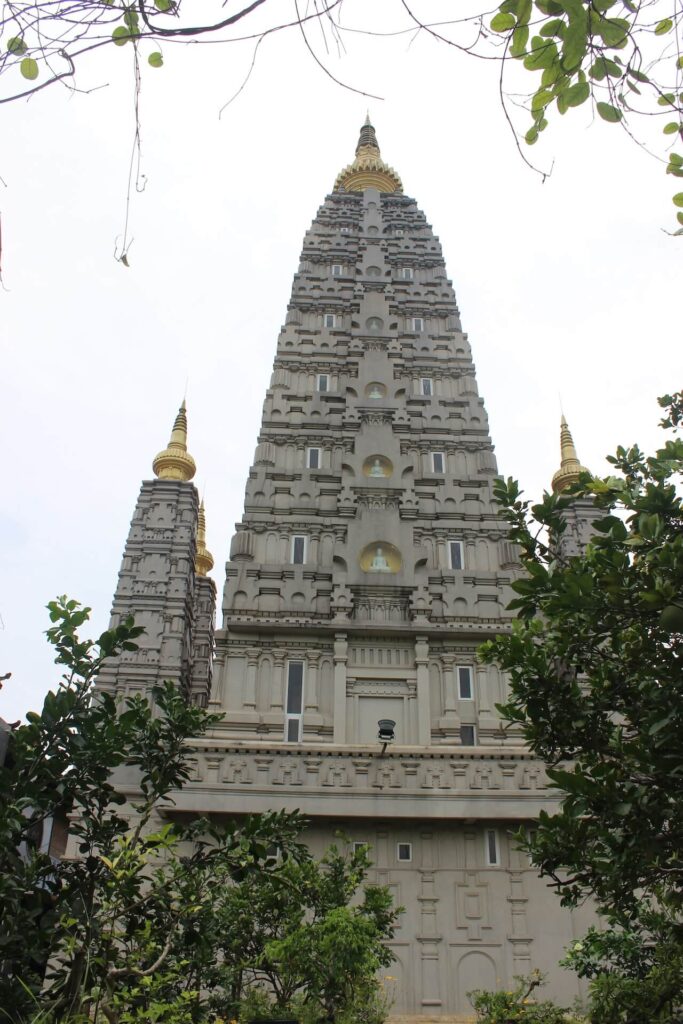
While the stupa was super impressive, there wasn’t much to this temple physically. That said, it is an active monastery and featured several panels in the back courtyard depicting the origin story of Amitabha (if I am remembering correctly). The story was fascinating to peruse (albeit via Google Translate), and it was clear to see the common threads that all religions share.
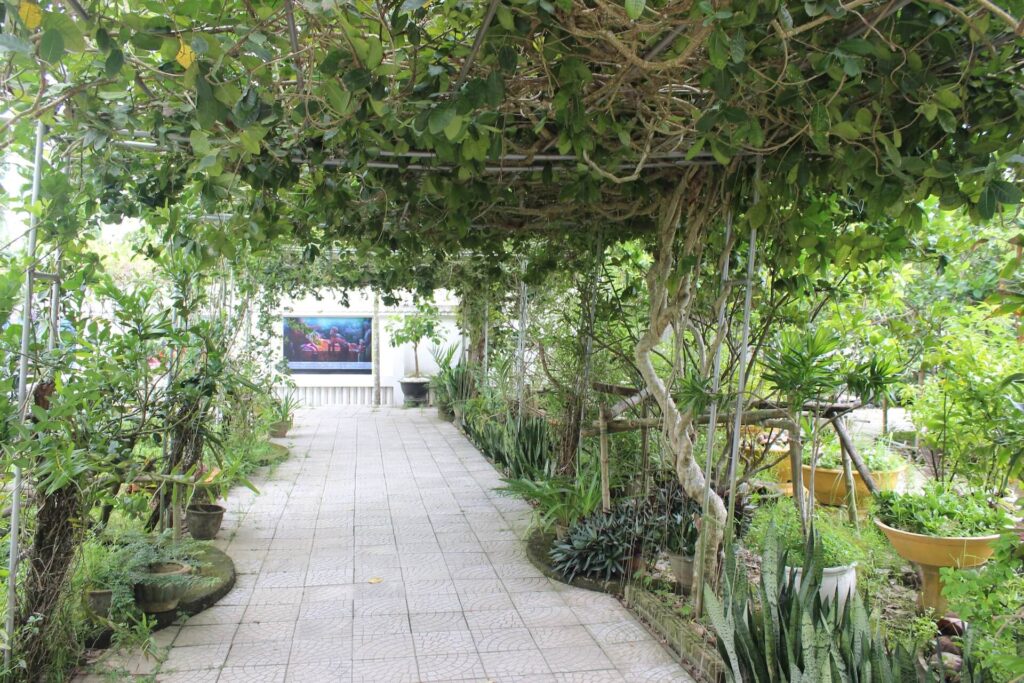
Motorbike Ridin
We had a bit of a drive to our next stop, so enjoy the views. They would’ve been better if the day hadn’t decided to be overcast and perpetually on the verge of dumping rain.
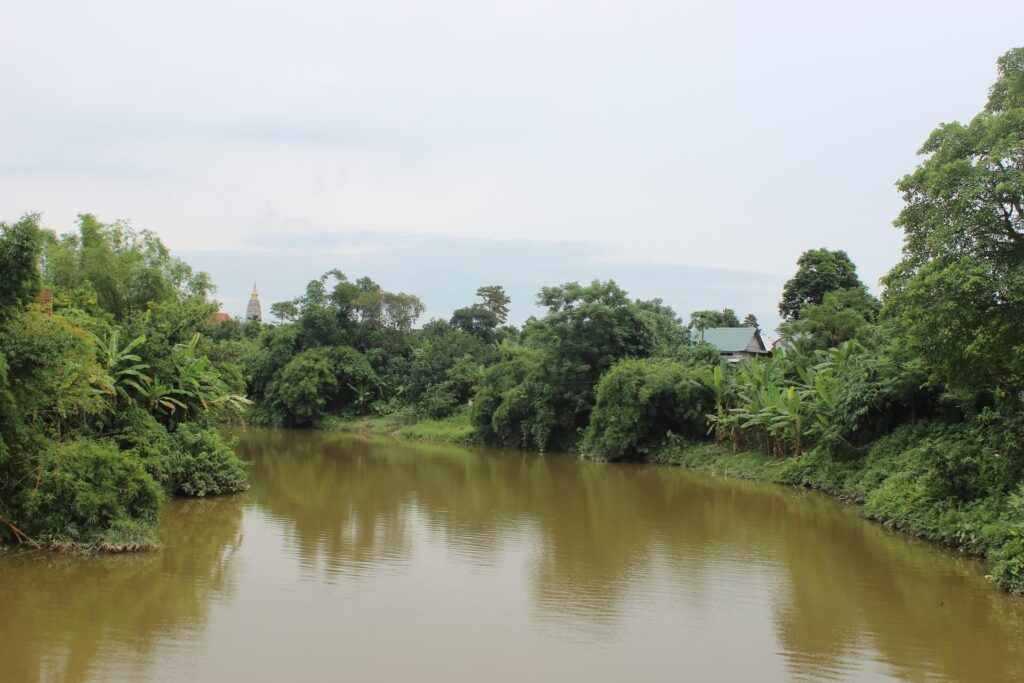
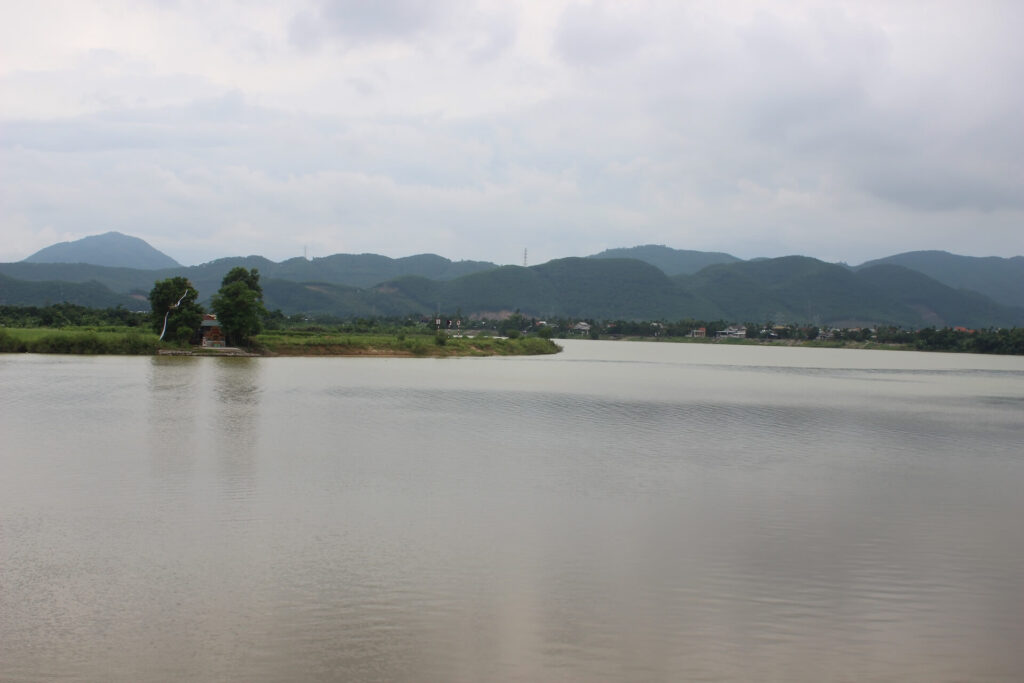
Lăng Khải Định (Khai Dinh’s Tomb)
There are quite a few tombs of former emperors scattered throughout Hue, given that it was the ancient capital, but due to time constraints, we narrowed it down to two. The first was that of Emperor Khai Dinh. I had read that it was the most impressive, so we wanted to prioritize it.
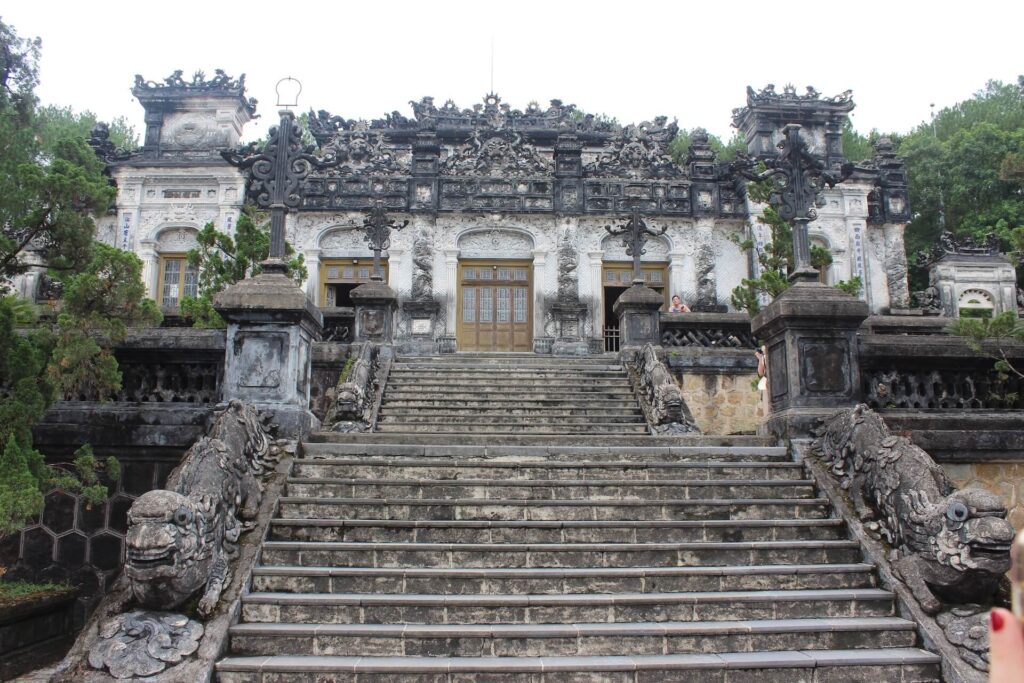
(You can see the girl hiding behind the railing on the first story, and the well-meaning woman up top.)
The exterior, leading up to the tomb. It was broken into three levels by three sets of stairs, which were in turn split into three avenues. If the rules are at all similar to the Citadel, only royalty would be allowed to use the center set of stairs, with everyone else relegated to the peripheral.
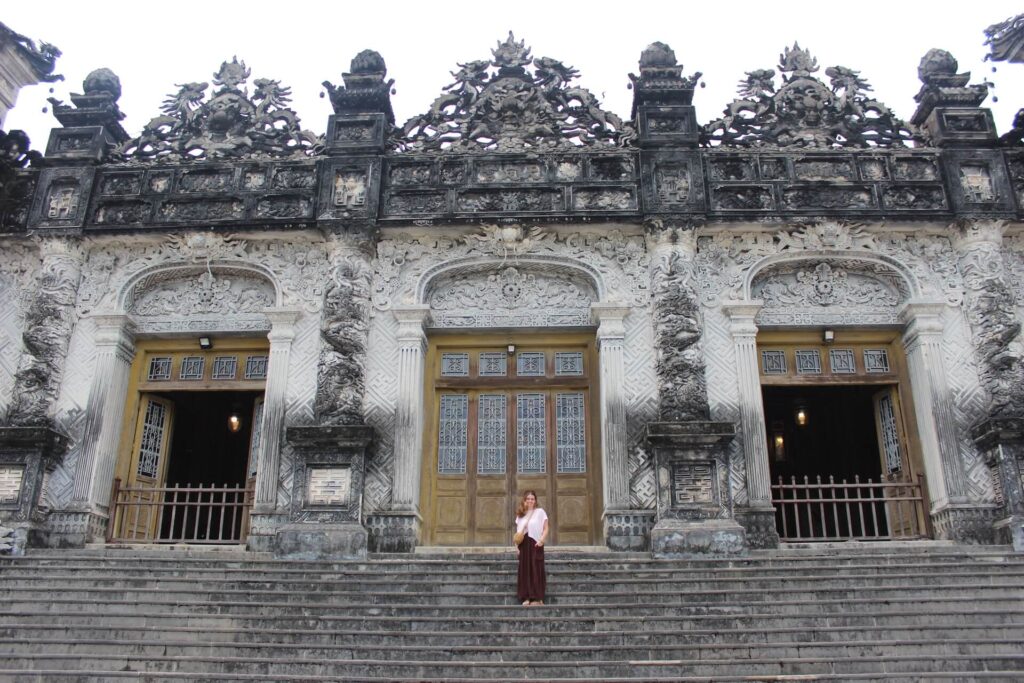
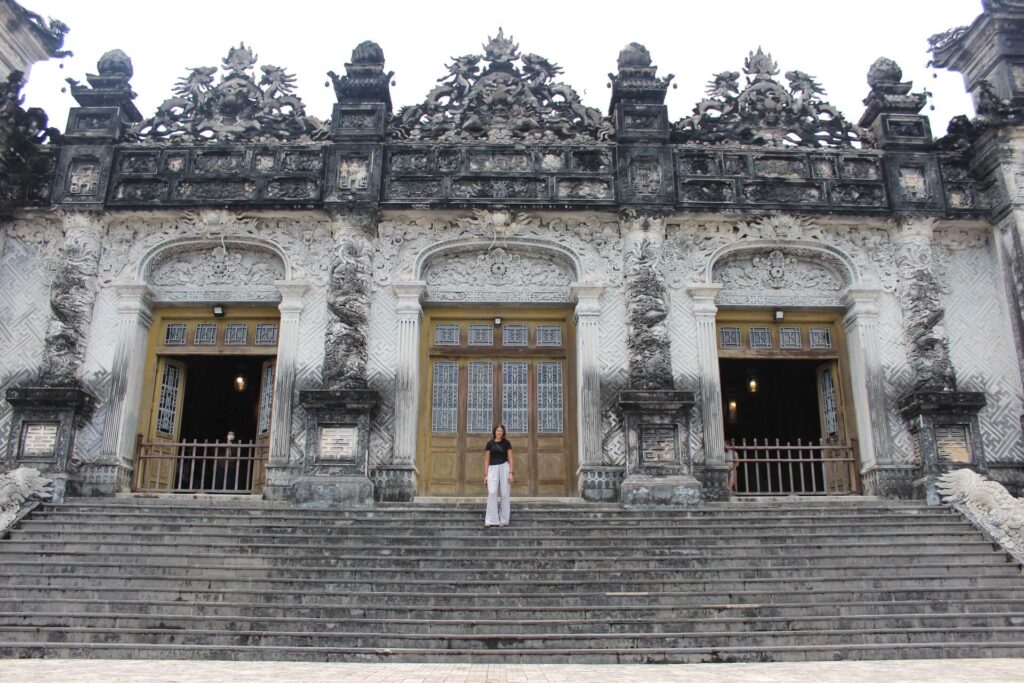
The inside was as impressive as the outside, with every square inch of the walls inlaid (am I using that right?) with mosaics. It immediately made me think of you, father, and how much you would love Vietnam given how much they love their mosaics. The ceilings were just as ornate as the walls, although solely paint was used as far as I could tell.
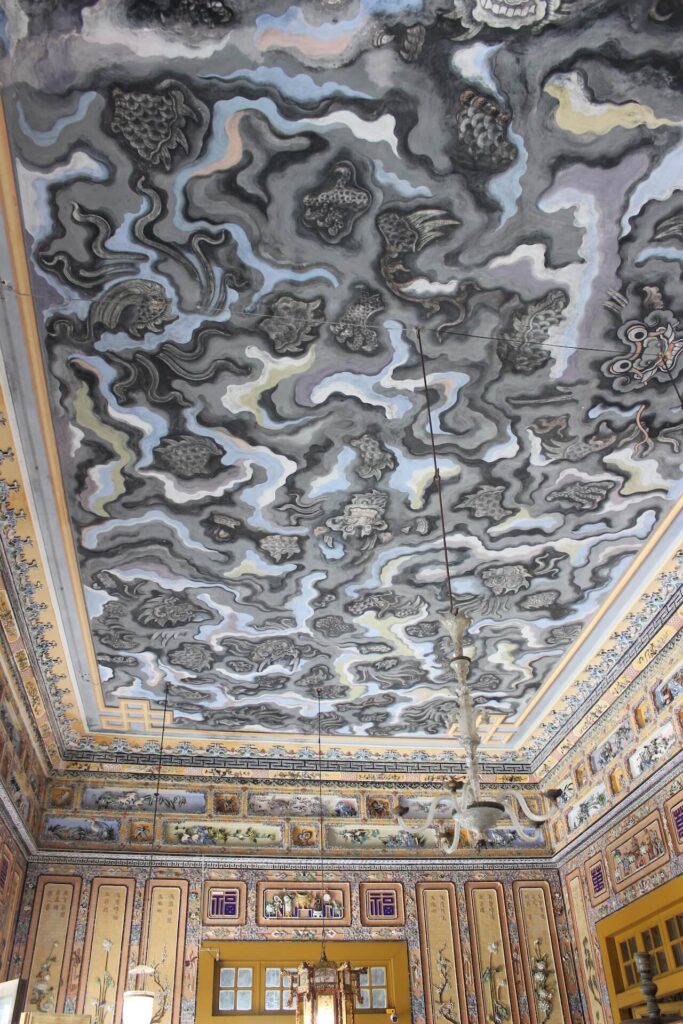
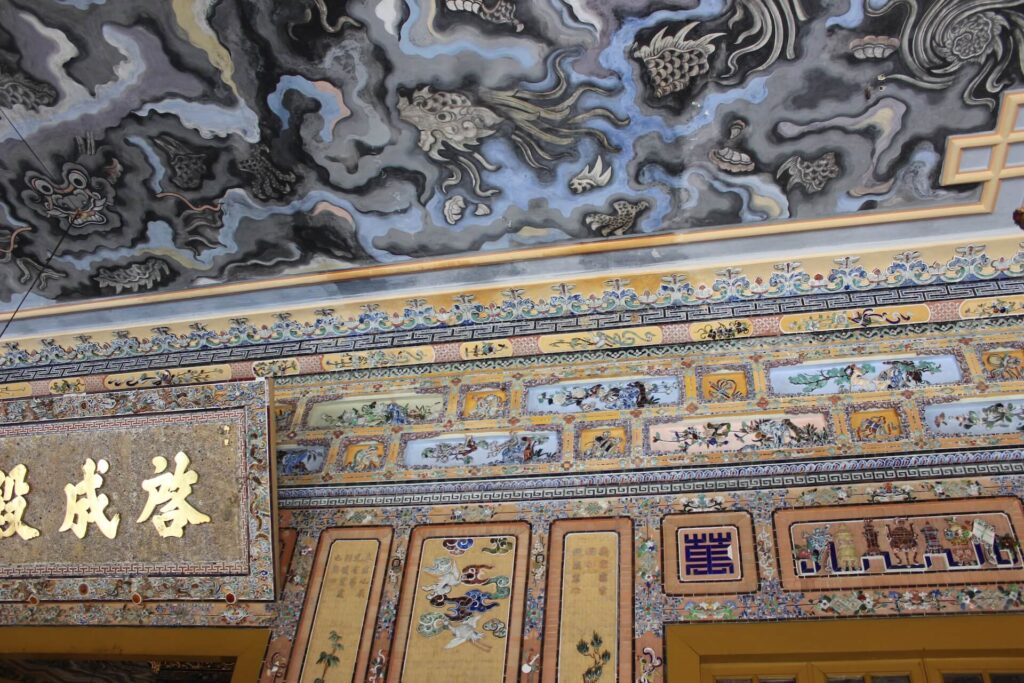
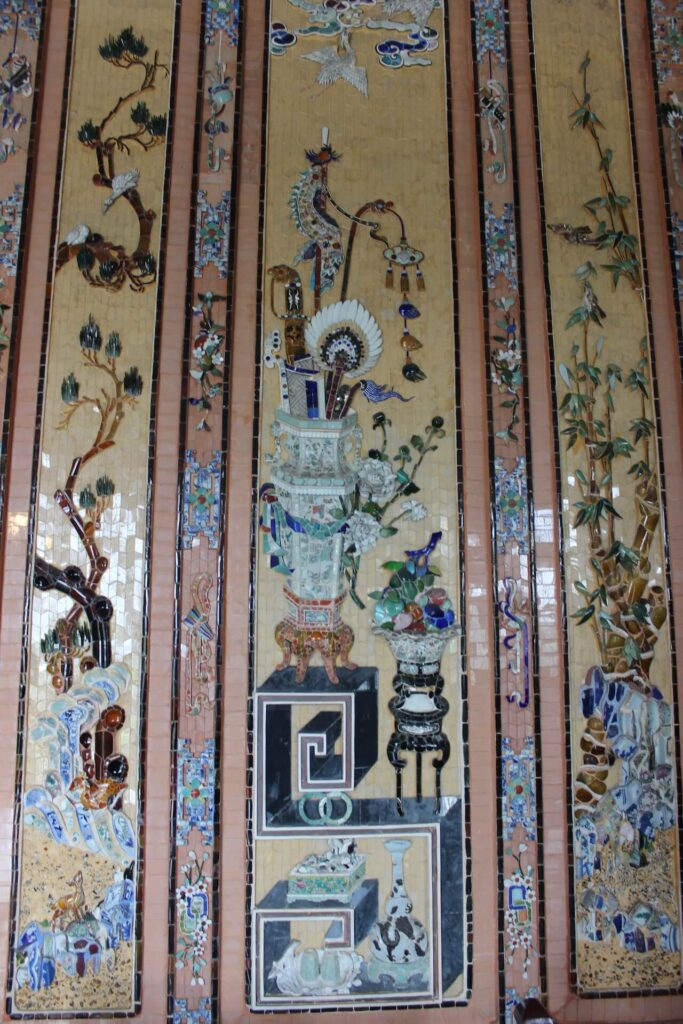
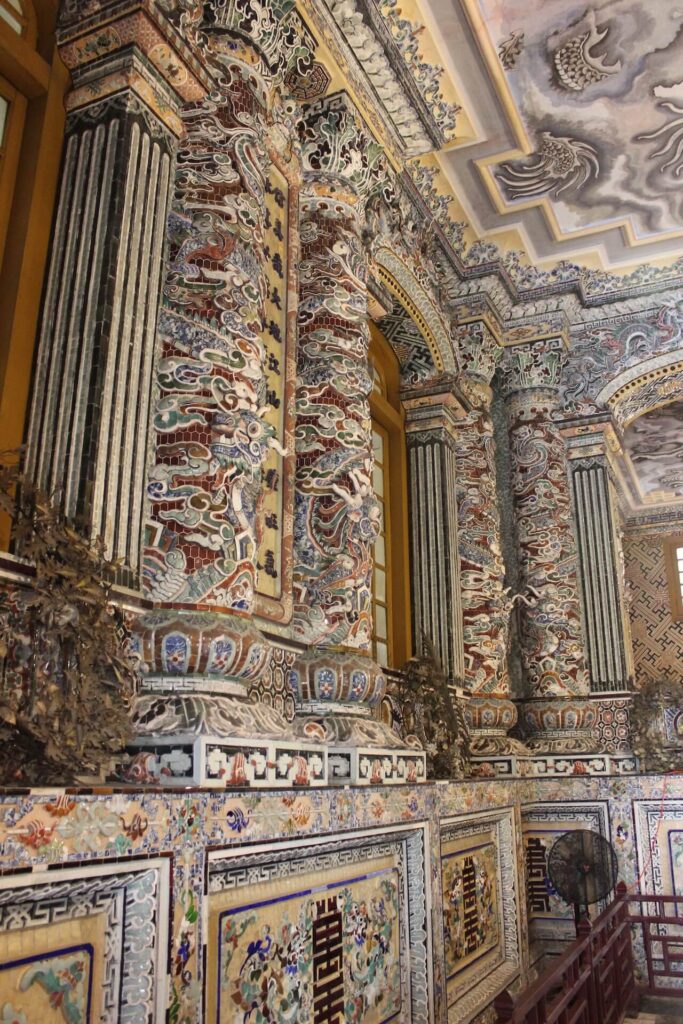
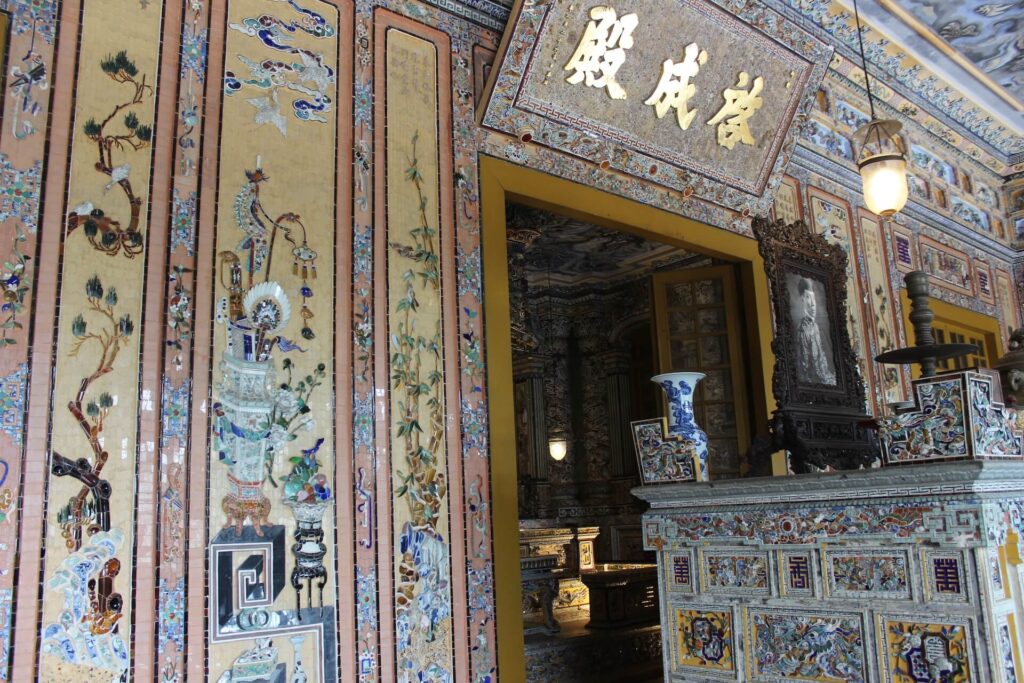
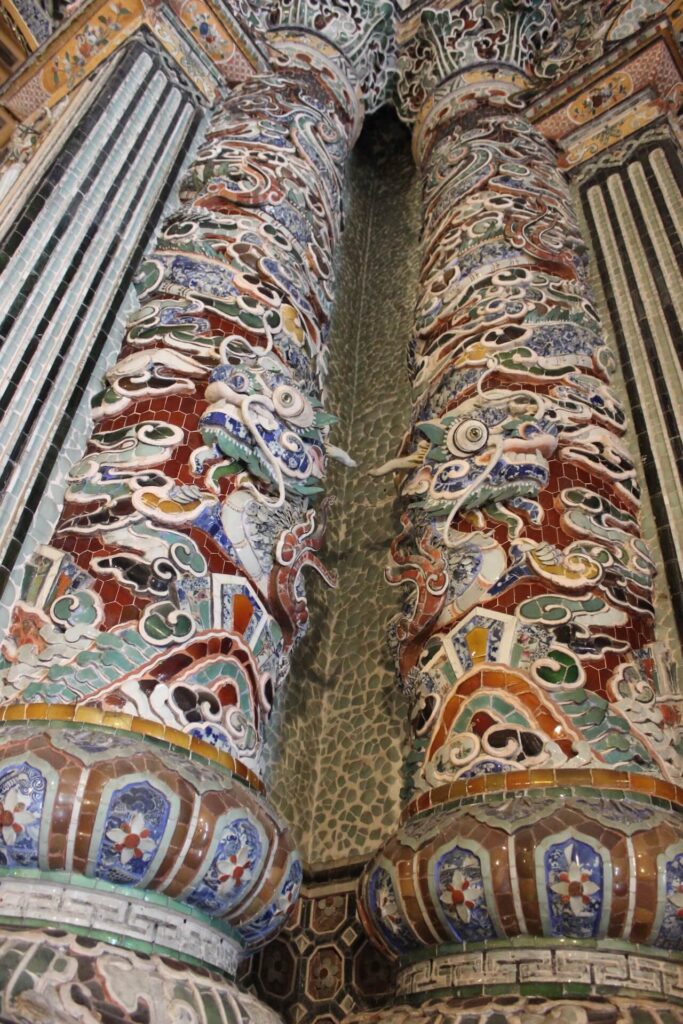
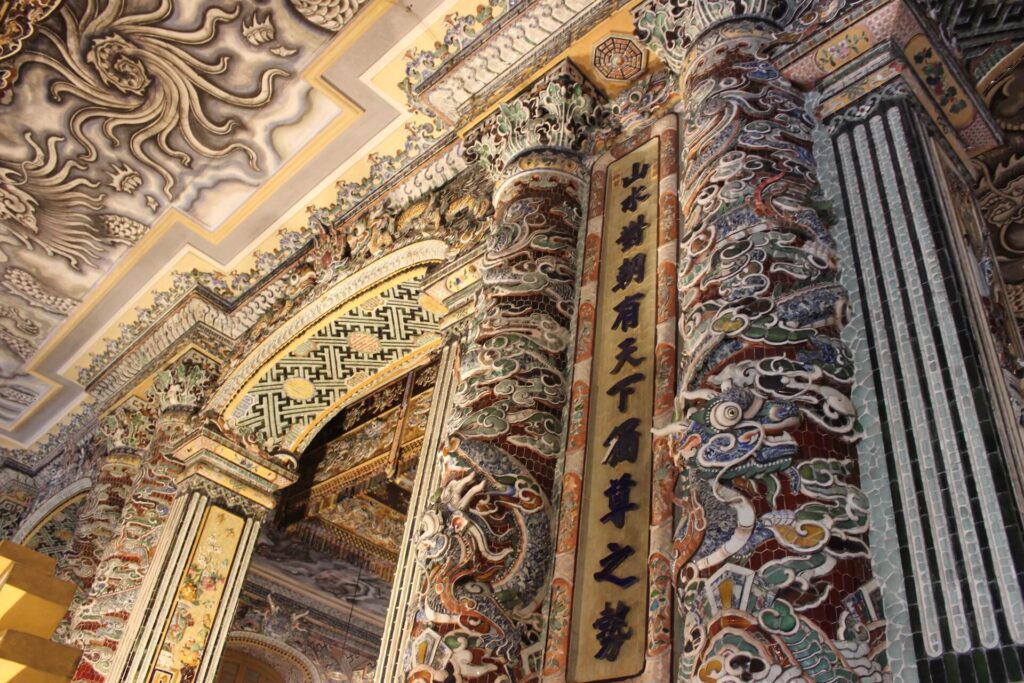
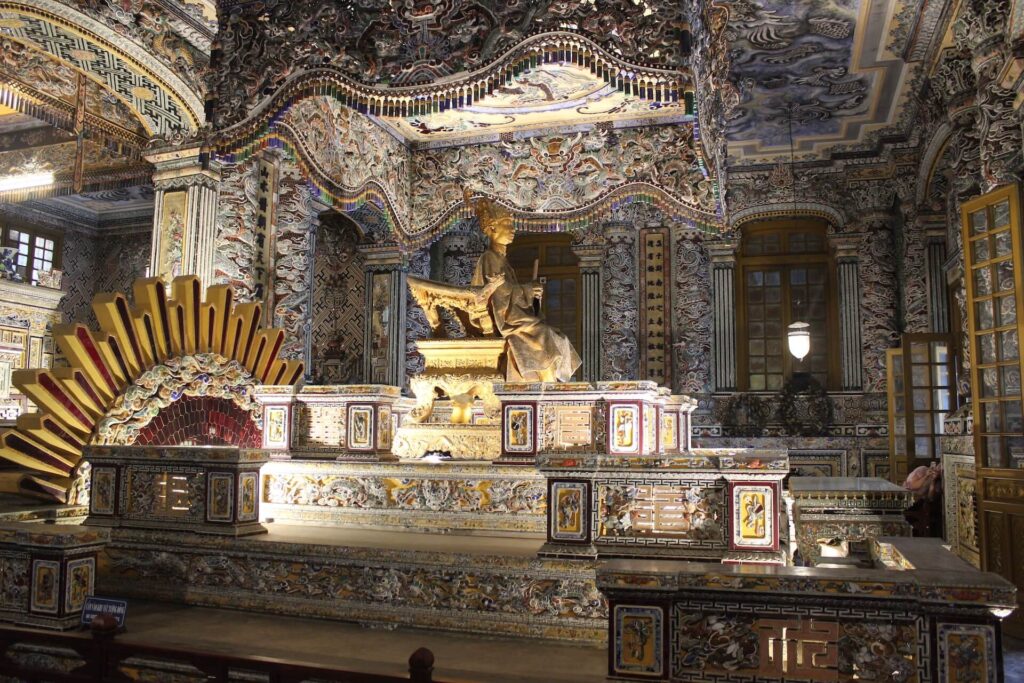
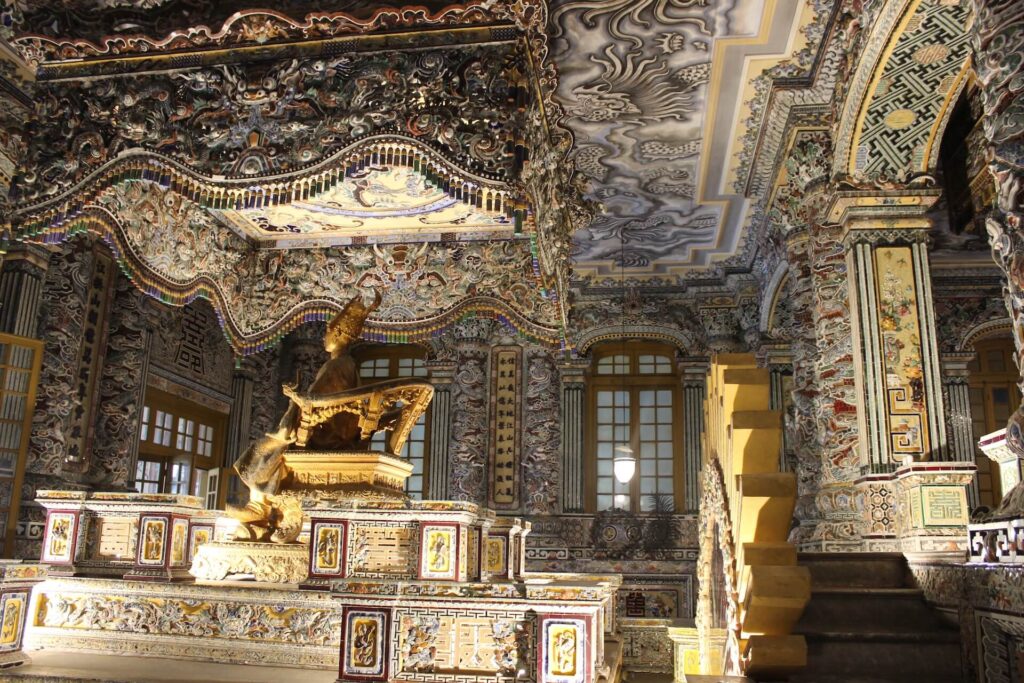
Abandoned Waterpark
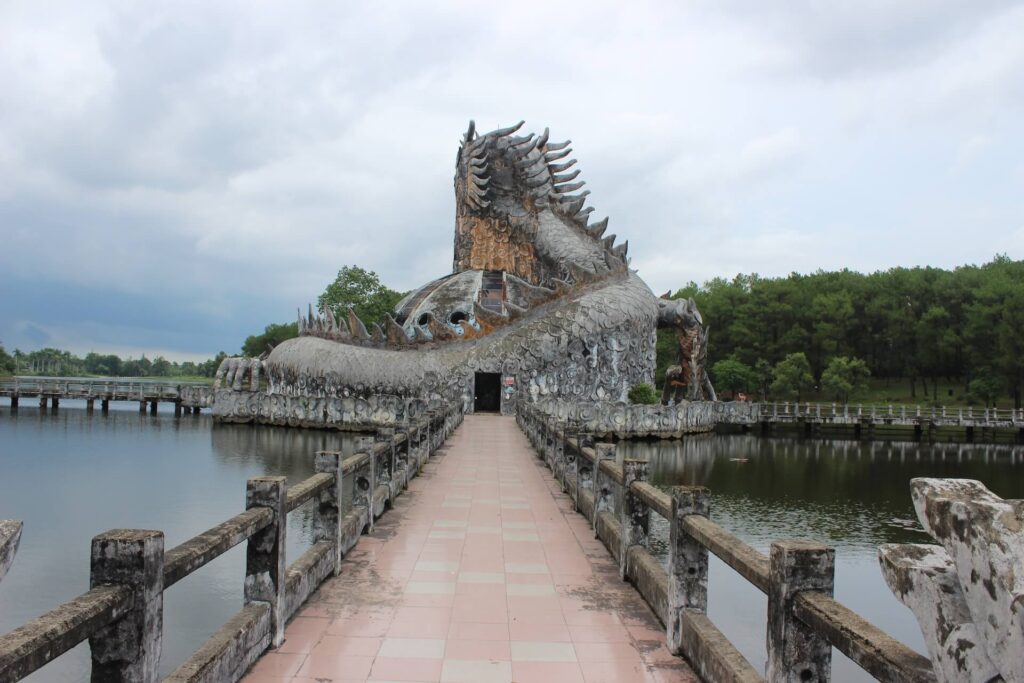
After the tomb, we took some dirt roads visible on Google Maps to the abandoned waterpark because we had read that there were “guards” who sit at the entrance and charge a fee to visitors. Given that it is an abandoned waterpark, the “guards” are nothing more than a scam that we wished to avoid. Also, they would’ve made us leave our motorbike, and the waterpark covers a HUGE loop that we did not have time to walk.
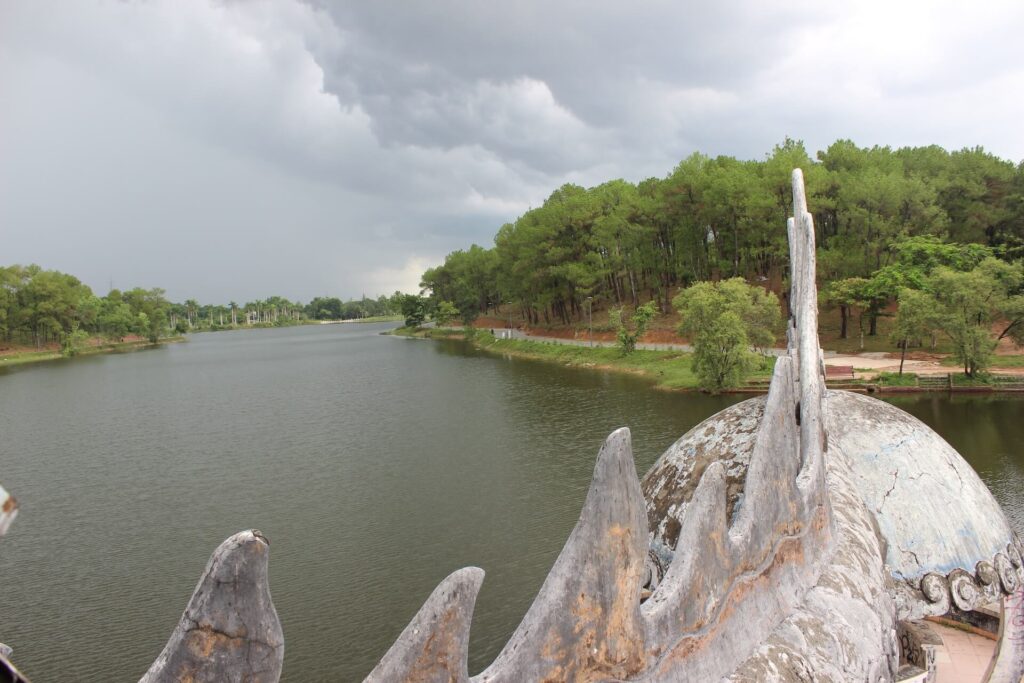
We made it in without incident, but we quickly passed a guard station that yelled at us for being on a motorbike. We, of course, ignored it and kept going (when in doubt, play dumb American girl.) (Ask for forgiveness, not permission. Well-behaved women seldom make history. All that jazz.) As we approached the big dragon thing (I say thing because I genuinely don’t know what it was), we heard more whistling and yelling. We once again ignored it, but this dude was a little more persistent.
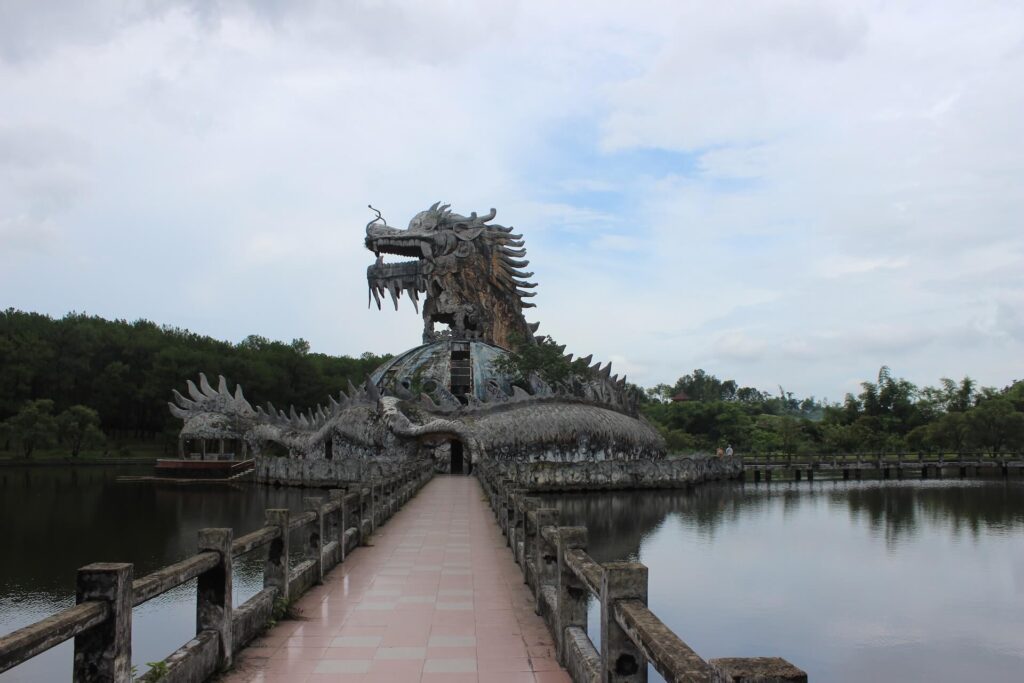
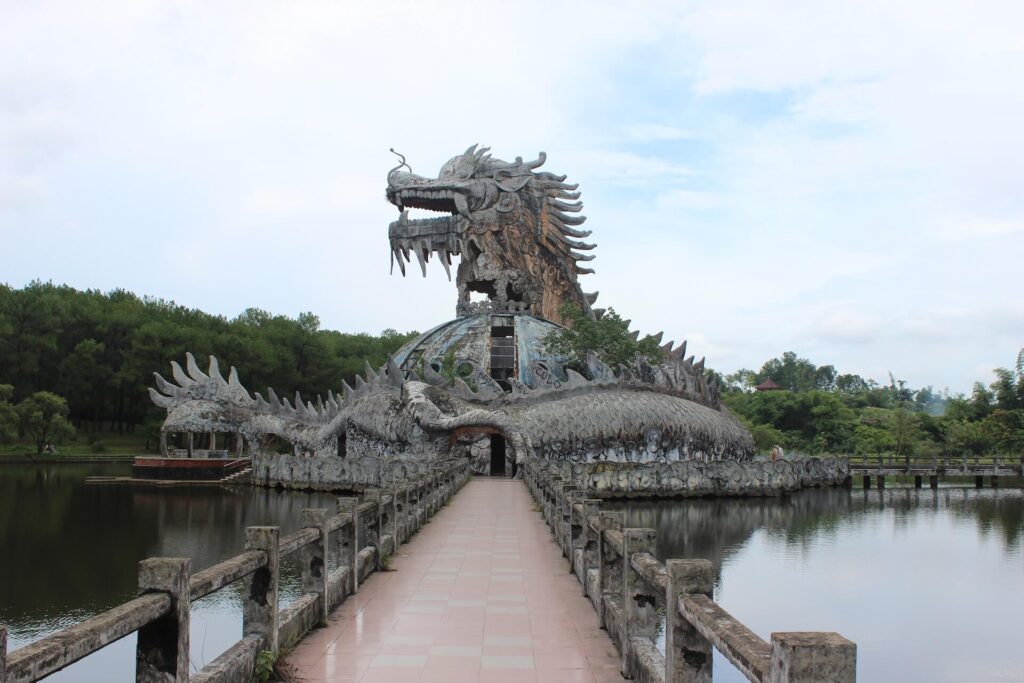
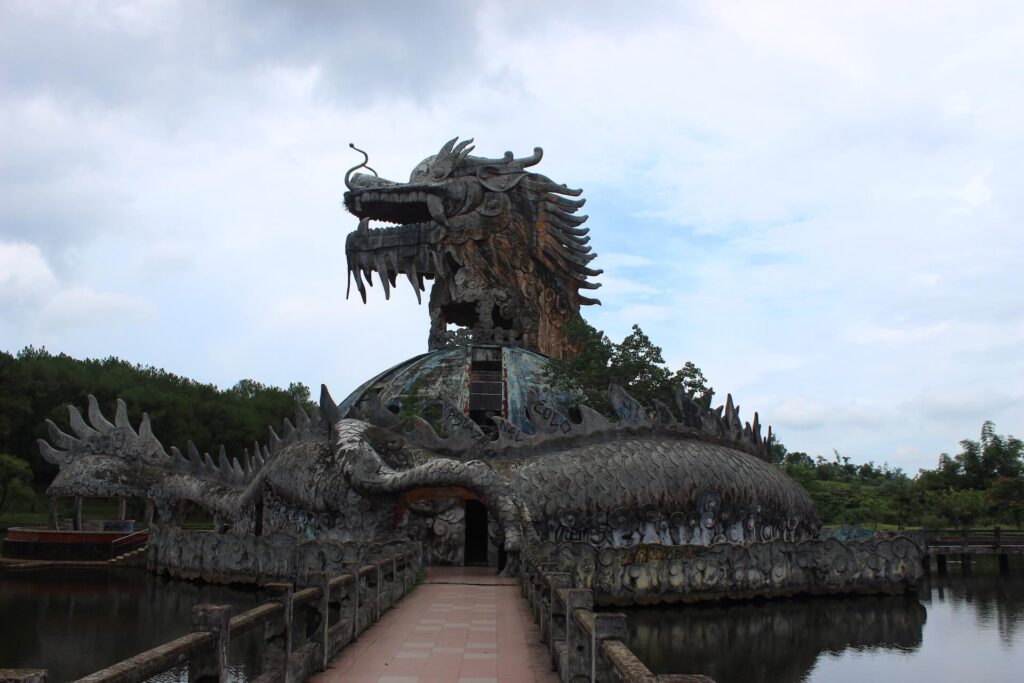
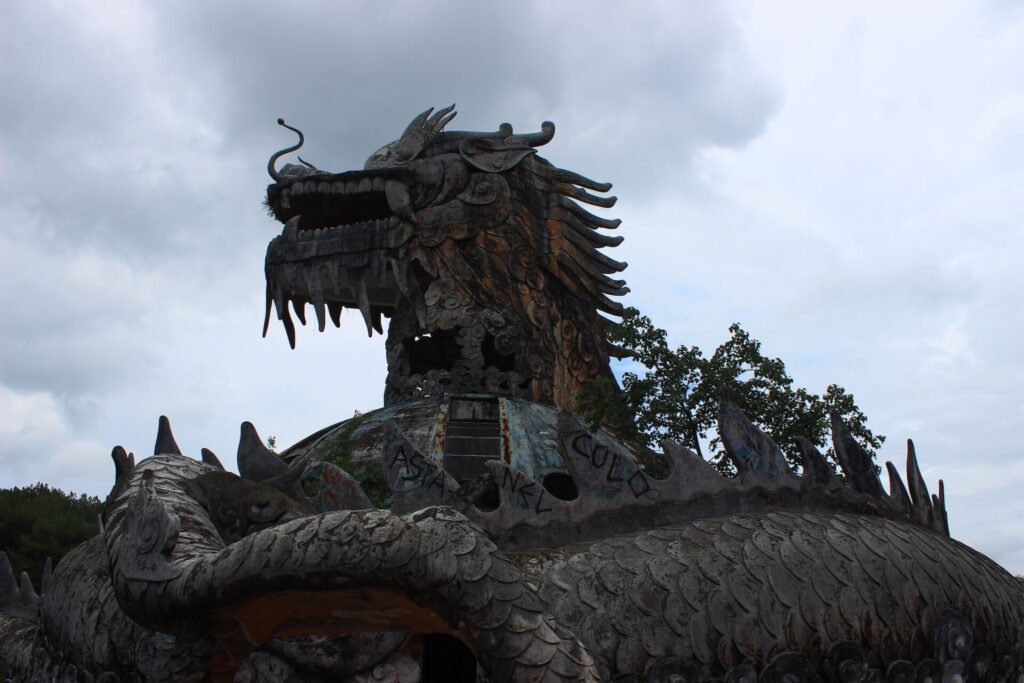
While we were exploring the dragon, we noticed a guard headed our way on a motorbike (reinforcements had been called in). He approached us and told us that we needed to leave with our bike because they were not allowed. Susie was freaking out a bit, so I handled it and told him we were so sorry and didn’t realize we couldn’t ride our bike in. When he explained once again that we couldn’t and needed to leave, I apologized some more and then asked if we could just take some photos before we left. He agreed and went on his merry way.
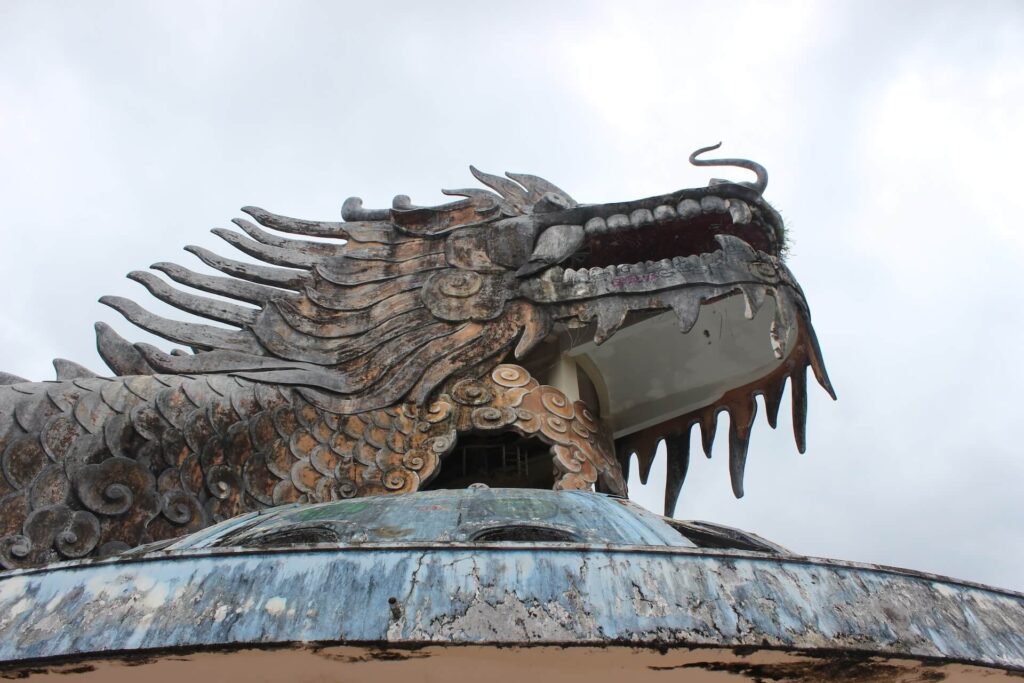
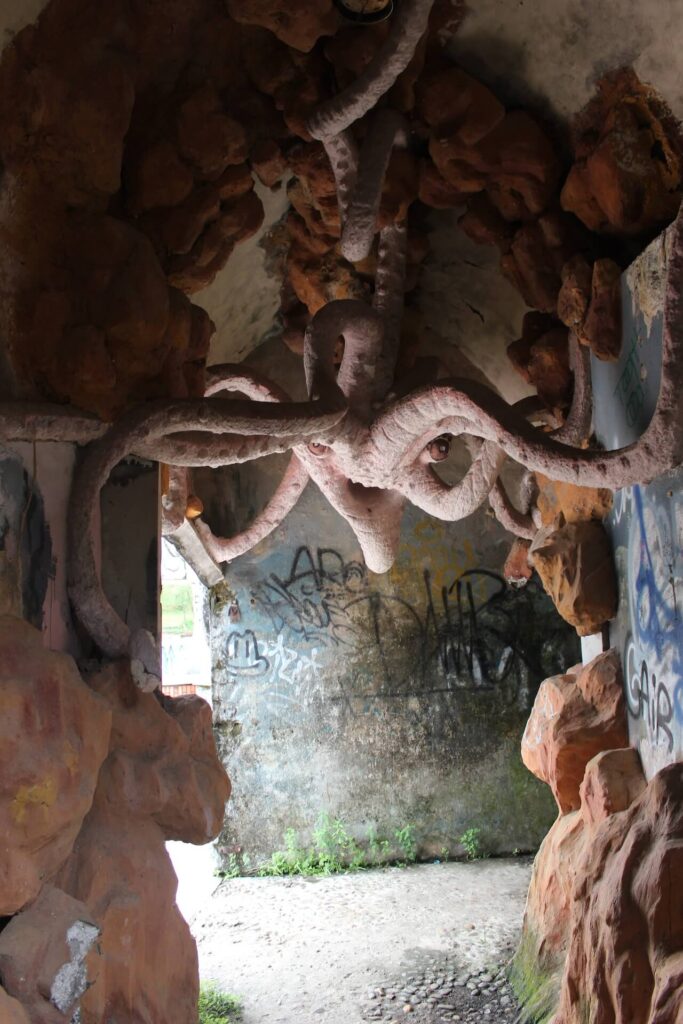
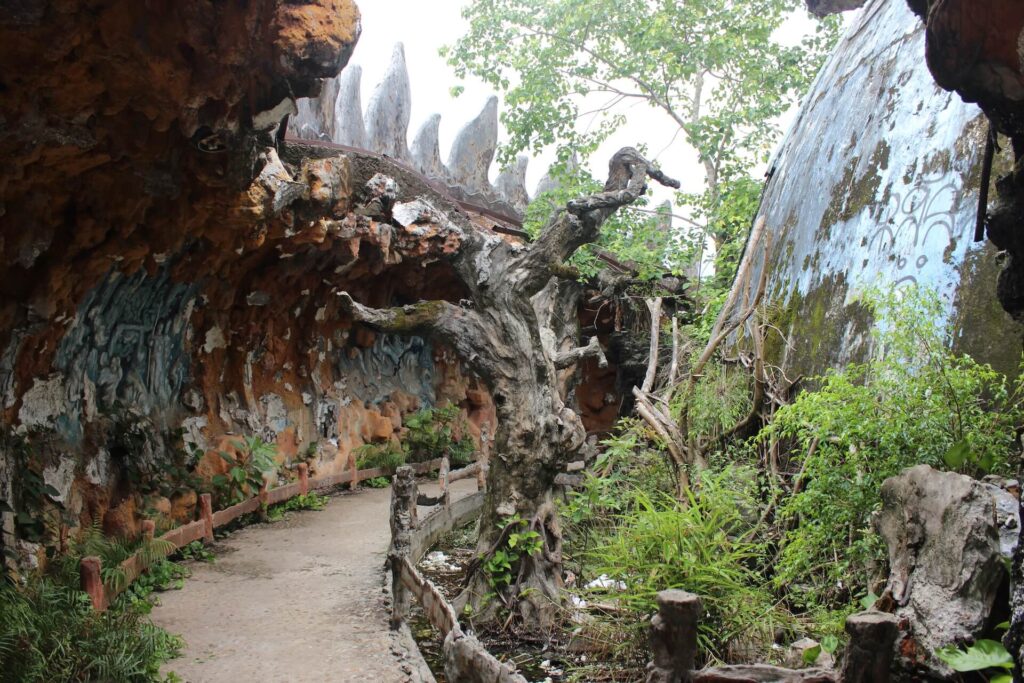

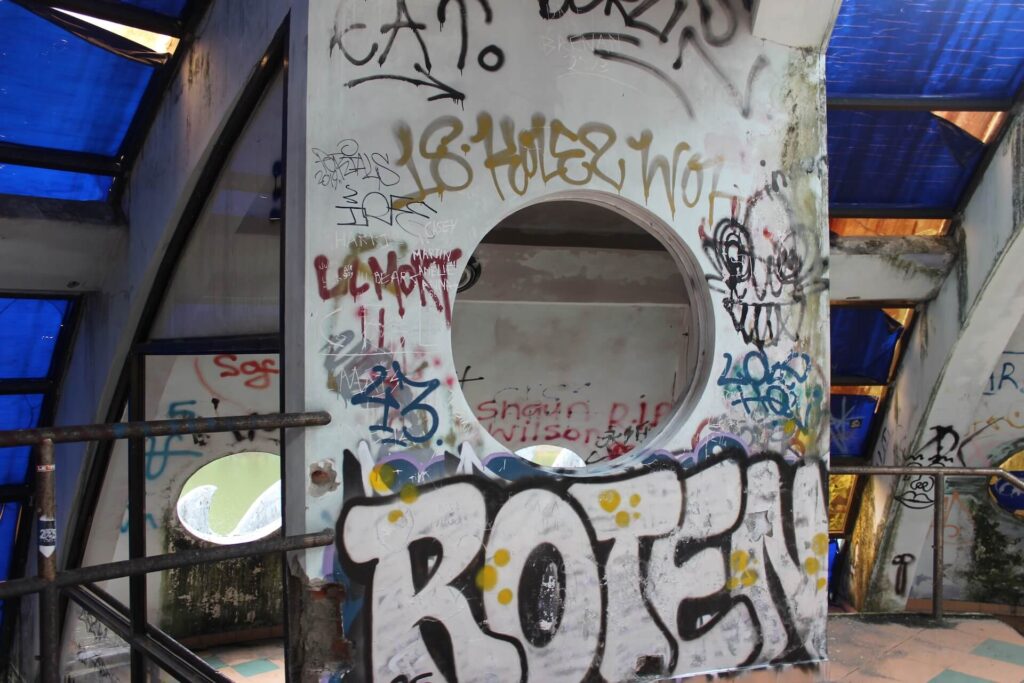
We continued to explore the structure, getting more and more frustrated by the second because we couldn’t figure out how to get into the dragon head, and we knew it was only time until our new friend came back to issue another warning. (What they can actually really do, I’m not too sure.) Sure enough, he returned, whistling at us from his bike. (Fake guards are quite lazy and really do not want to have to walk to you if they can convey what they want with whistles and hand gestures.) We got the message and gestured as such by walking towards our vehicle.
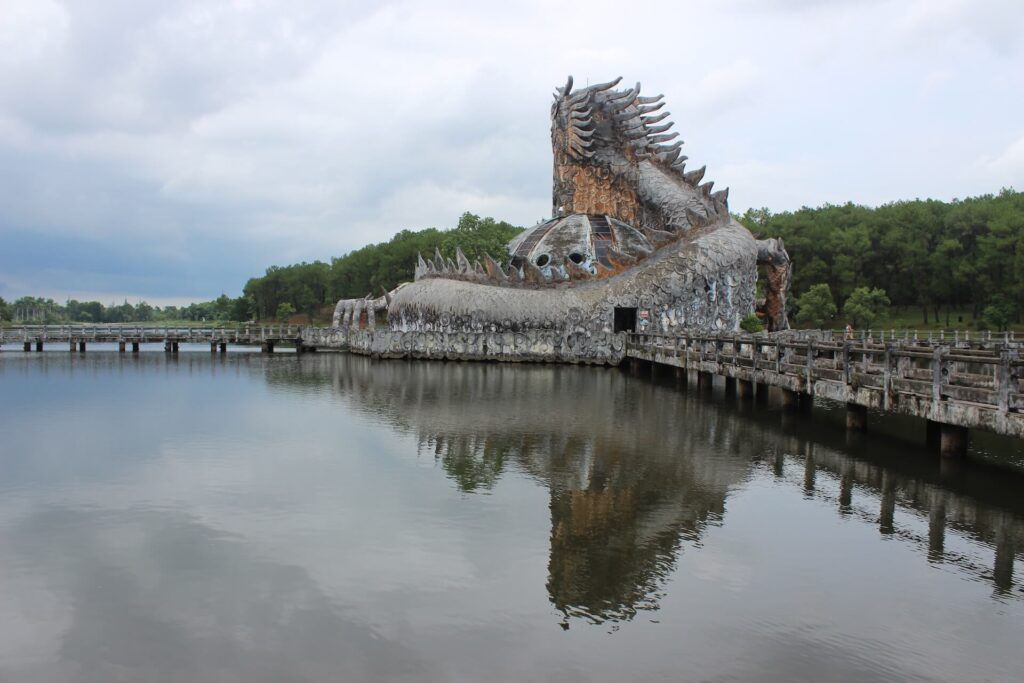
We drove a bit to get him to leave and to see if we could sort out where the hidden stairs could be, and Susie quickly realized they were on the outside of the domed structure where we had been looking, in the tail. We weighed the option of trying to go back and up, but the skies had already opened a bit, and we figured the rain was impending. We donned our rain gear (aka my rain pants and Susie’s rain coat, one whole set between the two of us) and explored the remaining areas of the park. Rain tends to drive fake guards under tents, so we knew that we wouldn’t come across anyone else trying to usher us out.
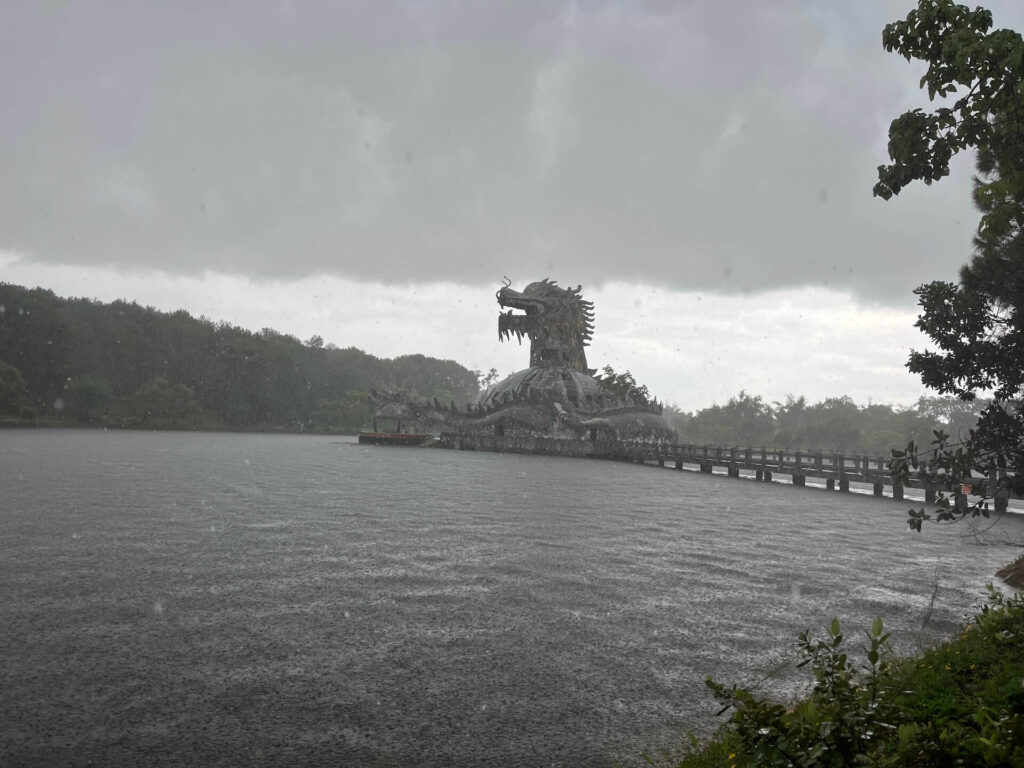
We stumbled on the old slides next, and I was incredibly tempted to go down them. The downpour had rewet their spouts and made the whole thing look very tempting (minus the cesspool at the bottom that would surely give me some kind of flesh-eating disease never seen before and soon-to-be named after me) (oh, and the rickety looking structure said spouts were attached to). I opted not to pursue the full waterpark experience (ah to be in my early 20s again and far more carefree), and we continued on our way.
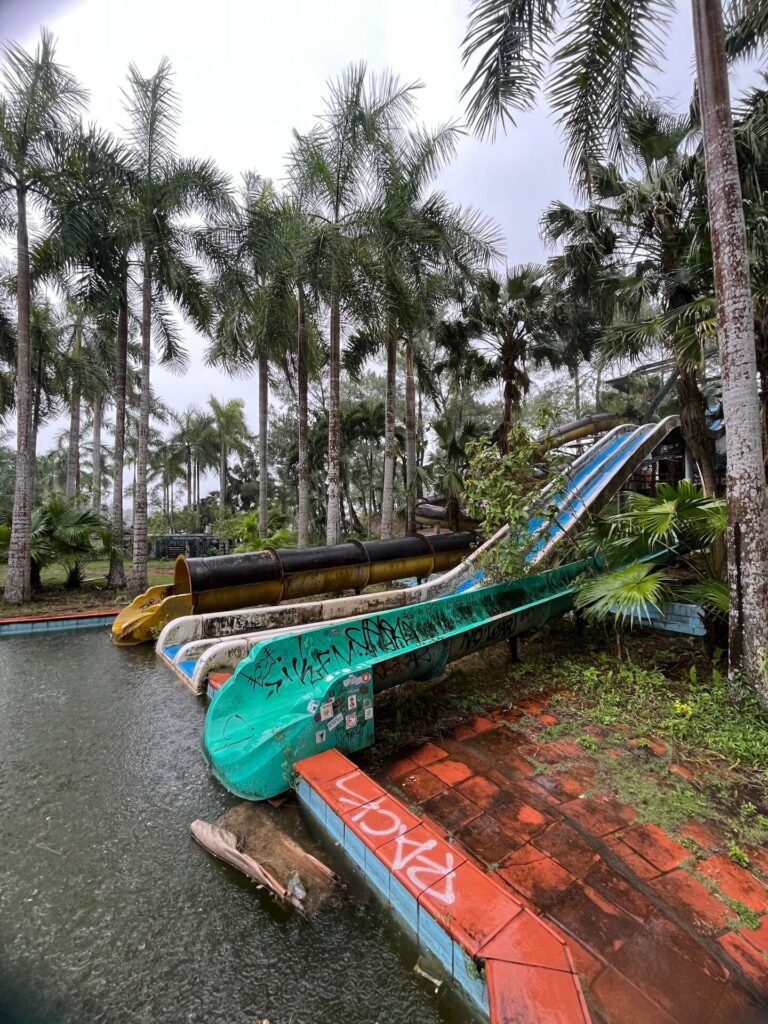
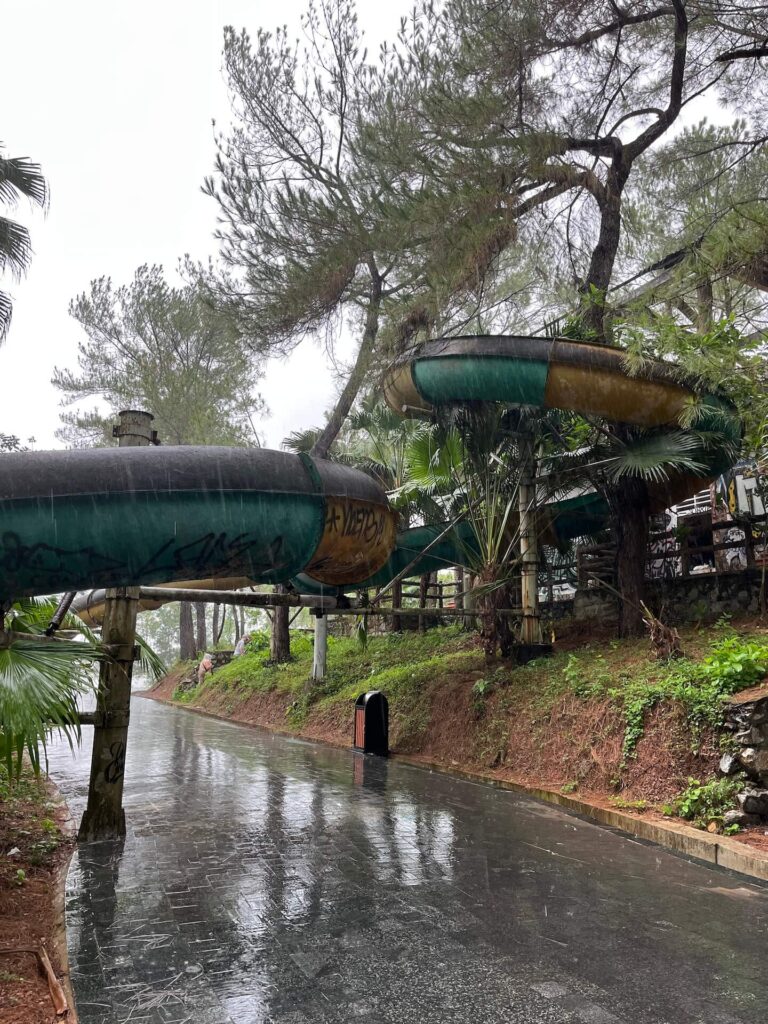
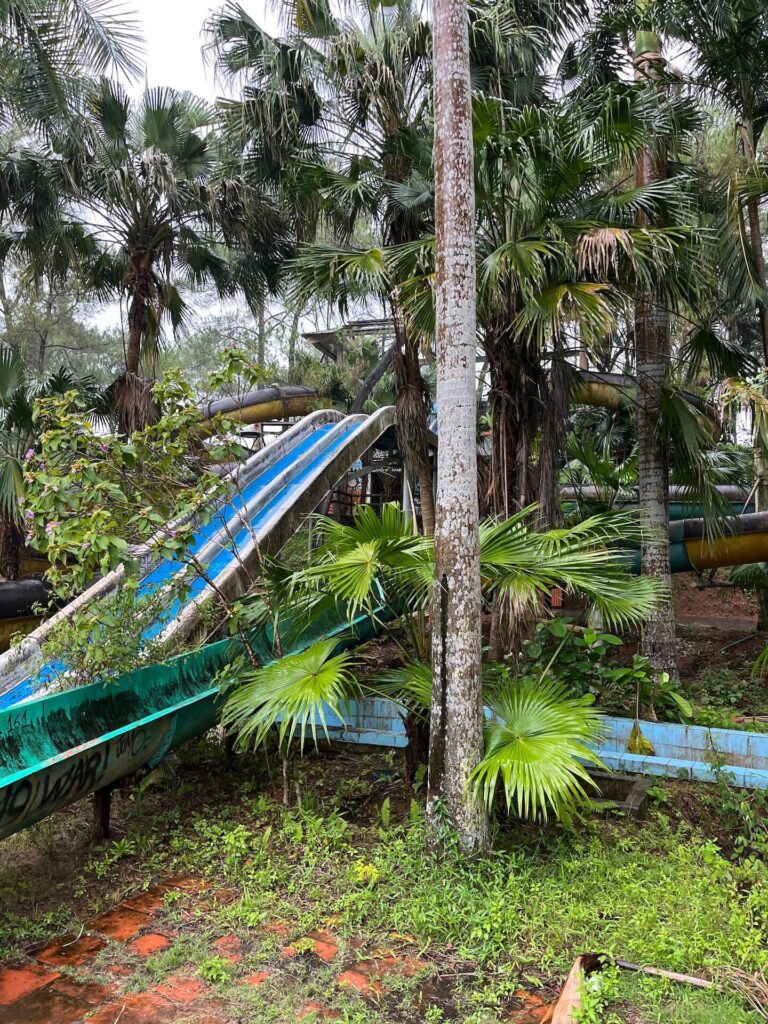
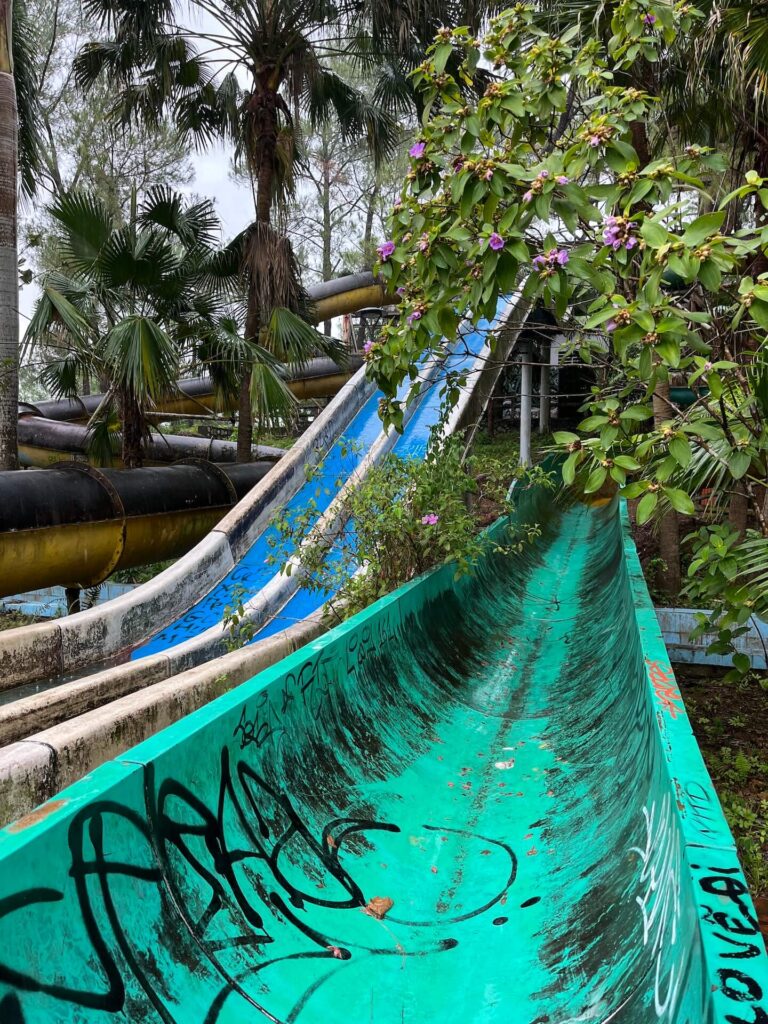
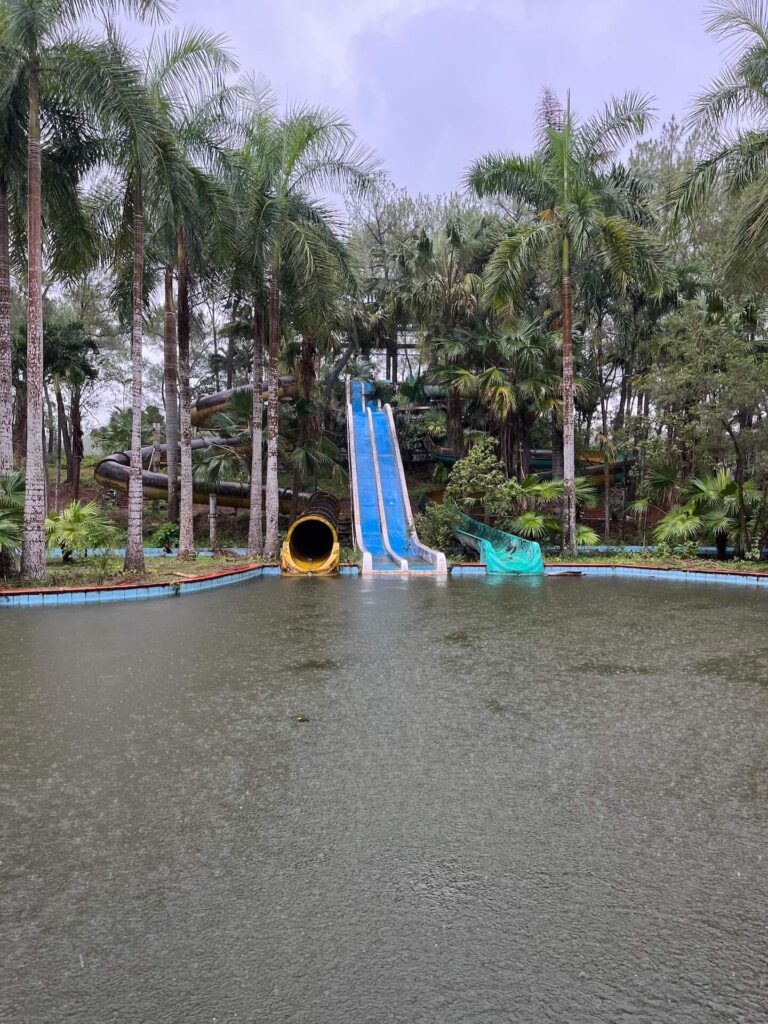
Bikes and Cars and Buses, Oh My!
We faced a 25 minute drive back to our hotel in the absolutely POURING rain. I mean torrential. Truly. By the time we got back, every inch of ourselves was dripping and sloshing. Our hotel was not too pleased to see us, but they hesitantly allowed us into the family’s bathroom to dry off and change in exchange for a promise of a good review. We waited out the rain on the patio area under the overhang and killed some time before our bus. We Grab ordered some traditional Hue cuisine, but it was not my favorite Vietnamese food.
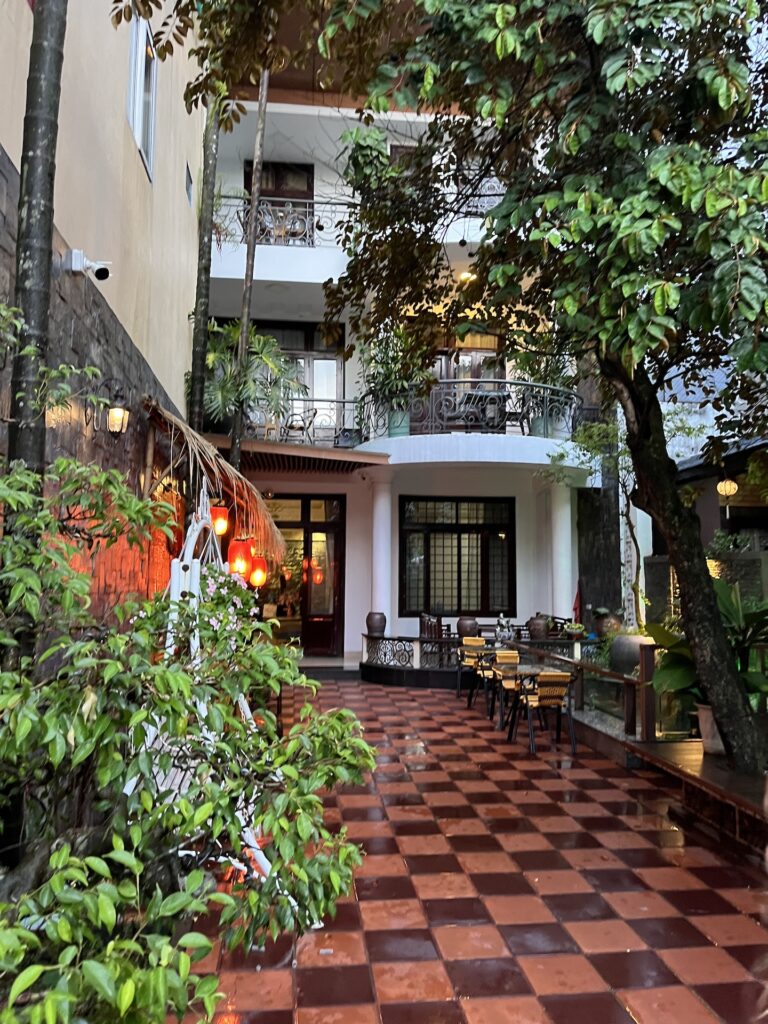
With time for the bus quickly approaching, we began to pack up our wet belongings and organize our bags. In a super classic Messy Lessi moment, I shattered my entire bottle of Da Lat white wine that I had been so excited to try all over the front patio. It had been wrapped in my raincoat for protection (clearly effective), and the unwrapping process went terribly awry (I blame the raincoat… we fought, it lost and is now full of holes—true story). SO, to recap, we have shown up well after checking out, soaking wet, dripped all over their private living quarters, posted up on their patio for hours, and now shattered glass and spilt wine all over the ground where they walk without shoes.
Sublime.
It was in that moment… Susie and I made eye contact… our singular option… flee (after I picked up all the large glass pieces, obviously, and tried to tell them using super vague terminology that something had spilled).
Susie snagged a Grab with our luggage (I actually think she called the Grab the second the bottle hit the ground, she was out after Winegate with or without me) while I drove the bike back to where we had procured it (aka the random cafe). The man I got it from was not there, so I just handed the key to a random barista and hoped it would make its way back to its rightful owner. I then walked 15 minutes in the London drizzle to another booking place to meet up with Susie (where we thought would be the bus station, but that would be too easy, and “nothing is logical in Vietnam” — Susie). We then were put in another taxi to go to the actual bus station, which wound up being closer to our hotel and where I had dropped off the bike (make it make sense).
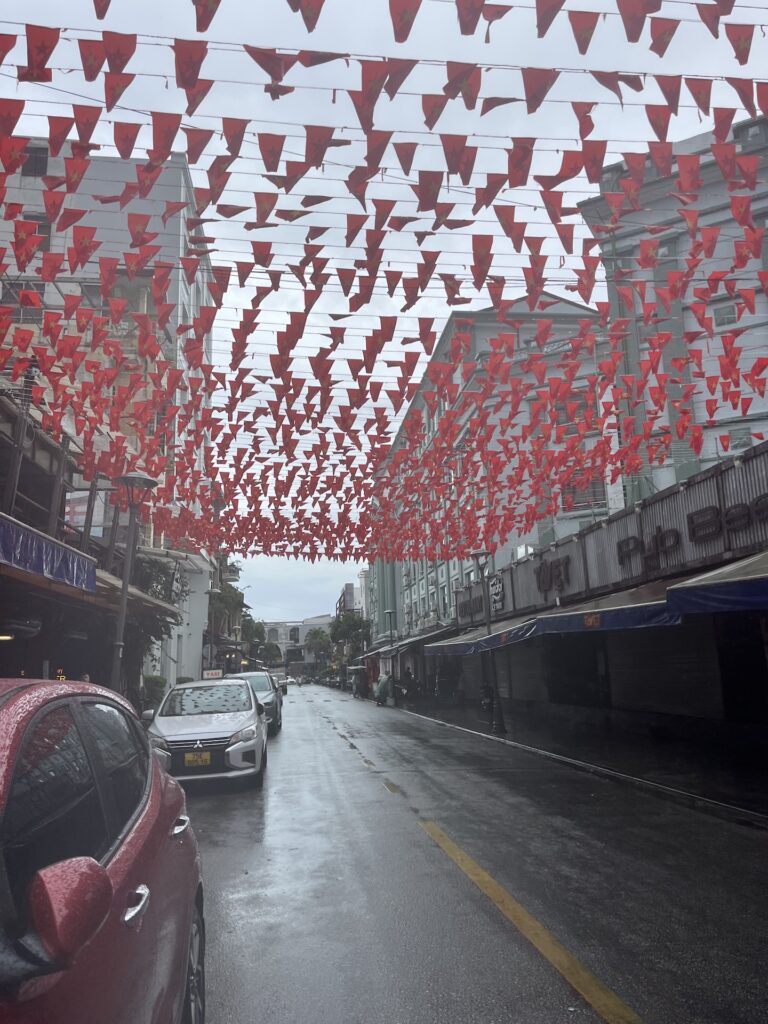
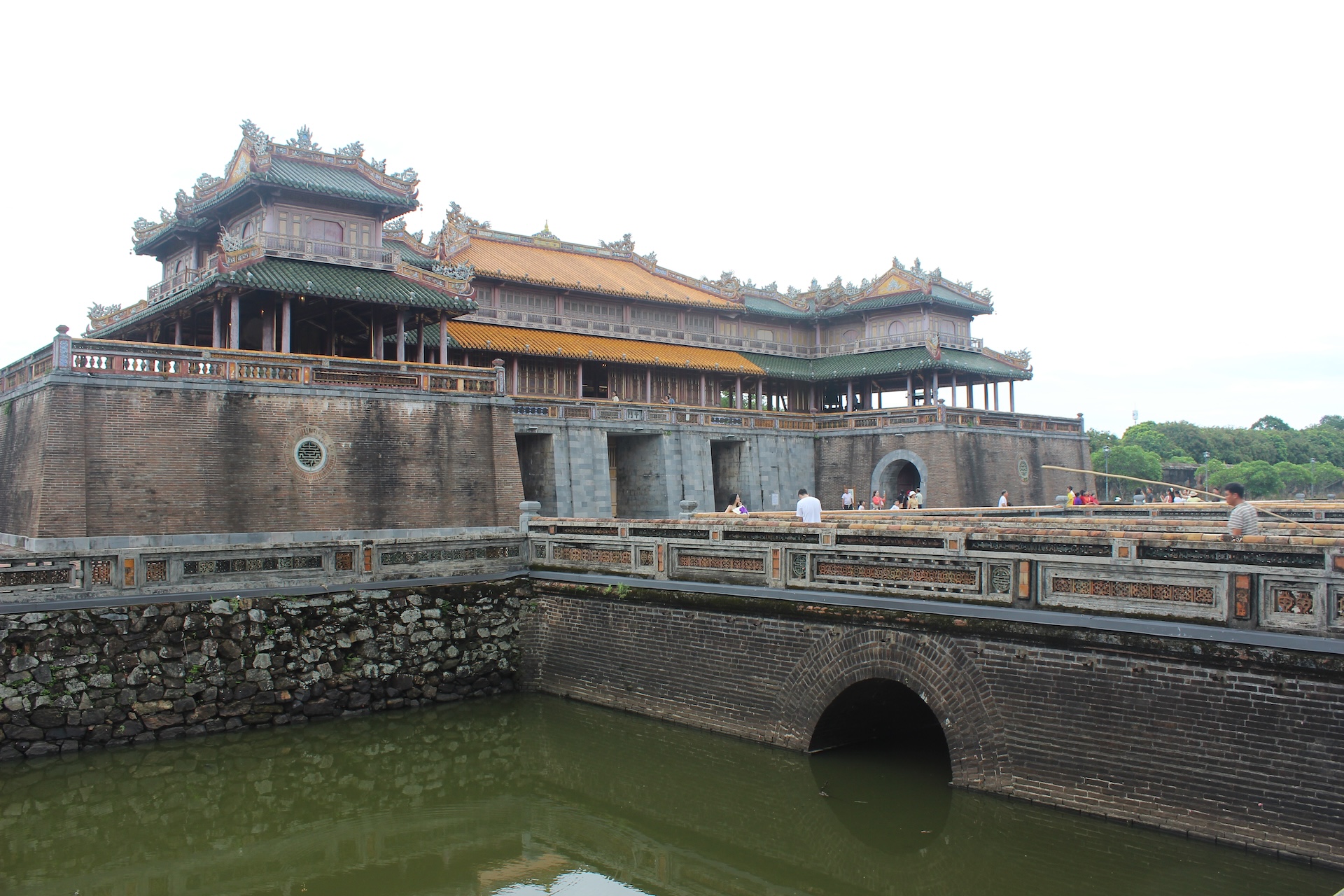
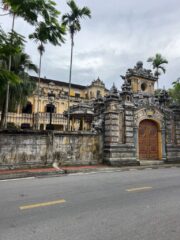
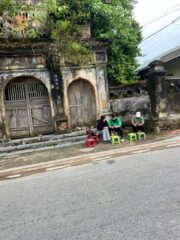
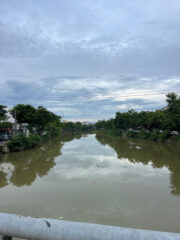
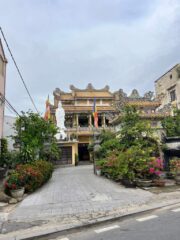
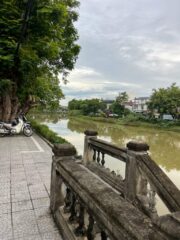
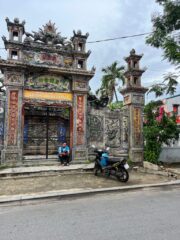
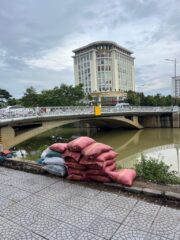
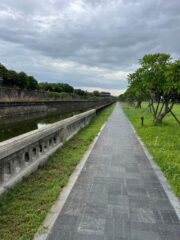
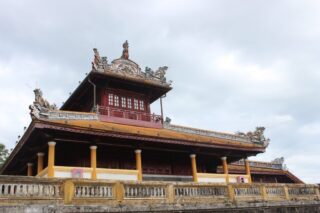
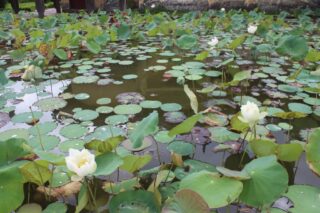
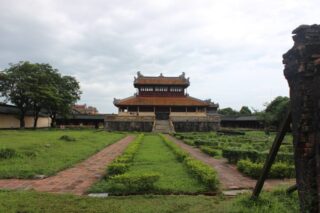
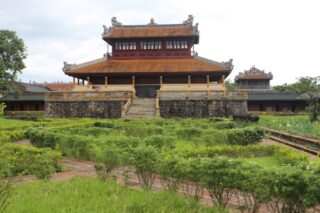
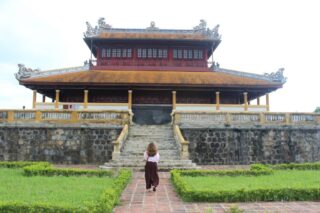
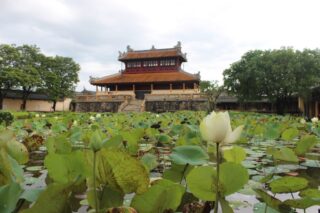
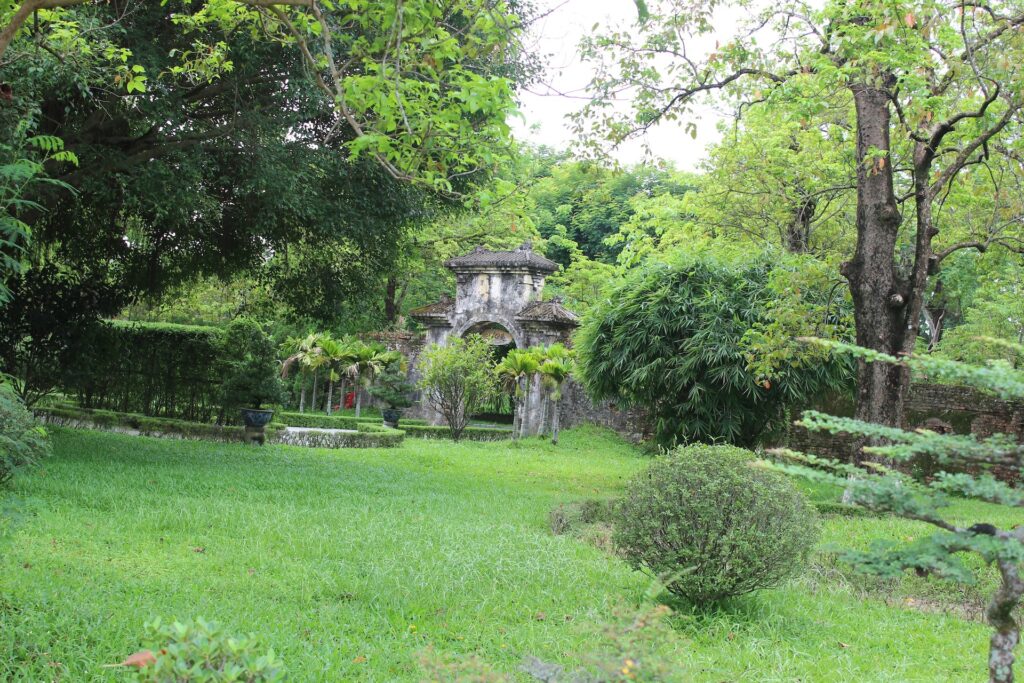
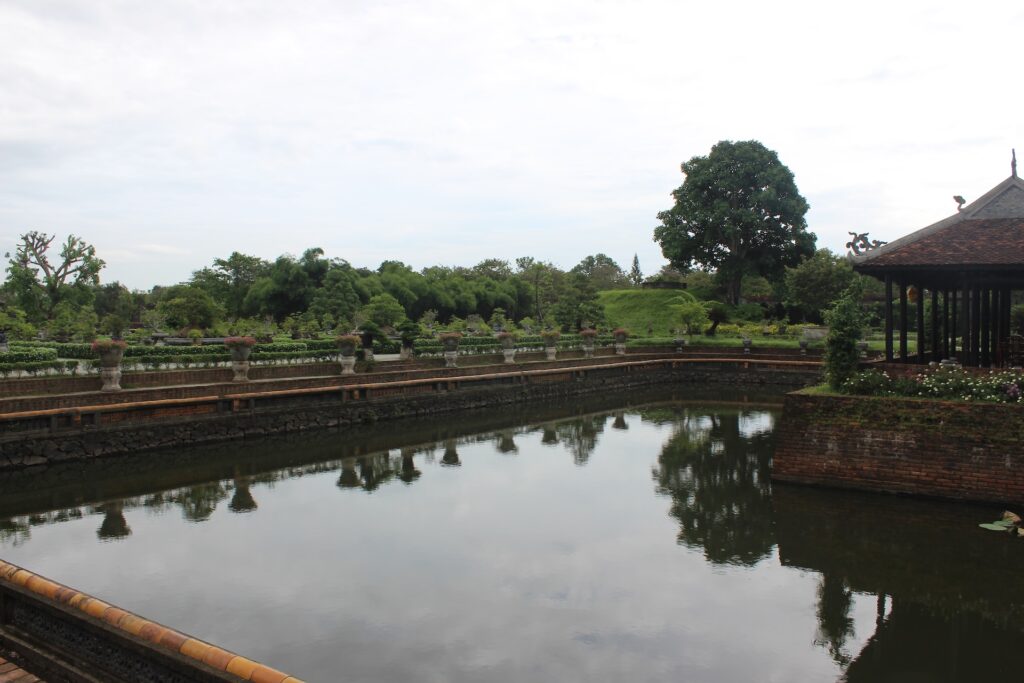
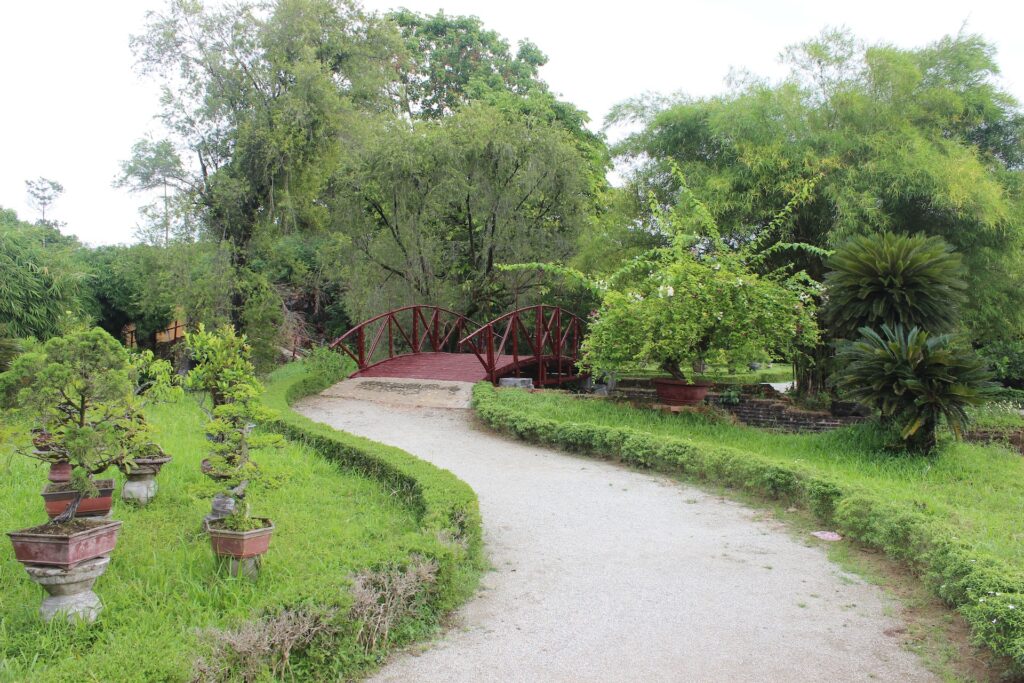
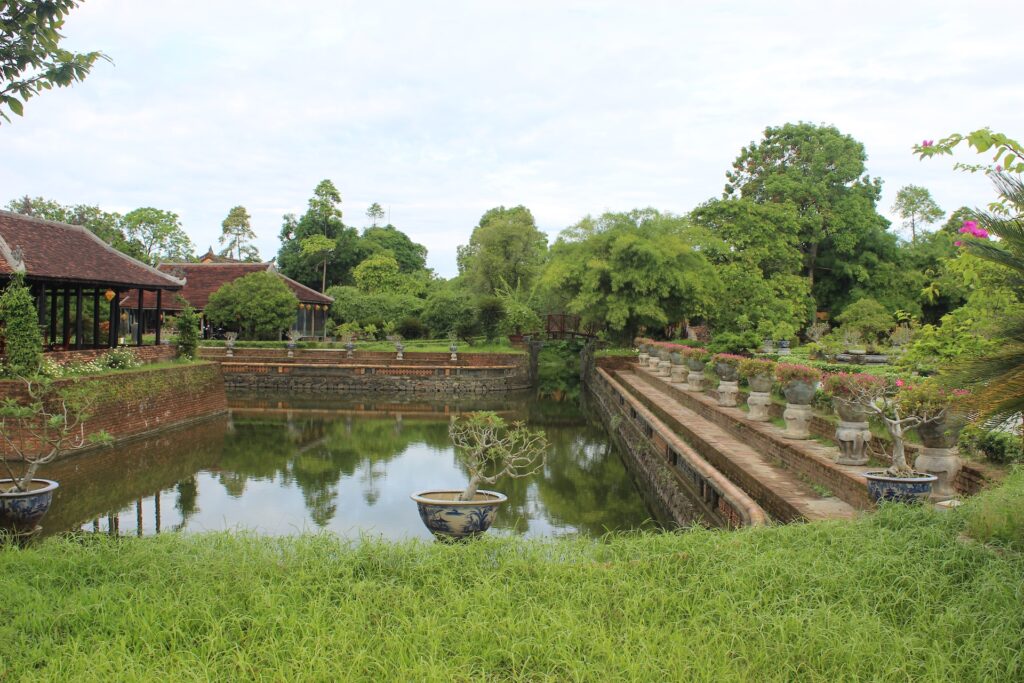
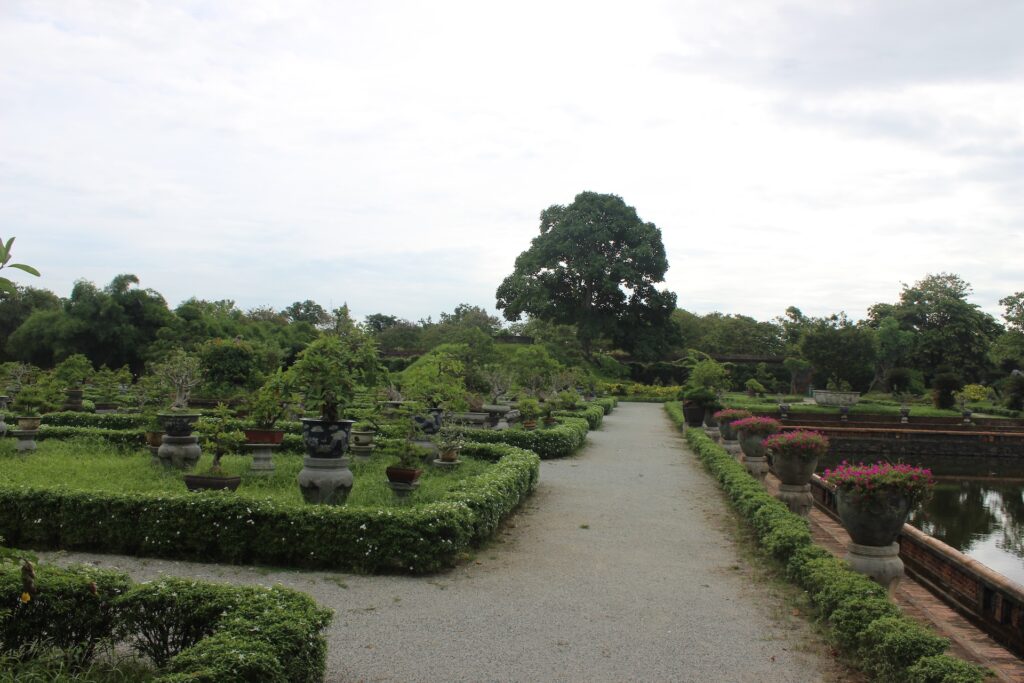
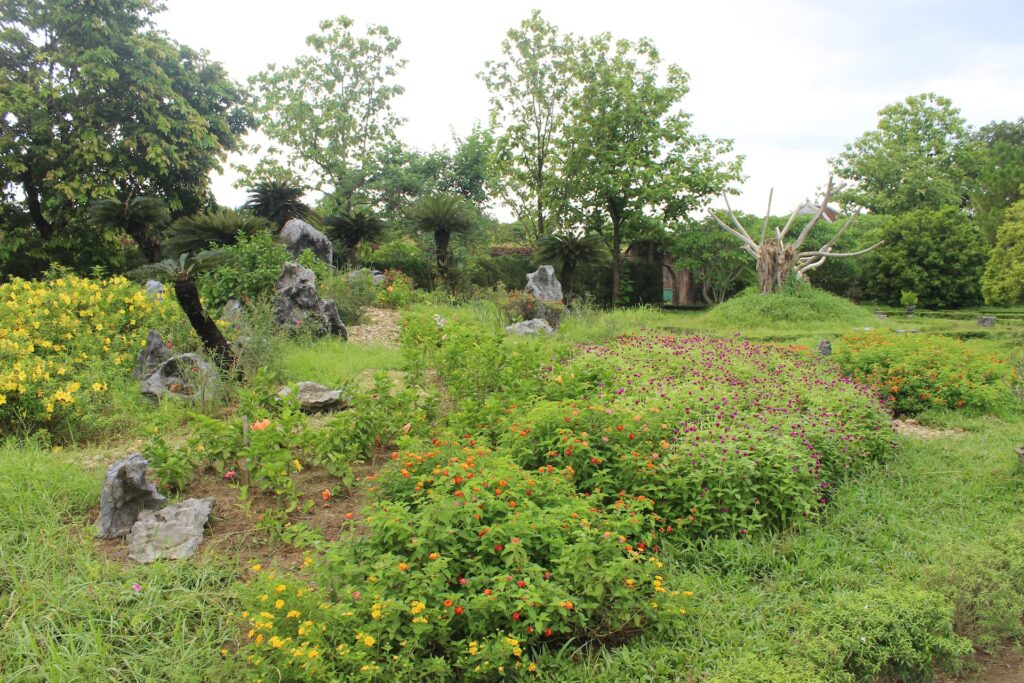
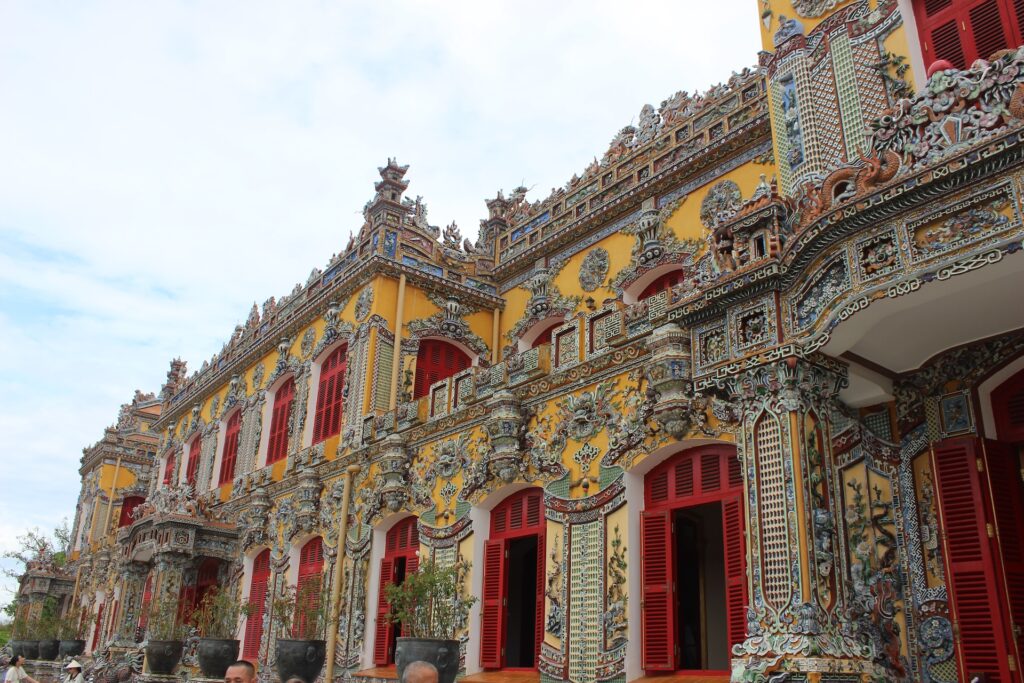
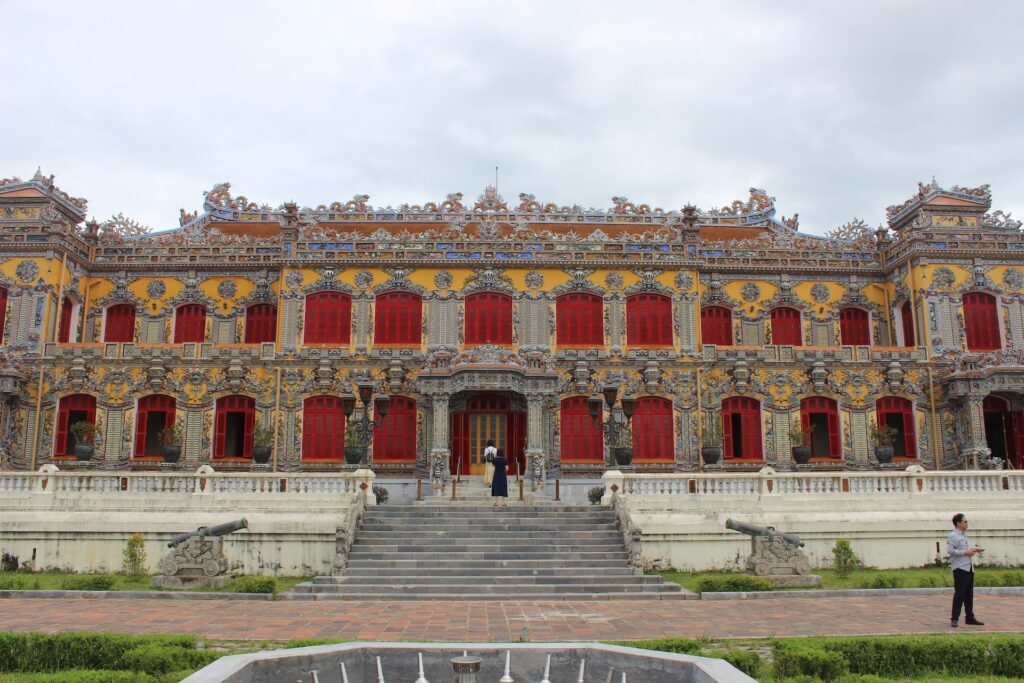
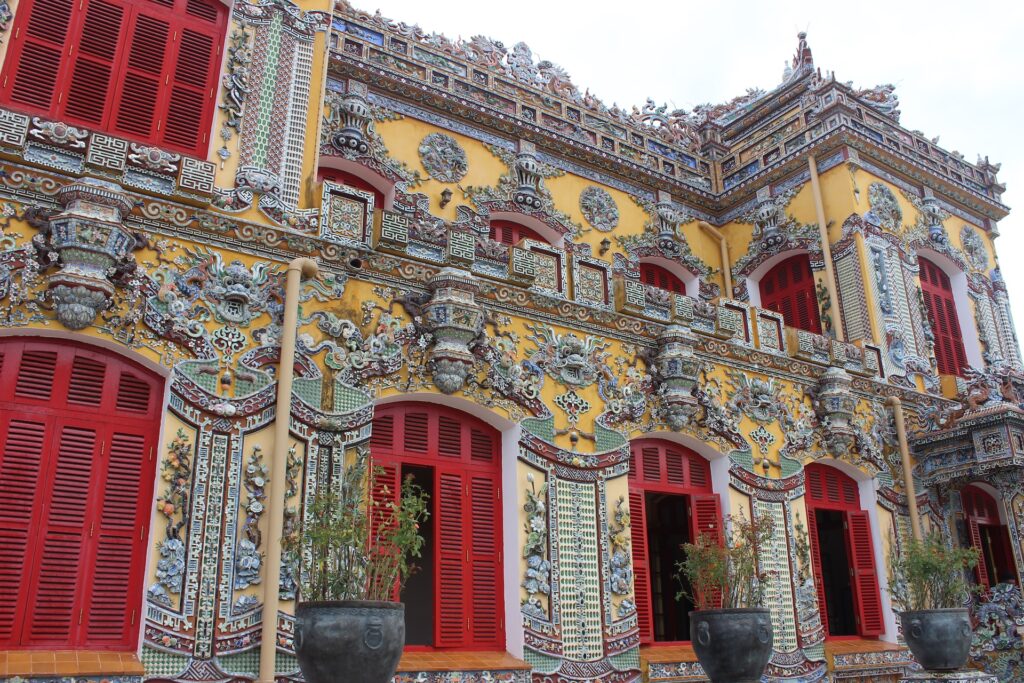
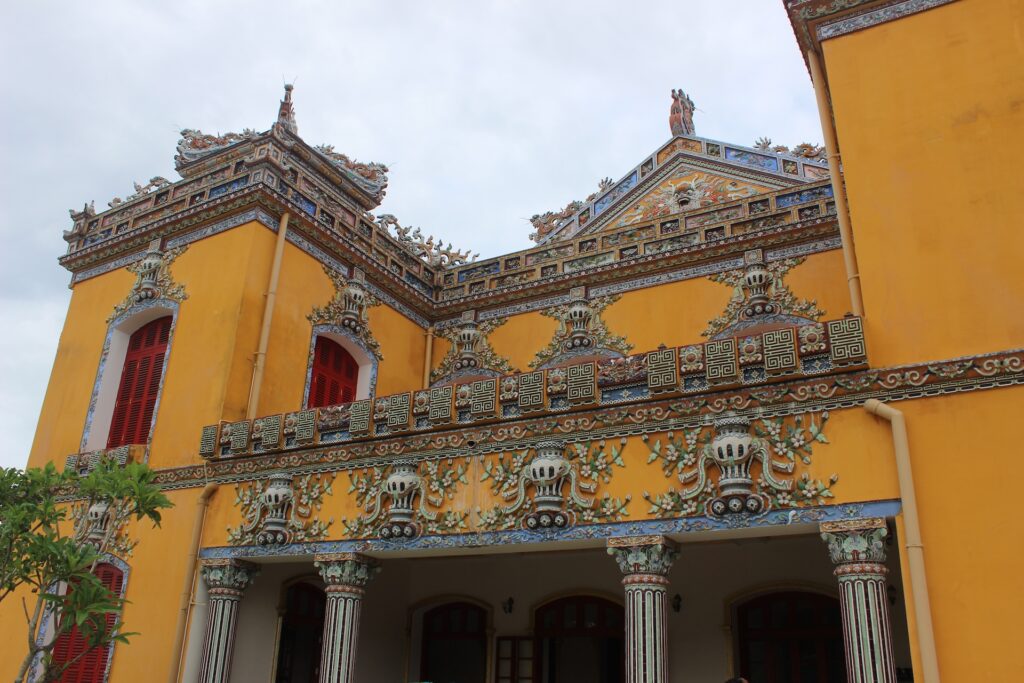
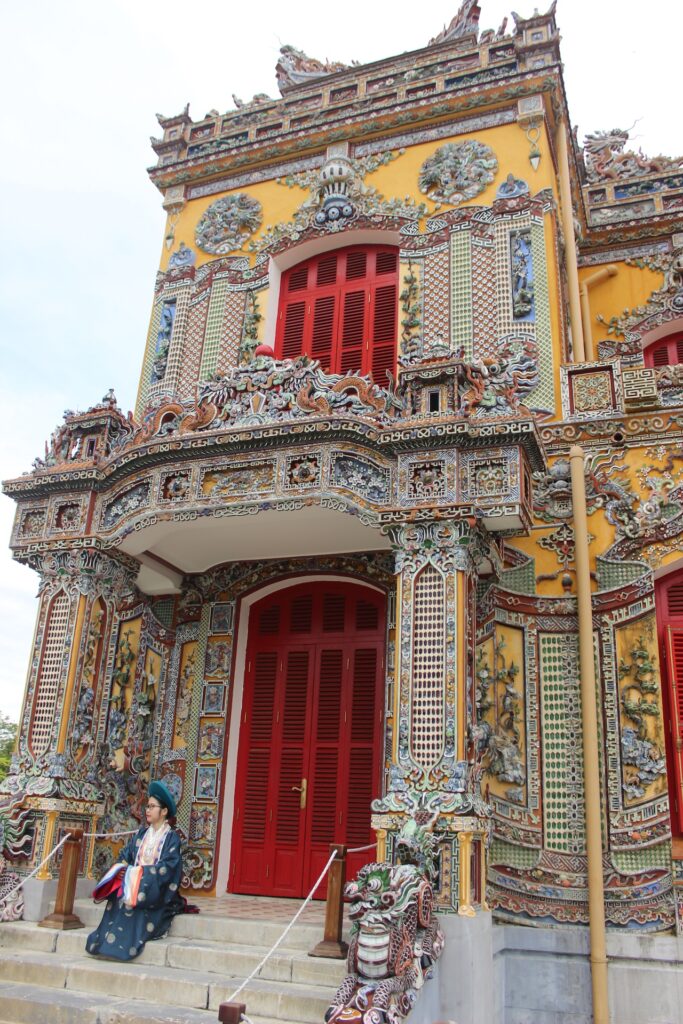
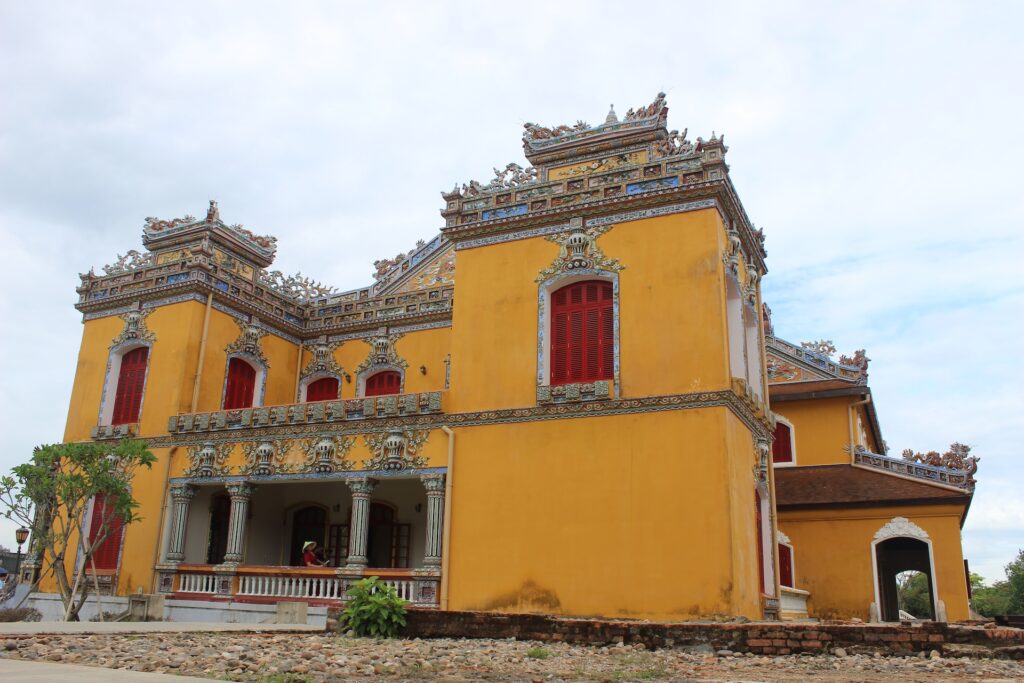
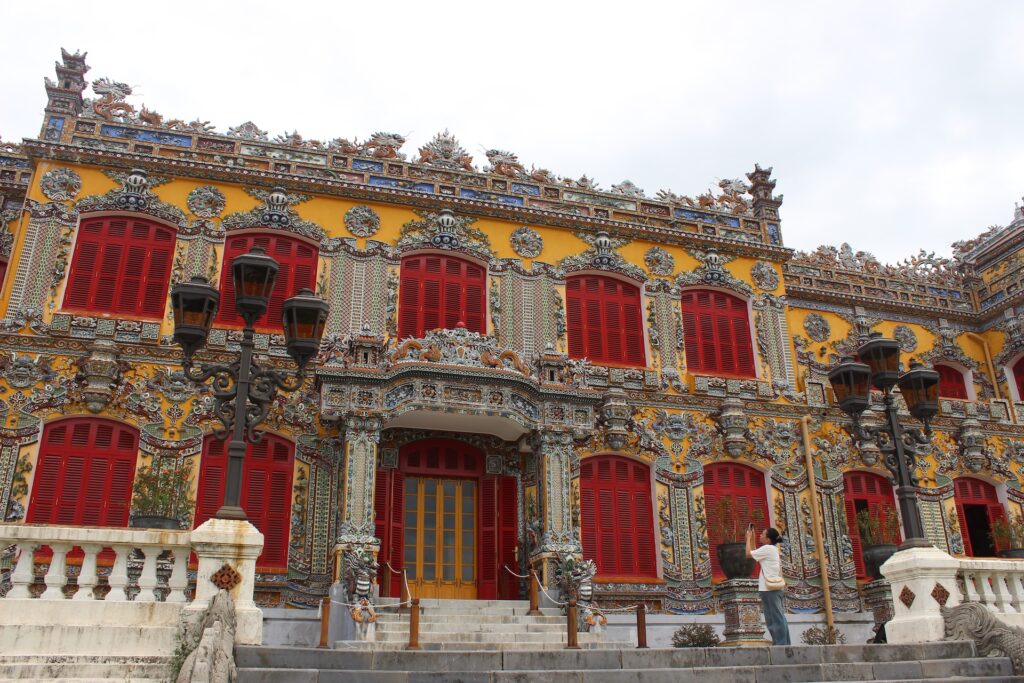
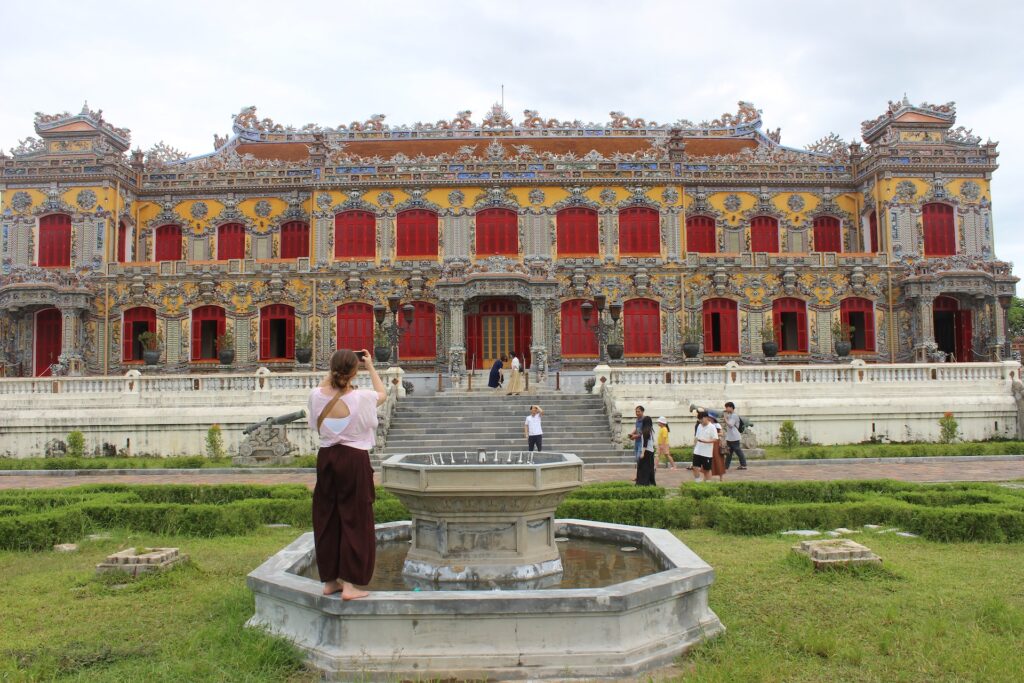
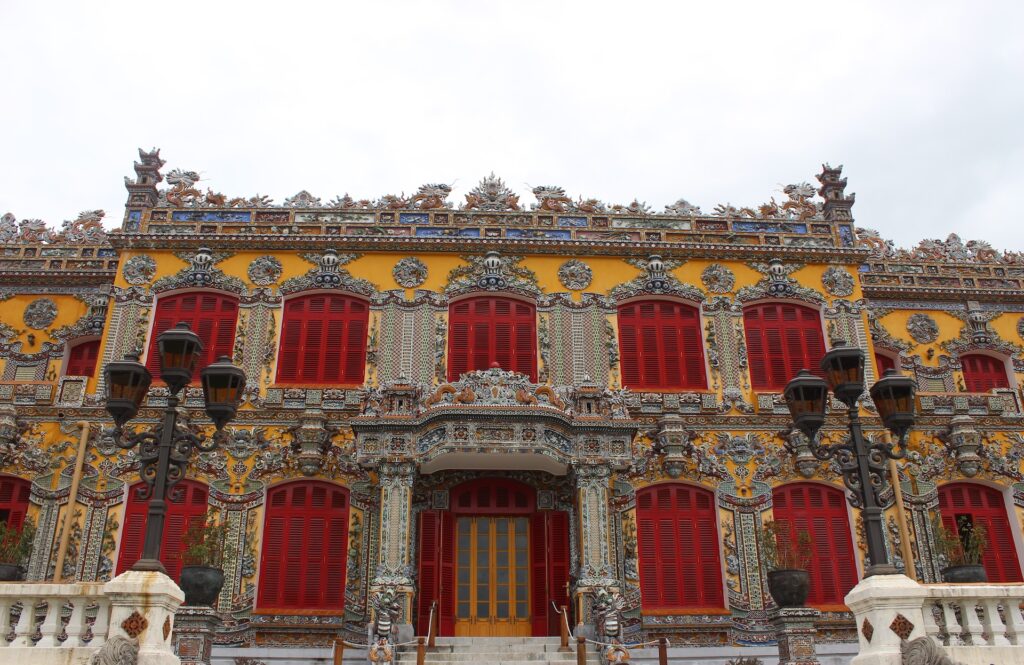
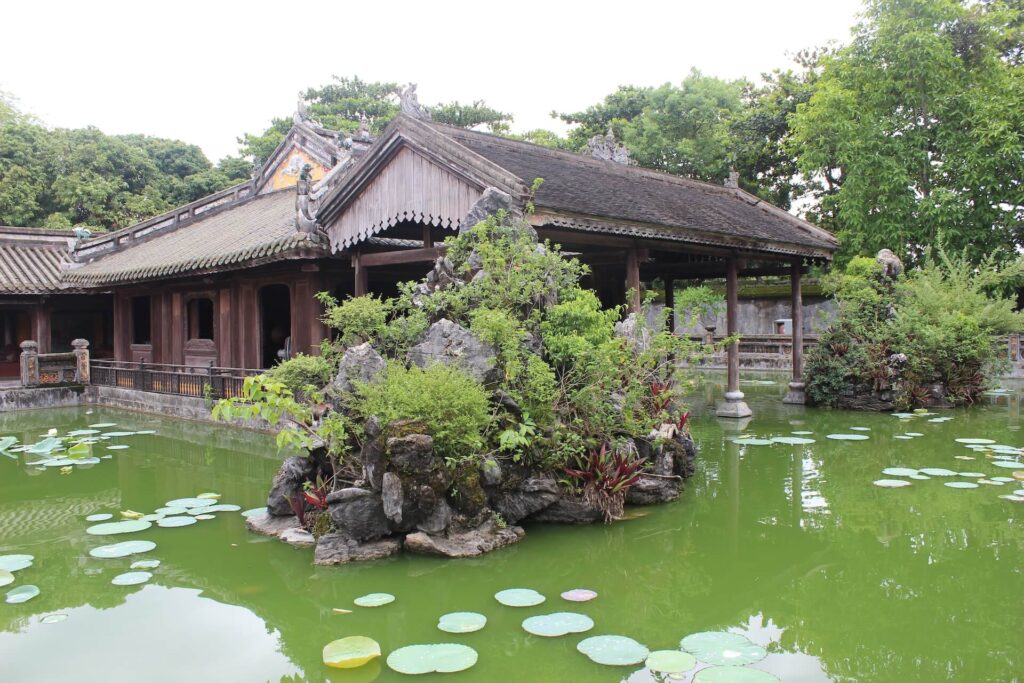
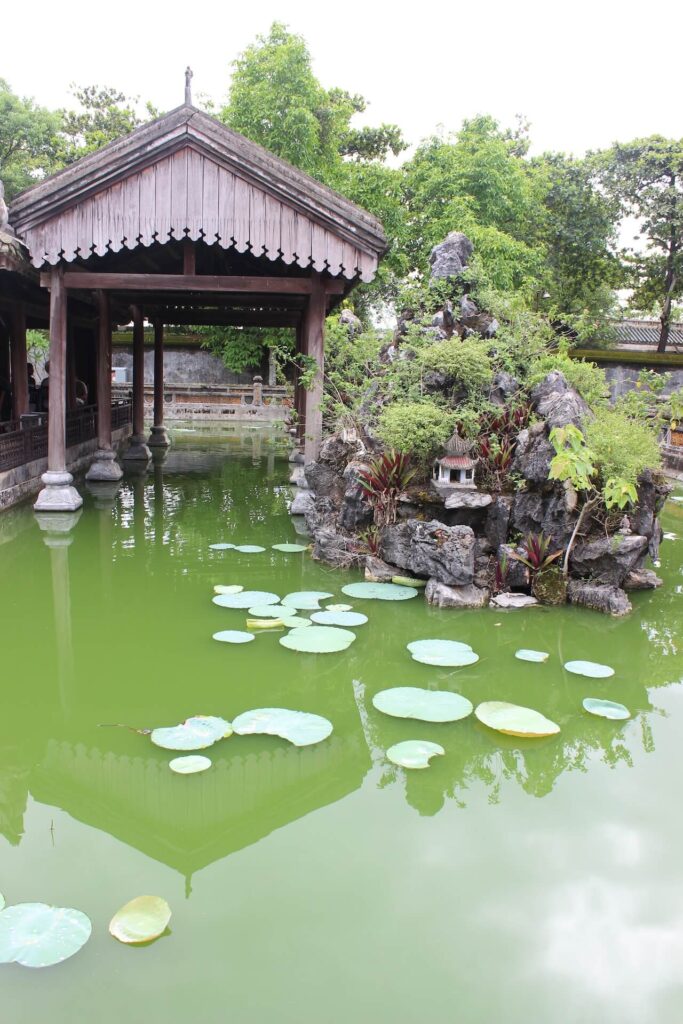
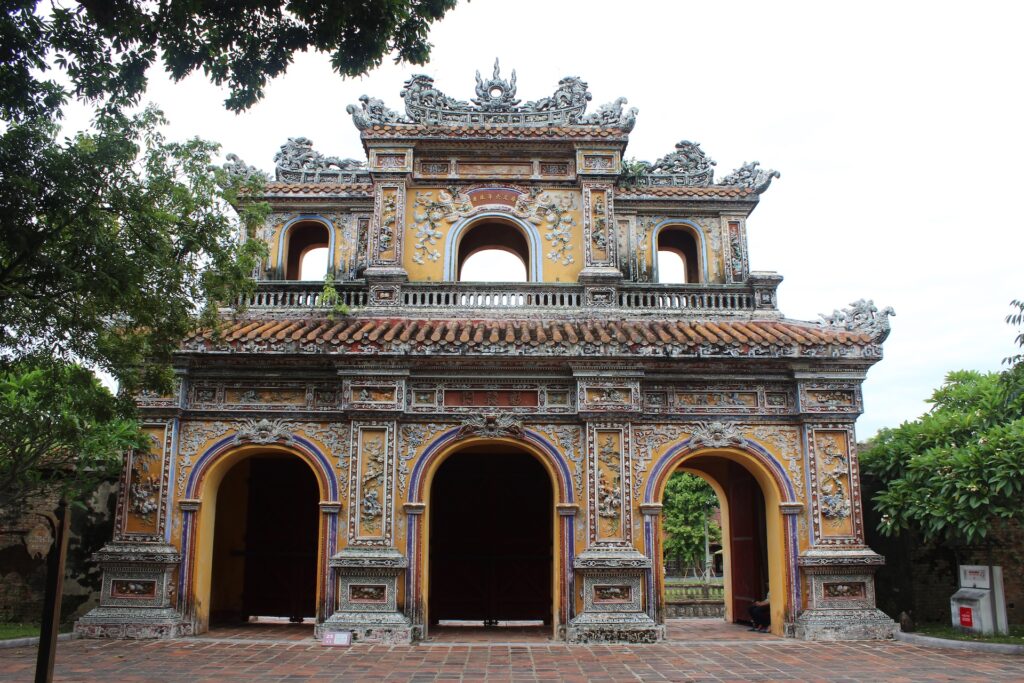
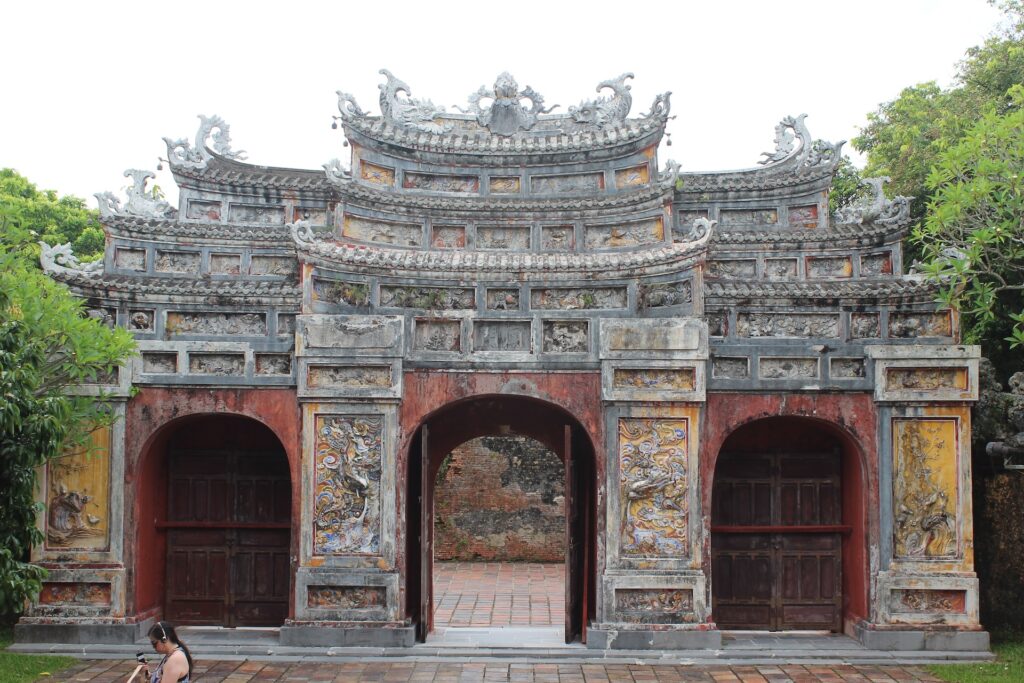

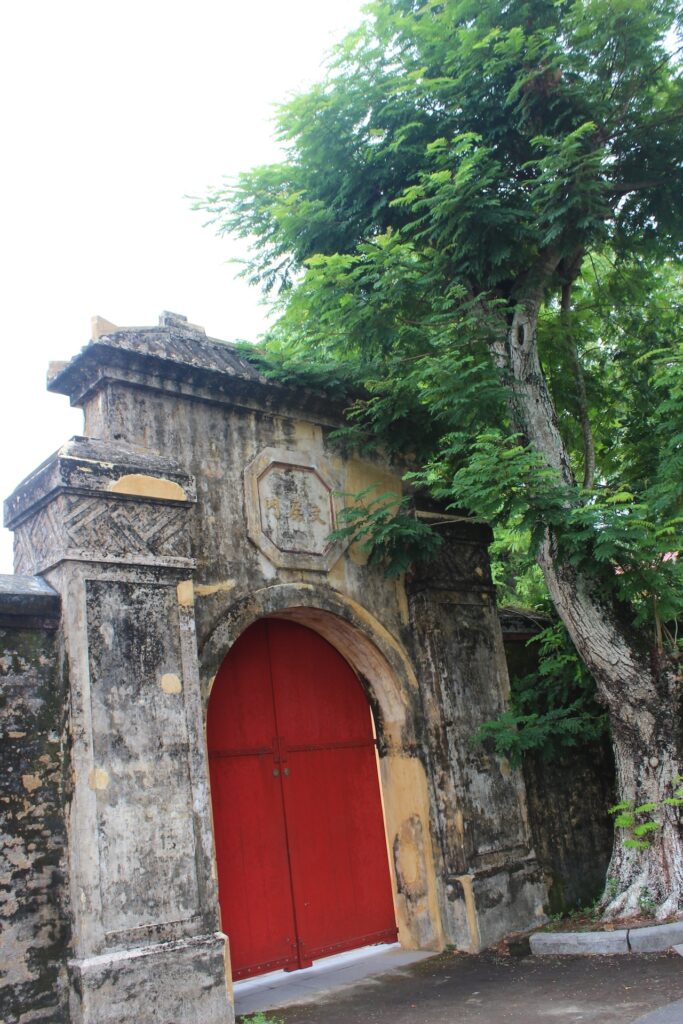
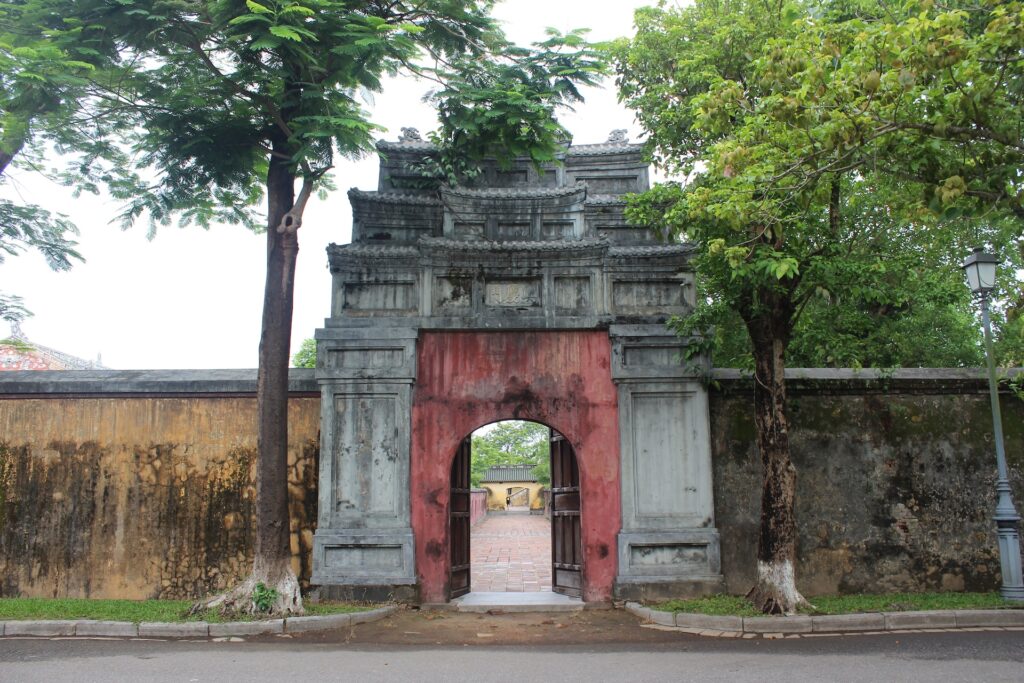
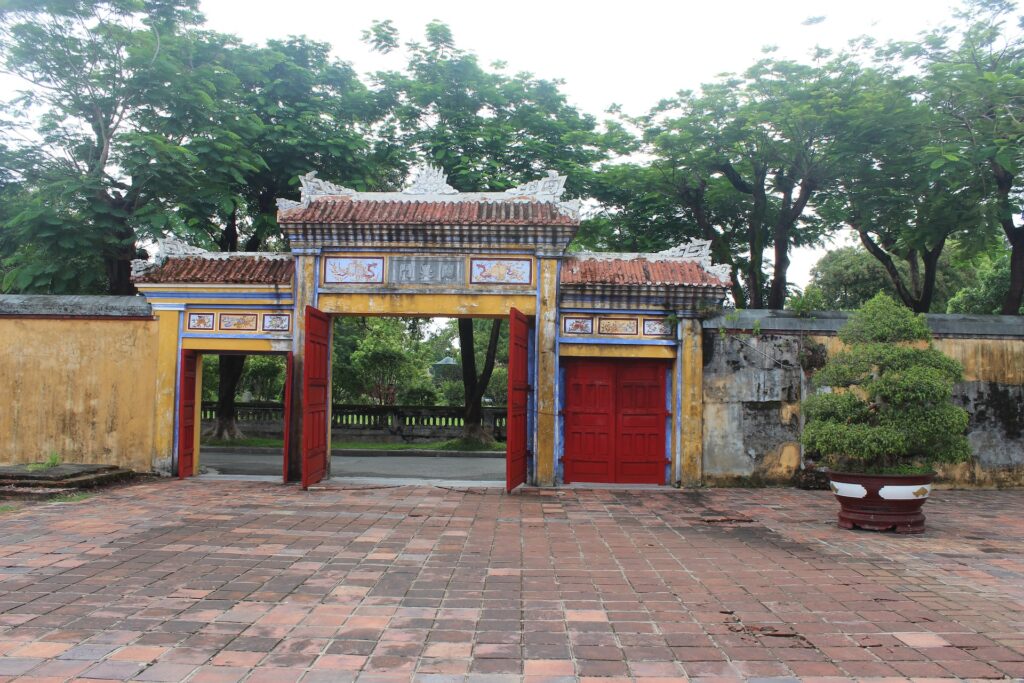
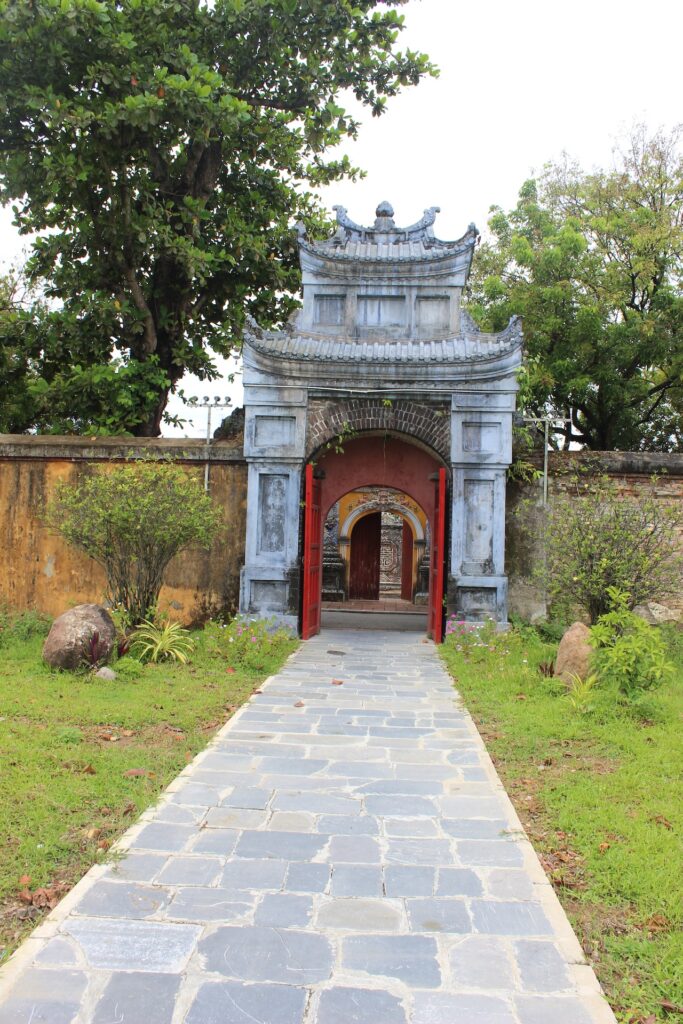
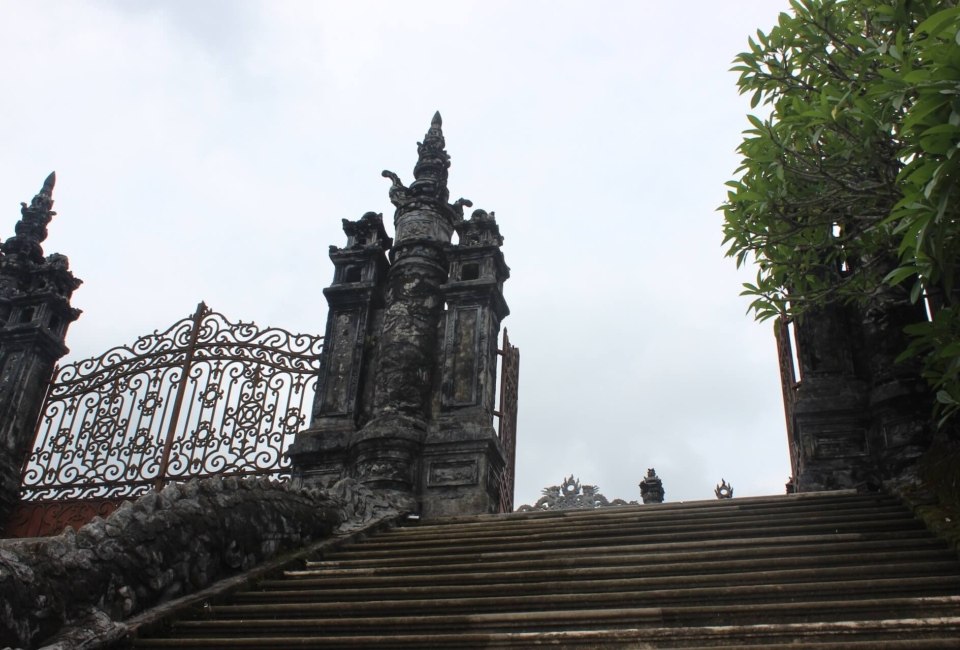
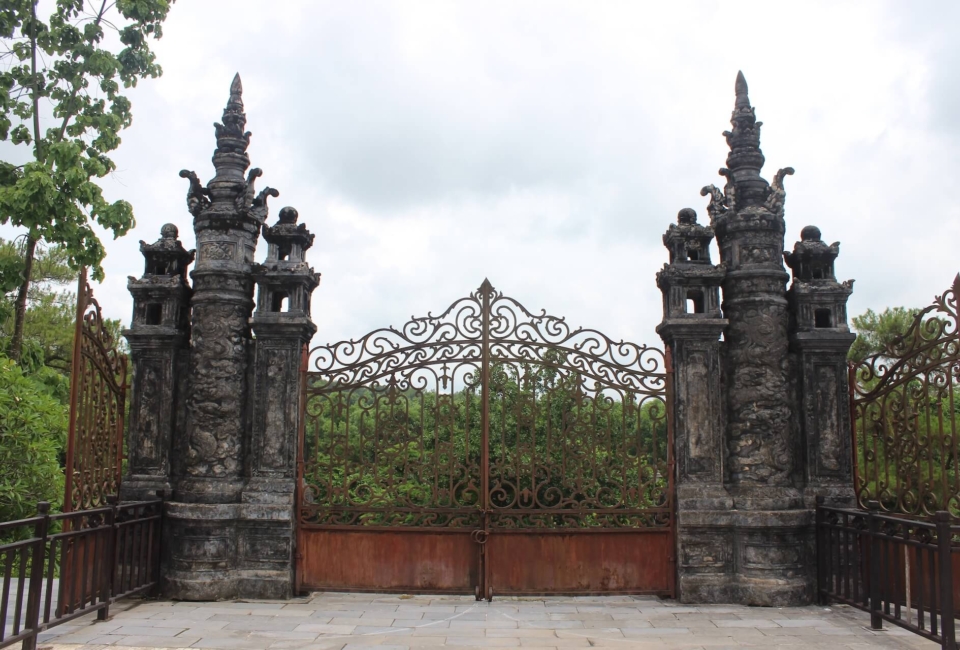
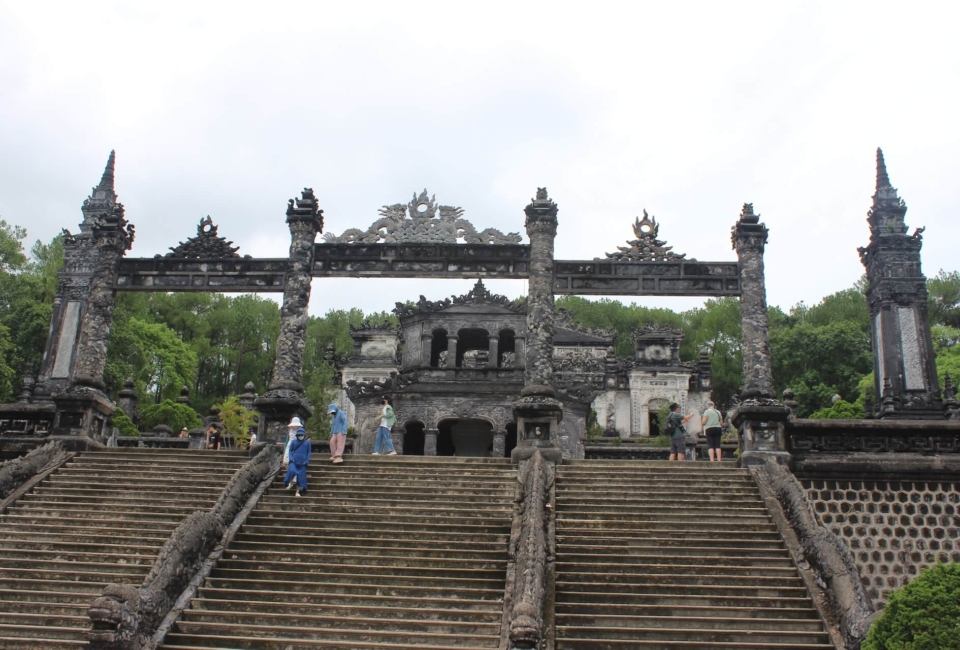
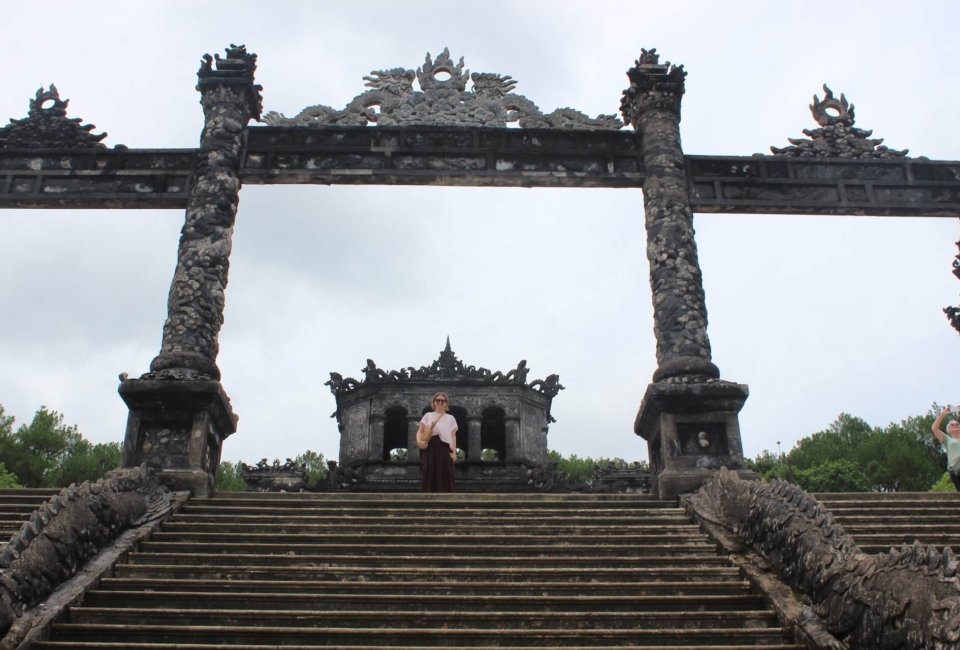
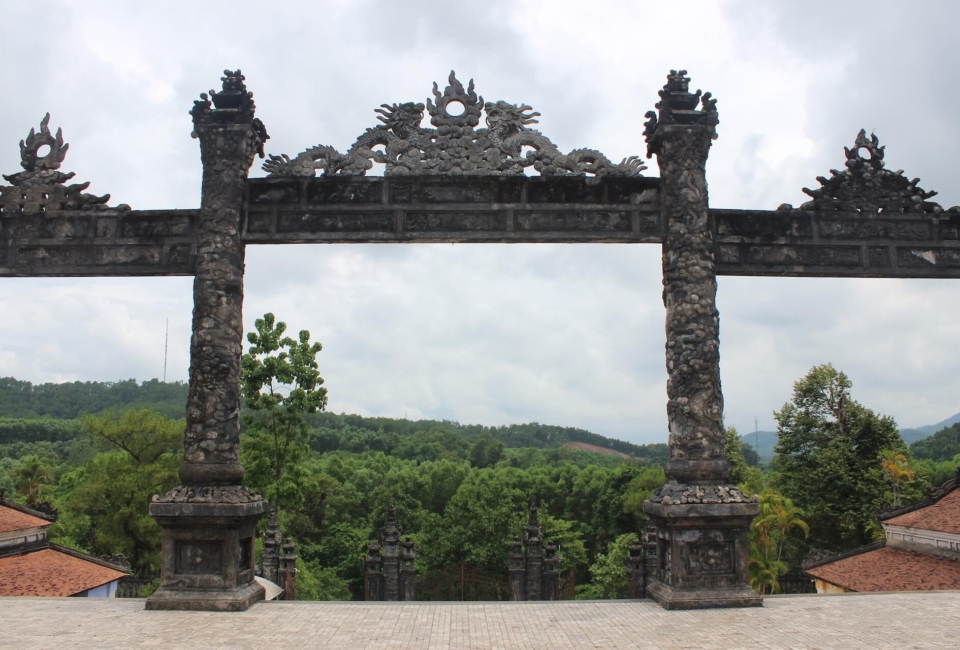
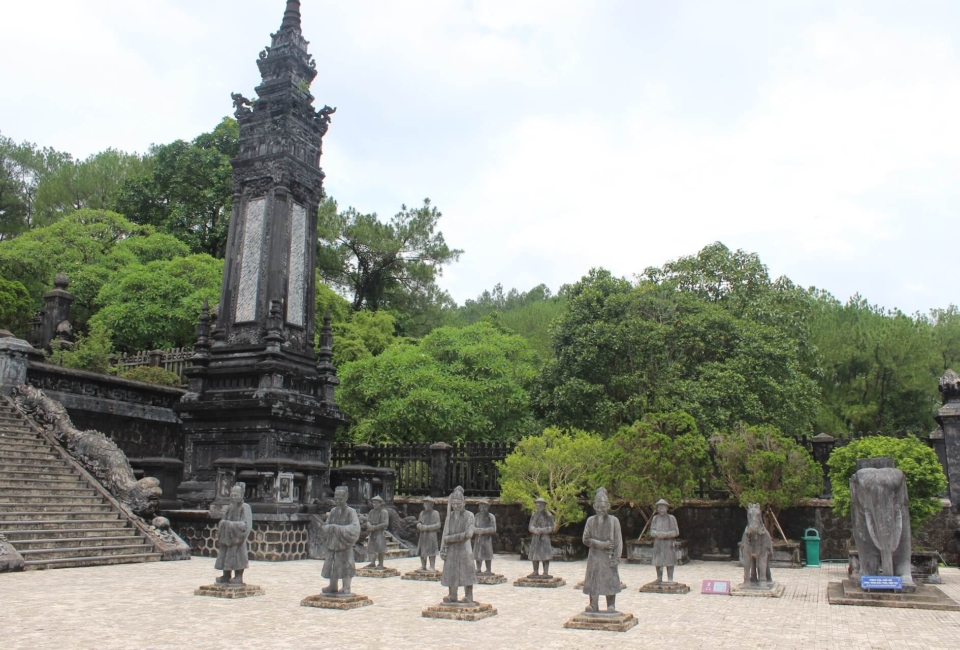
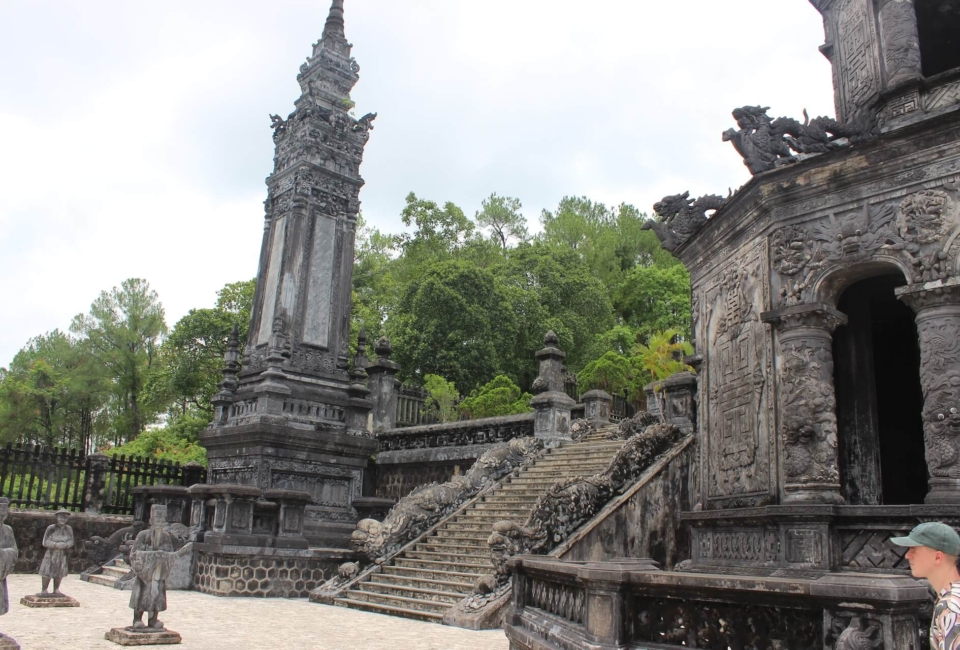
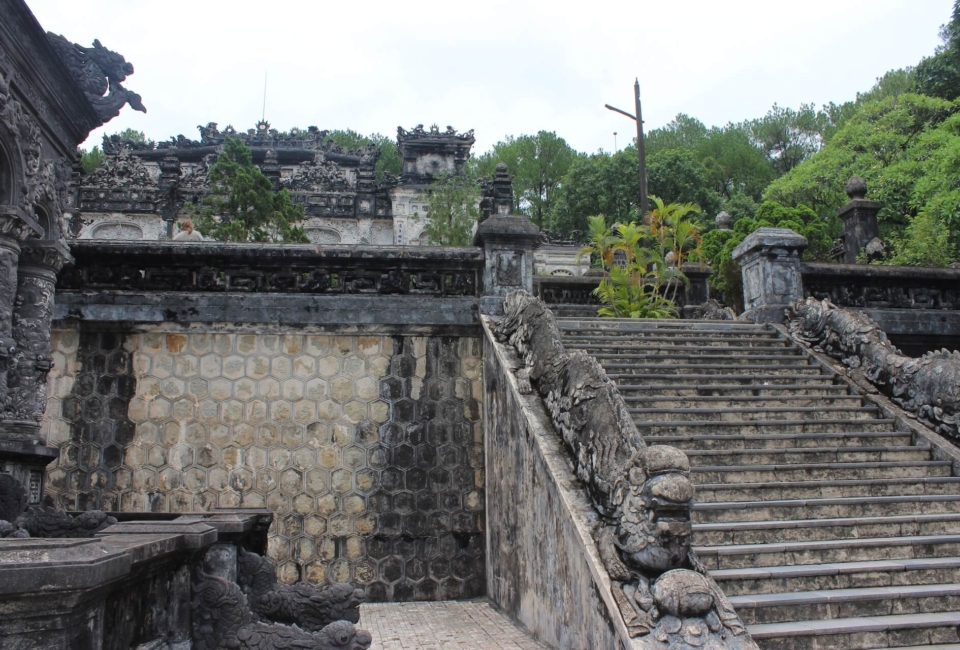
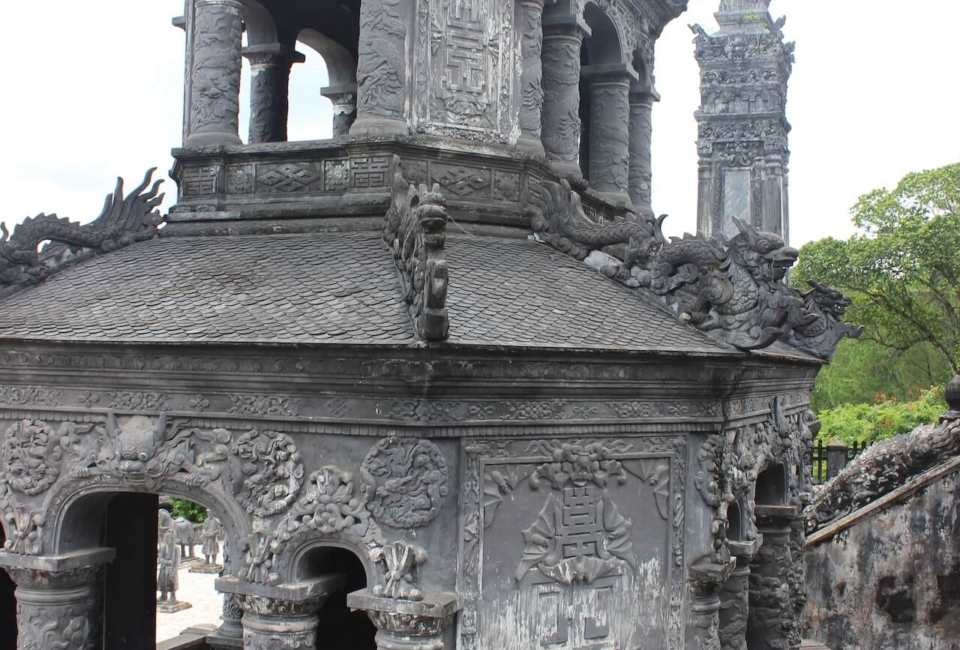
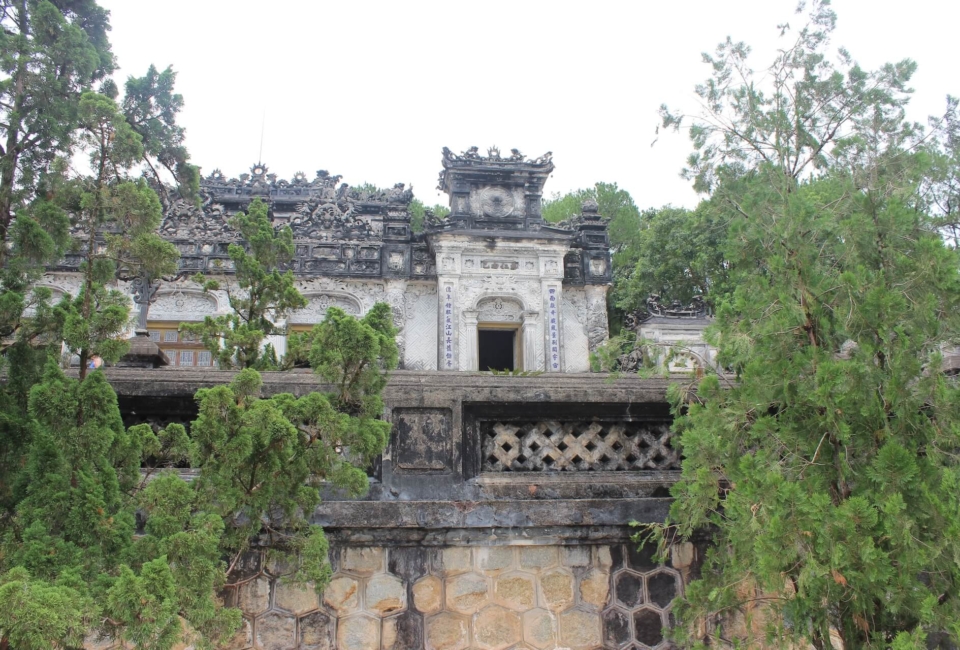
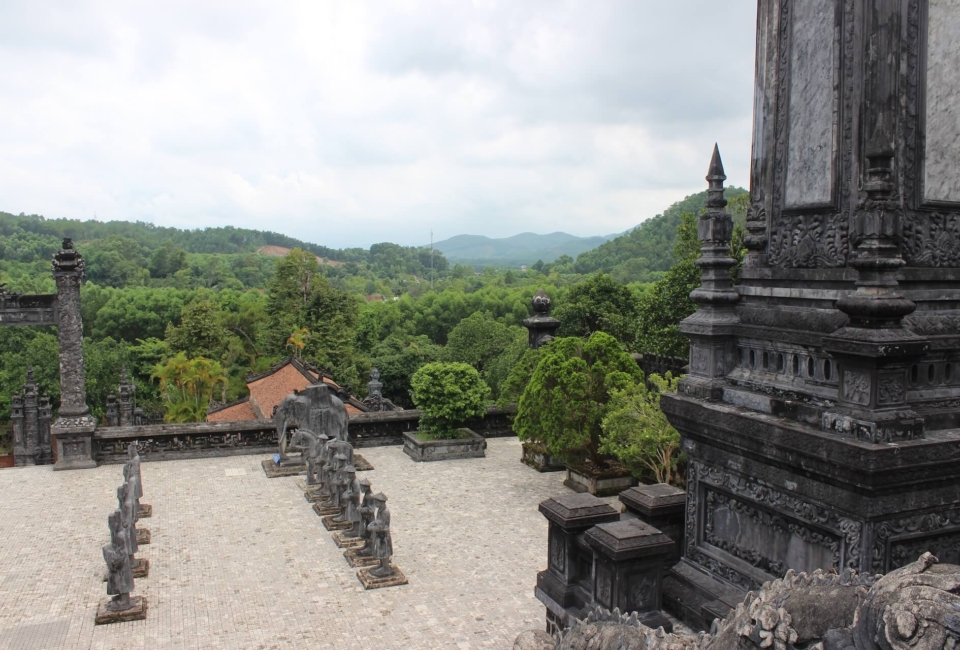
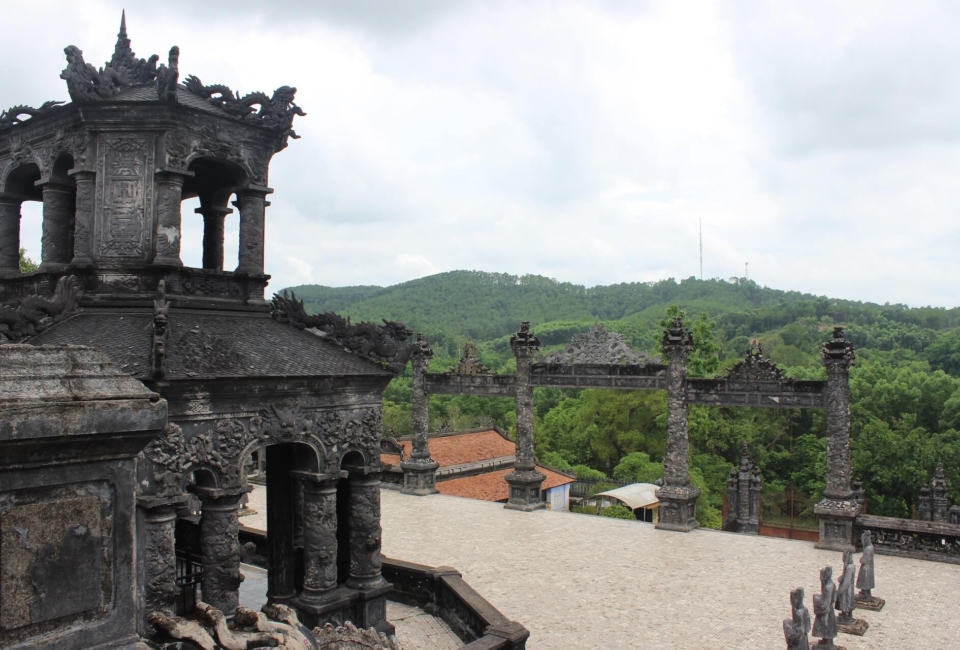
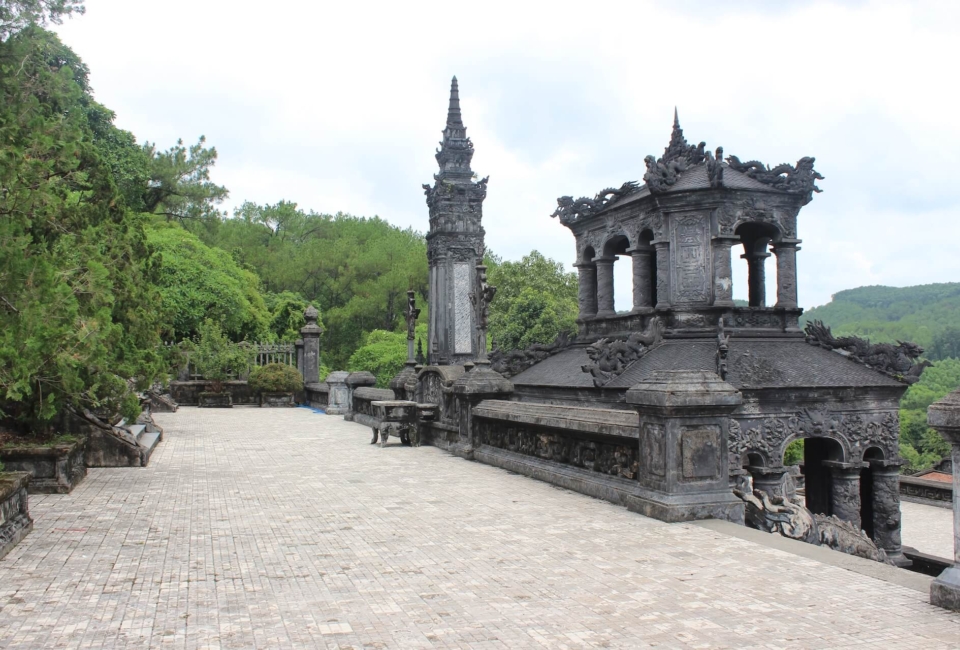
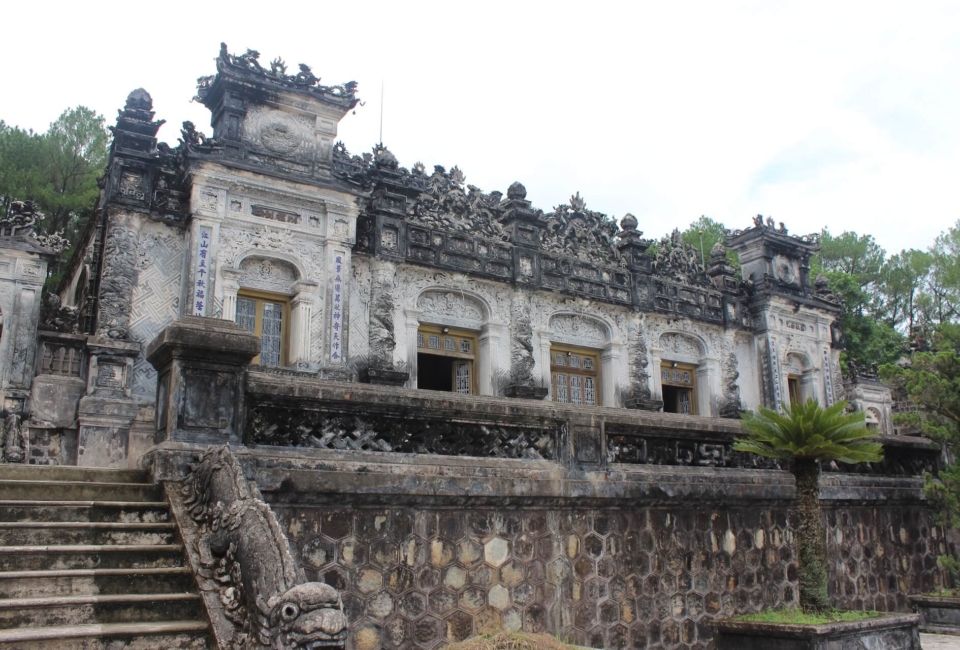
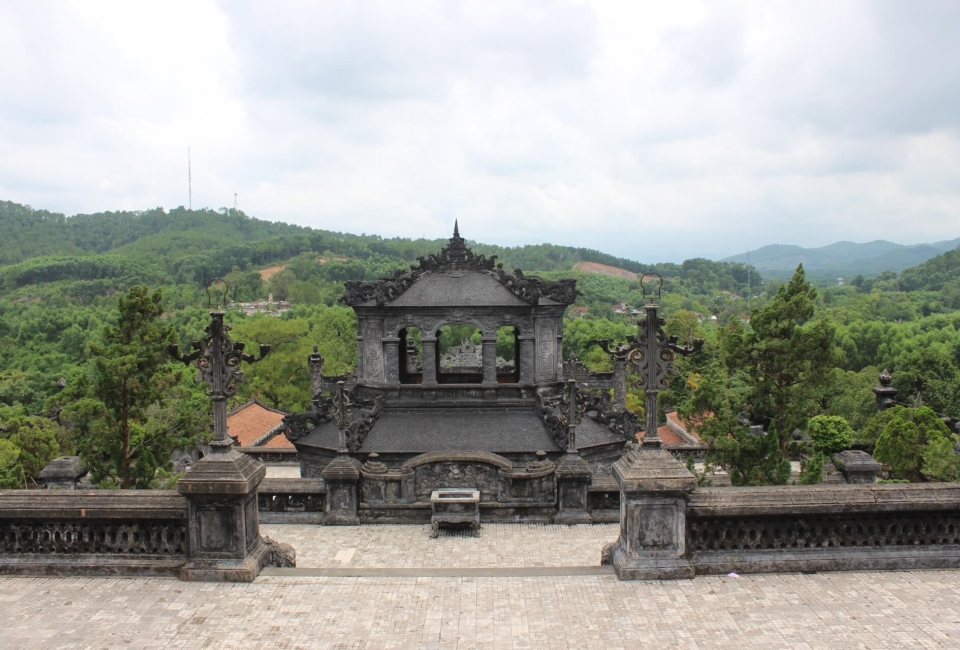
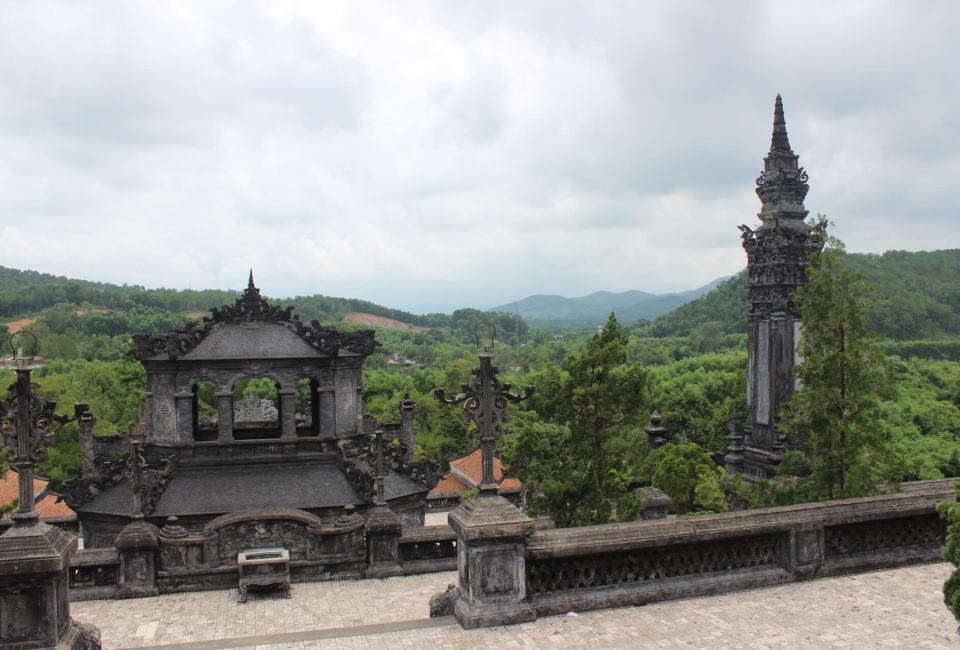
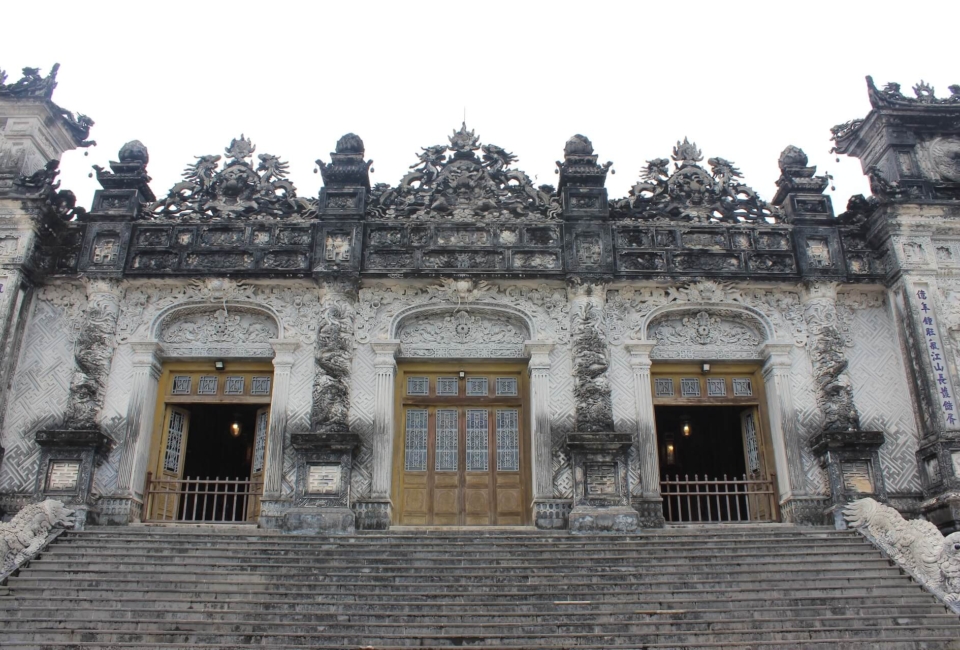
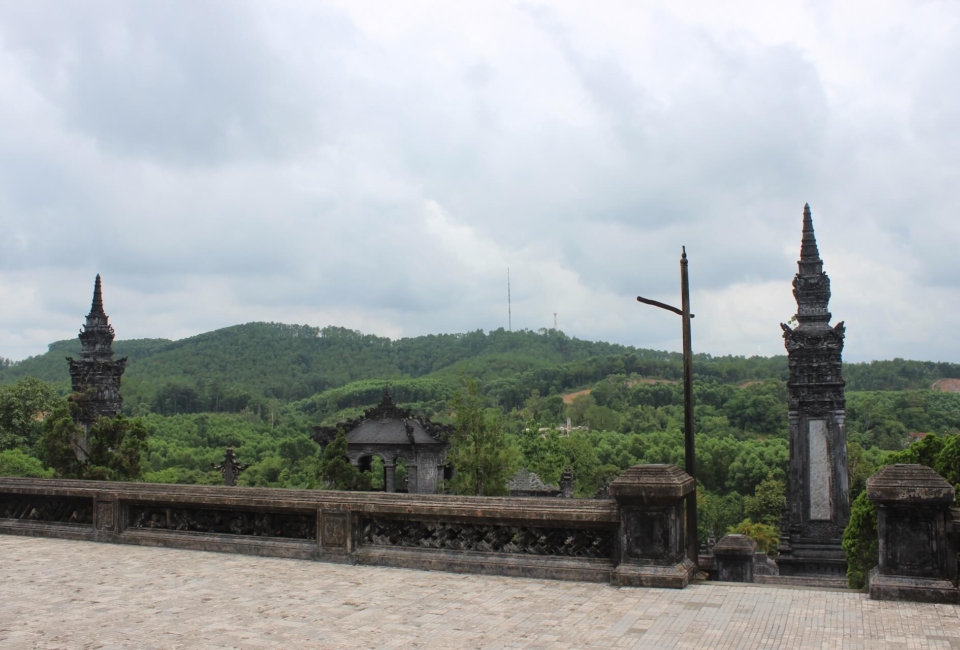
Leave a Reply